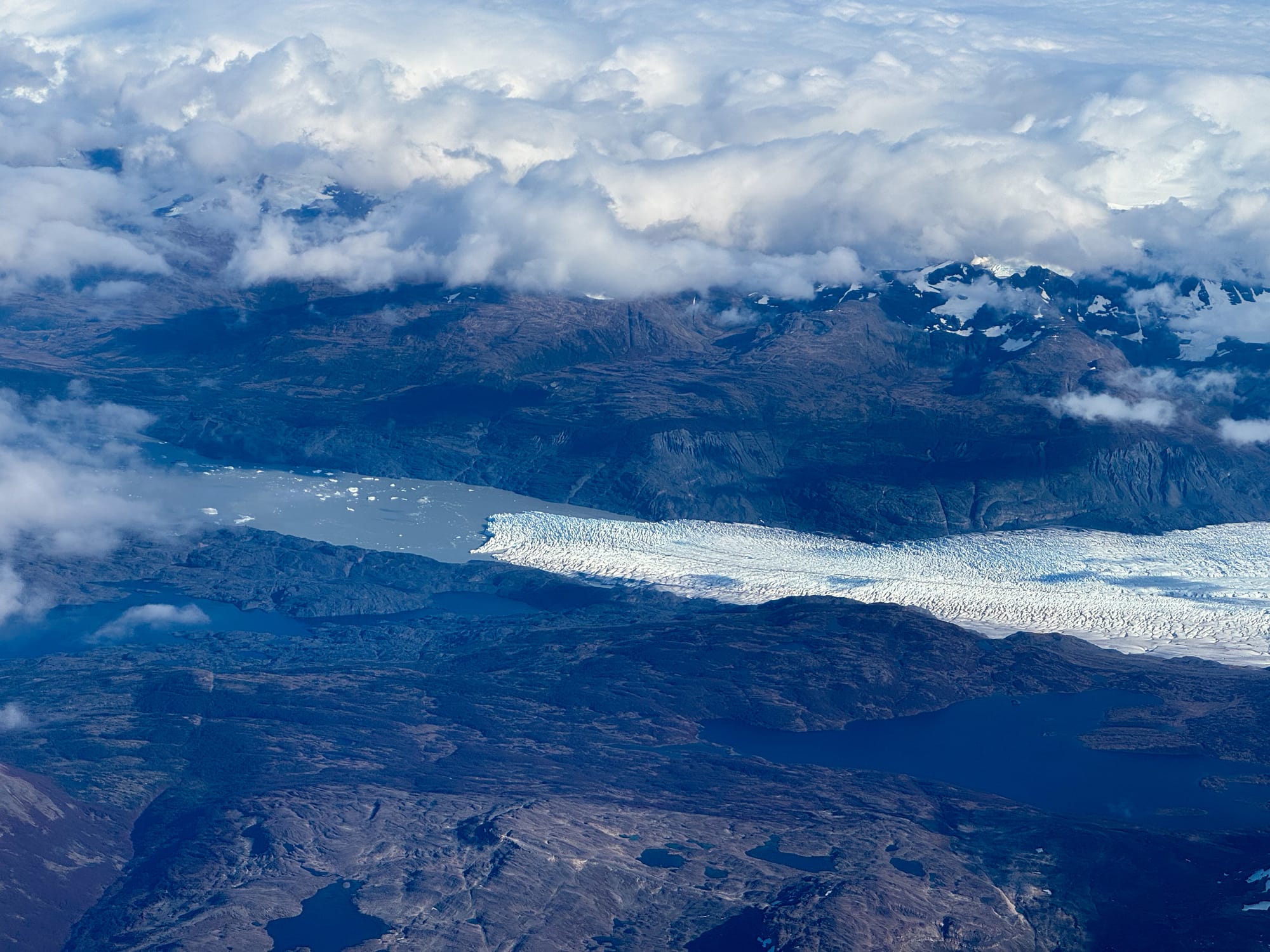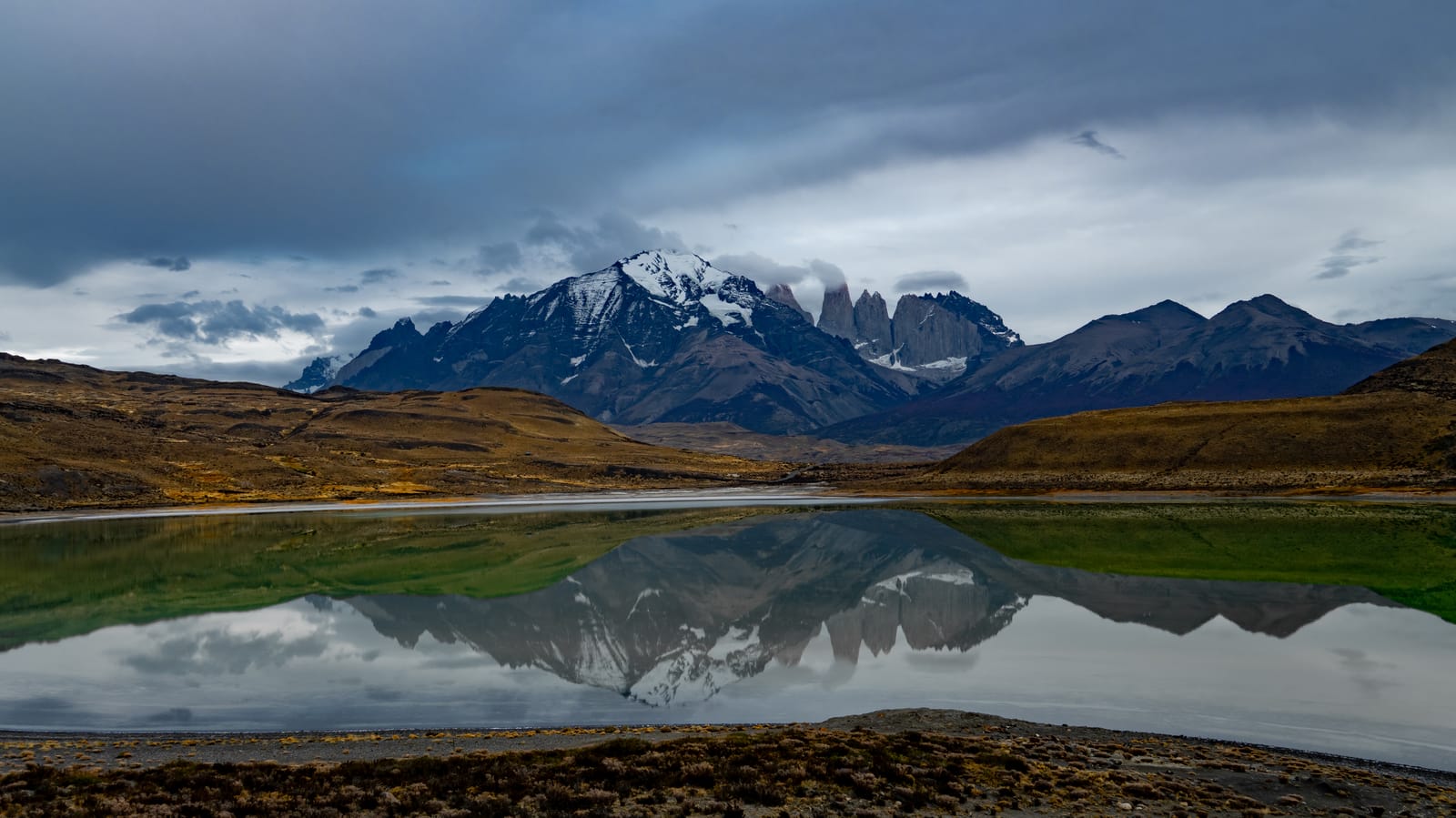In April my wife and I headed down south, over 5,000 miles, to Chile to visit Patagonia. The main purpose of the trip was to view and photograph pumas in their natural habitat. In addition, we would be going up into the mountains outside Santiago, Chile to view the giant Andean condors.
Patagonia is a vast, rugged region at the southern tip of South America, spanning Argentina and Chile, and is home to an extraordinary array of unique wildlife. Iconic inhabitants include the elusive Andean puma and their prey, the guanaco. In the higher altitudes, the skies are graced by the majestic Andean condor.
Our itinerary started off at the Philadelphia airport where our flights connected through Miami, and then on to Santiago, Chile. Once in Miami, we had a four hour layover, so we stopped in to the American Airlines Flagship Lounge for some food and quiet relaxation.
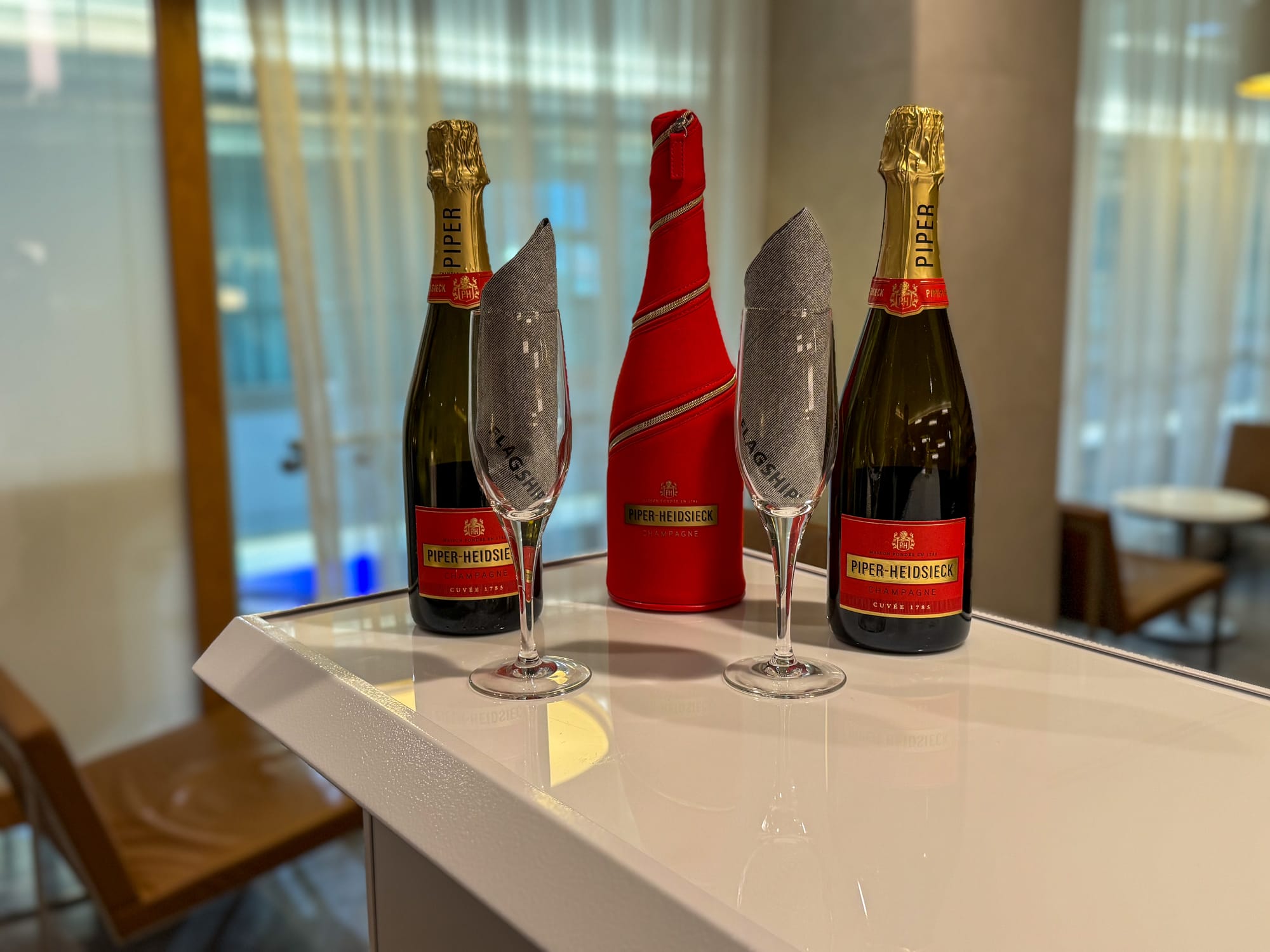
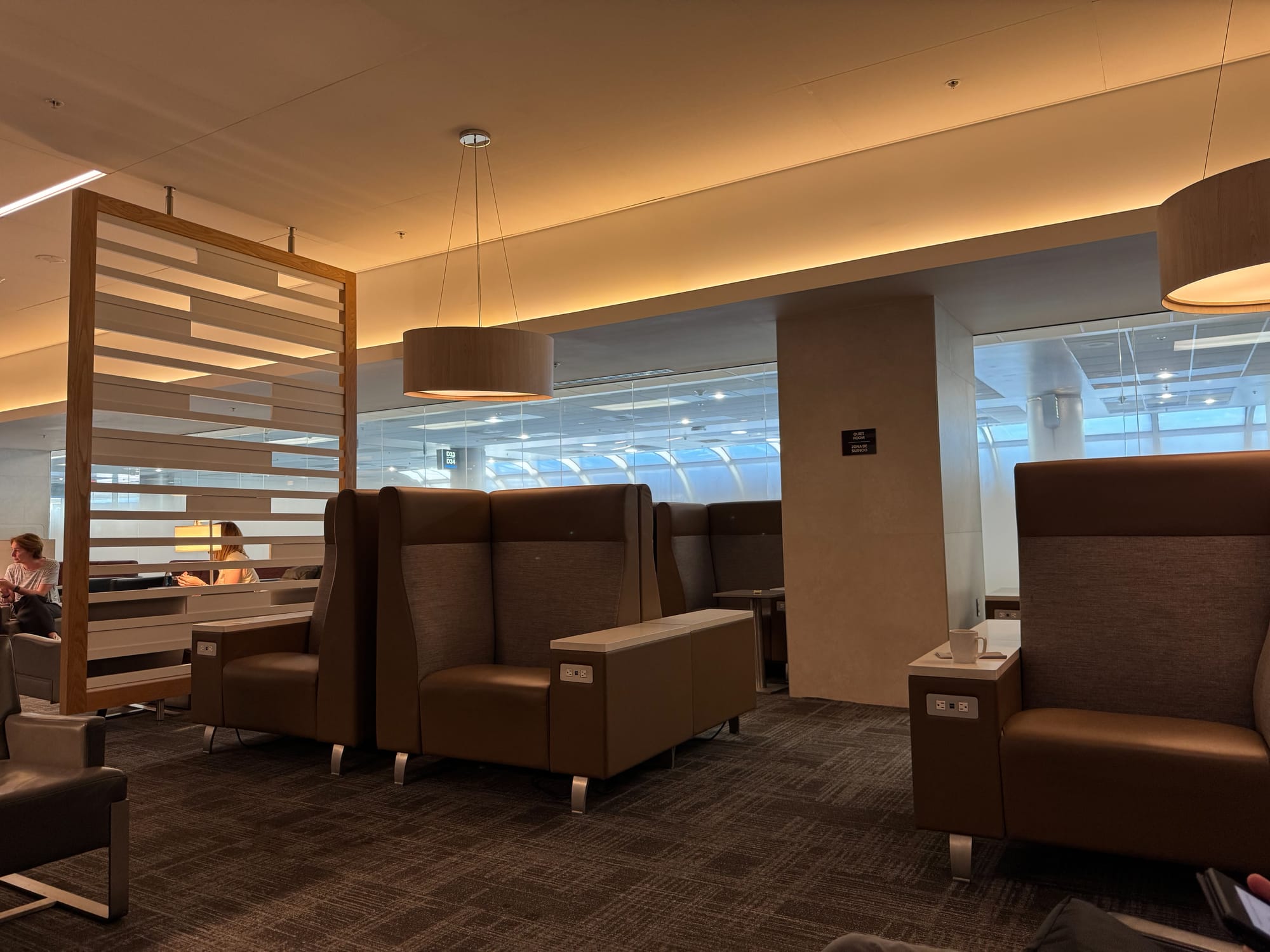
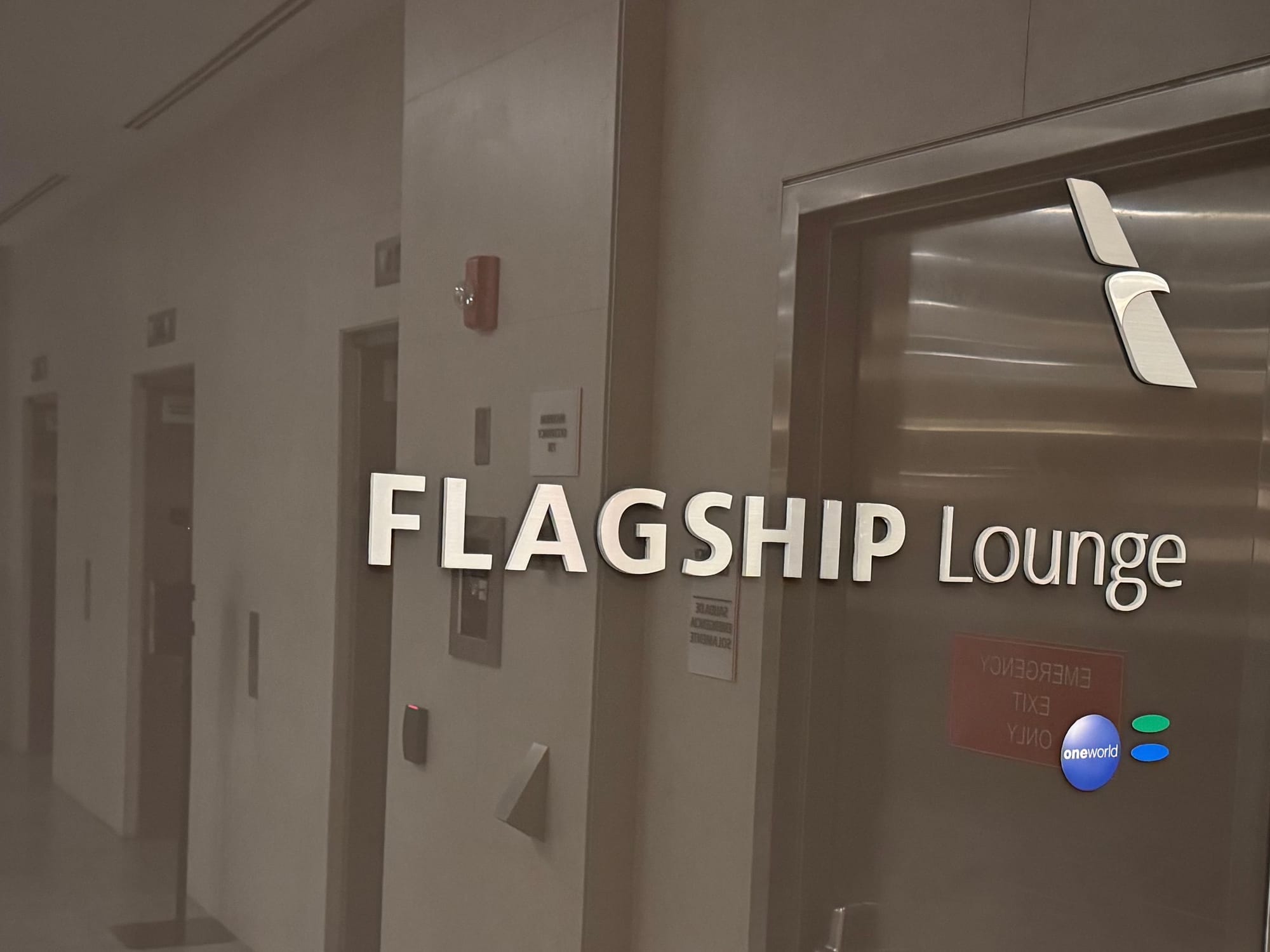
The Flagship lounge was huge, one of the bigger lounges we have been in. They had various seating sections for dining, sitting, and a quiet section for those who want to rest or even take a nap. We were early in our trip and had no need for a nap, so we ate dinner and then made our way to our ~8 hour overnight flight to Santiago, Chile.
We arrived in Santiago the next morning at 7am and our guide Jorge picked us up from the airport to make our way to the mountains to look for the Andean condors. Along the route we encountered some horses blocking the road.
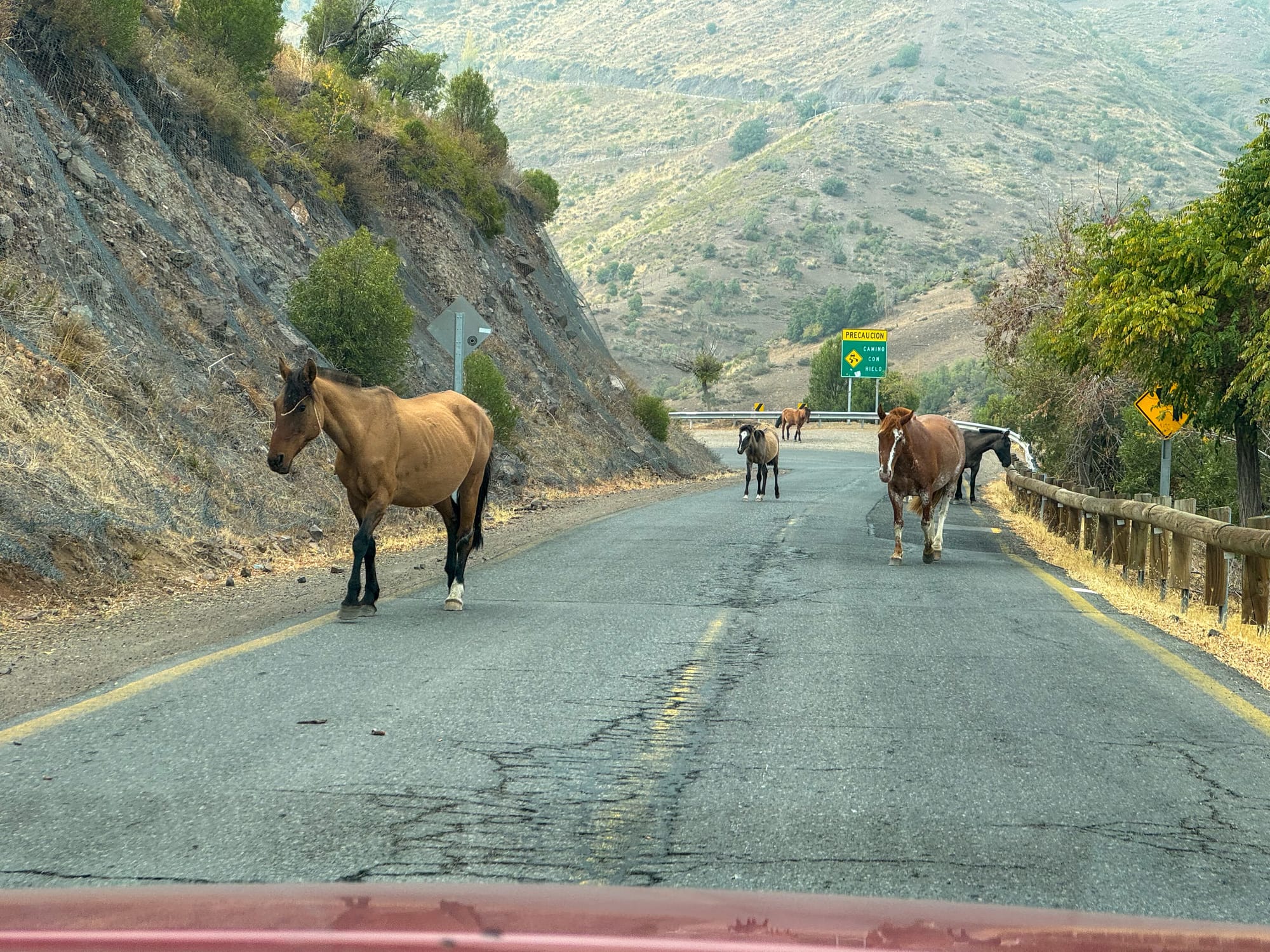
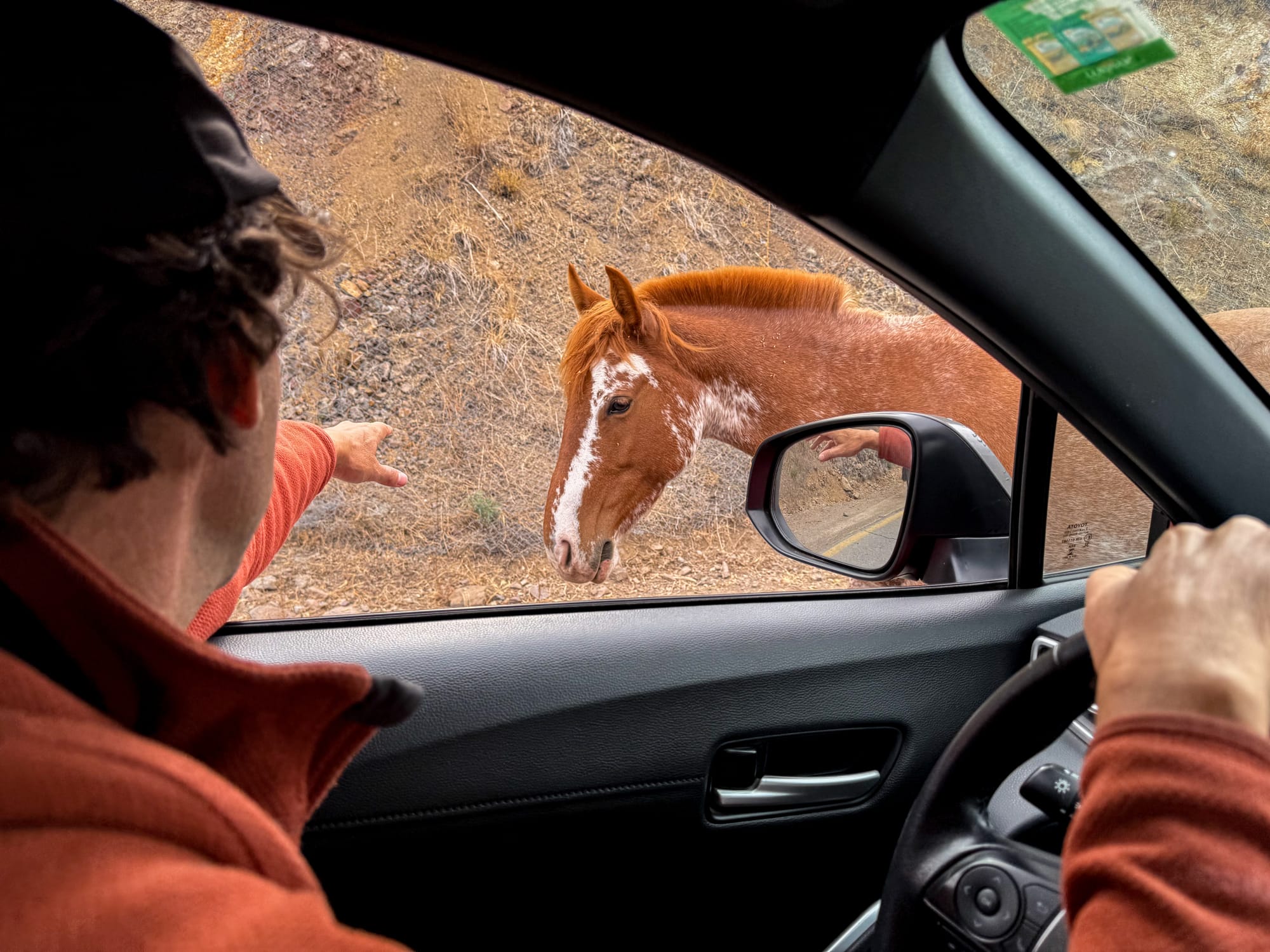
As we ascended toward the mountain tops, we came across some new birds we had never seen before. A Chilean Mockingbird, a California Quail, and a Lesser Horned Owl. The Owl was hard to photograph as it was nestled in behind the tree branches.
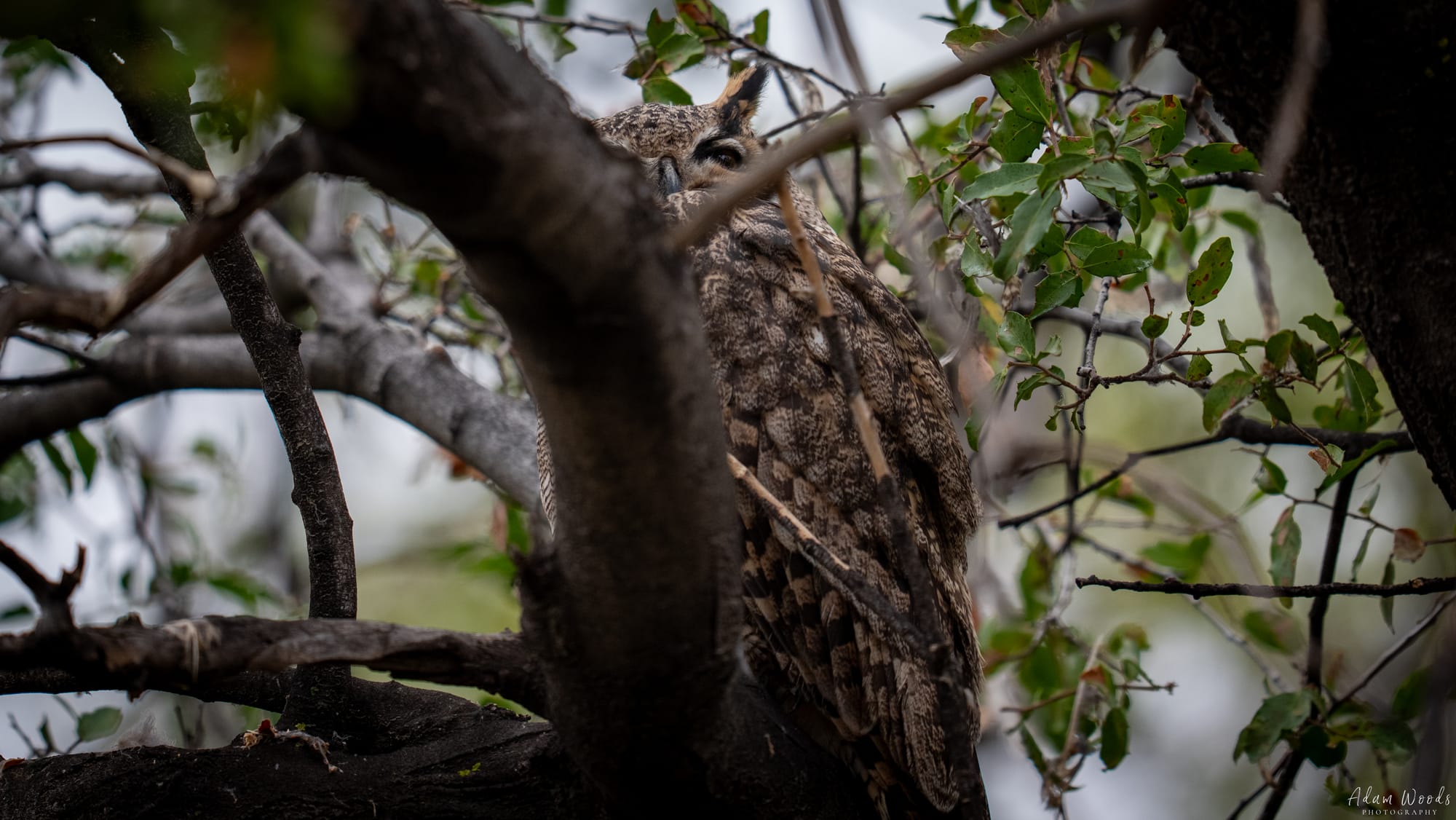
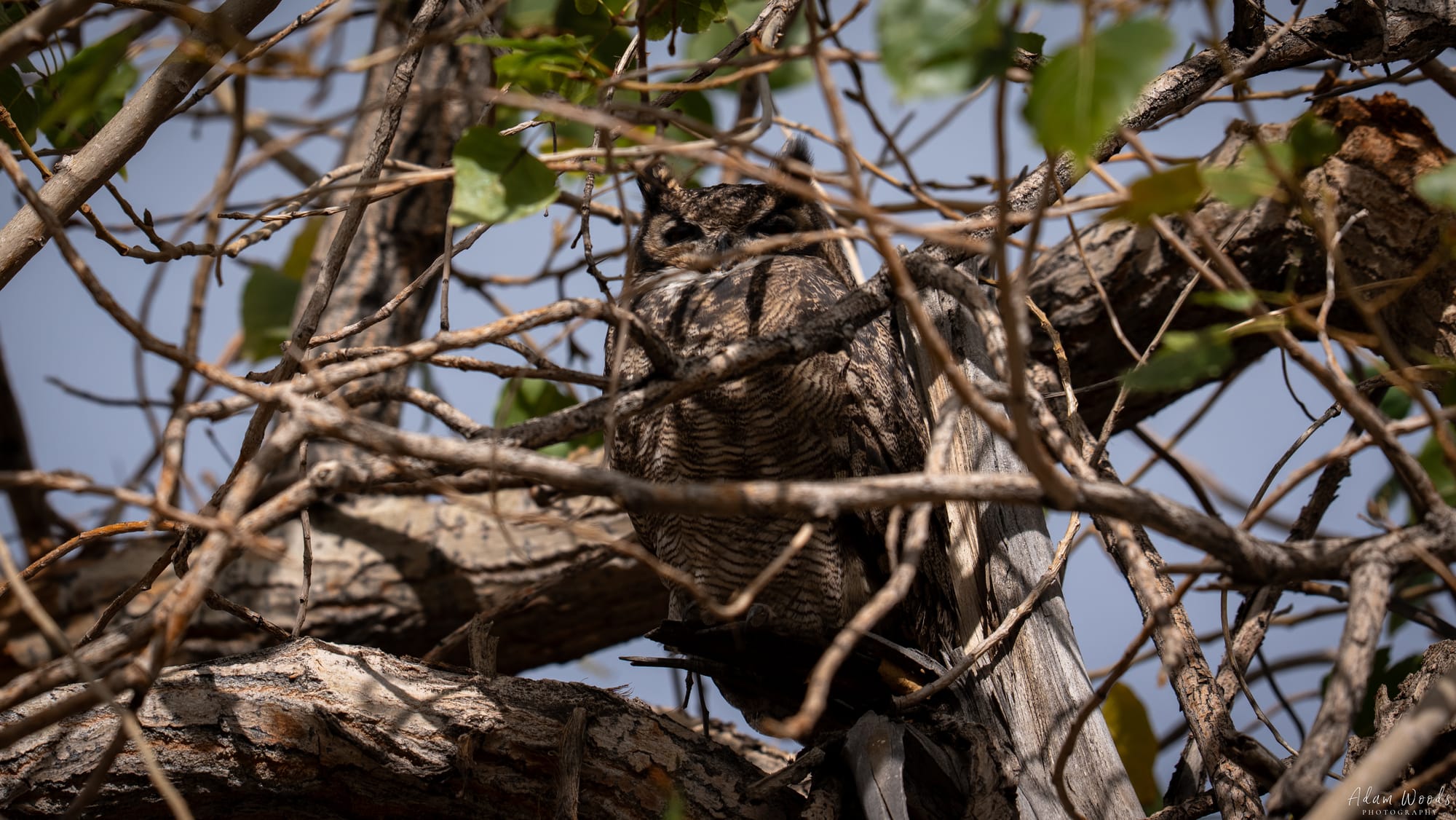
After driving for about an hour and a half, we had reached the top of the mountain at a Ski Lodge over 9,000ft in elevation. This is where we would be looking for condors. To our disappointment, there were very few around.
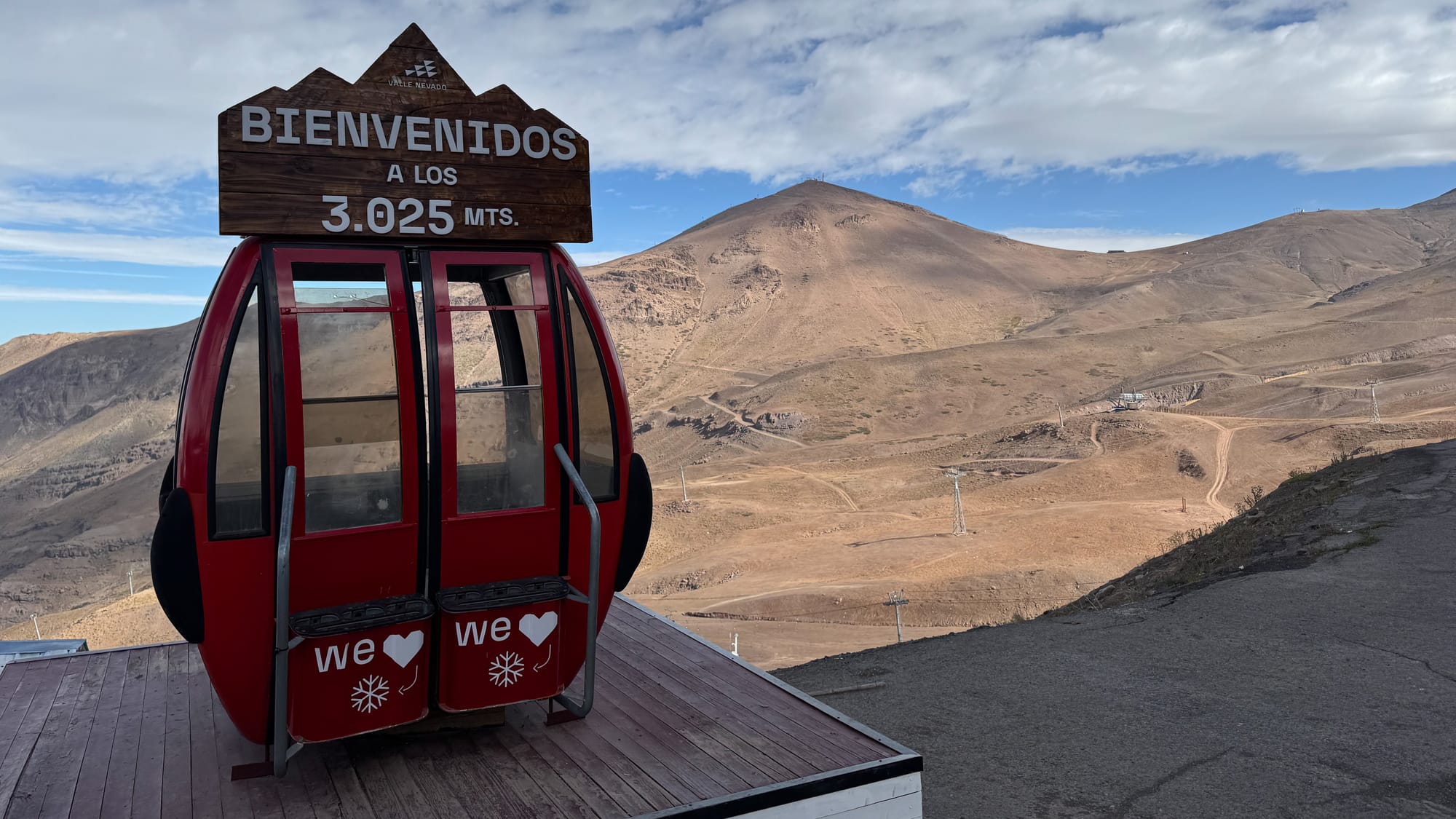
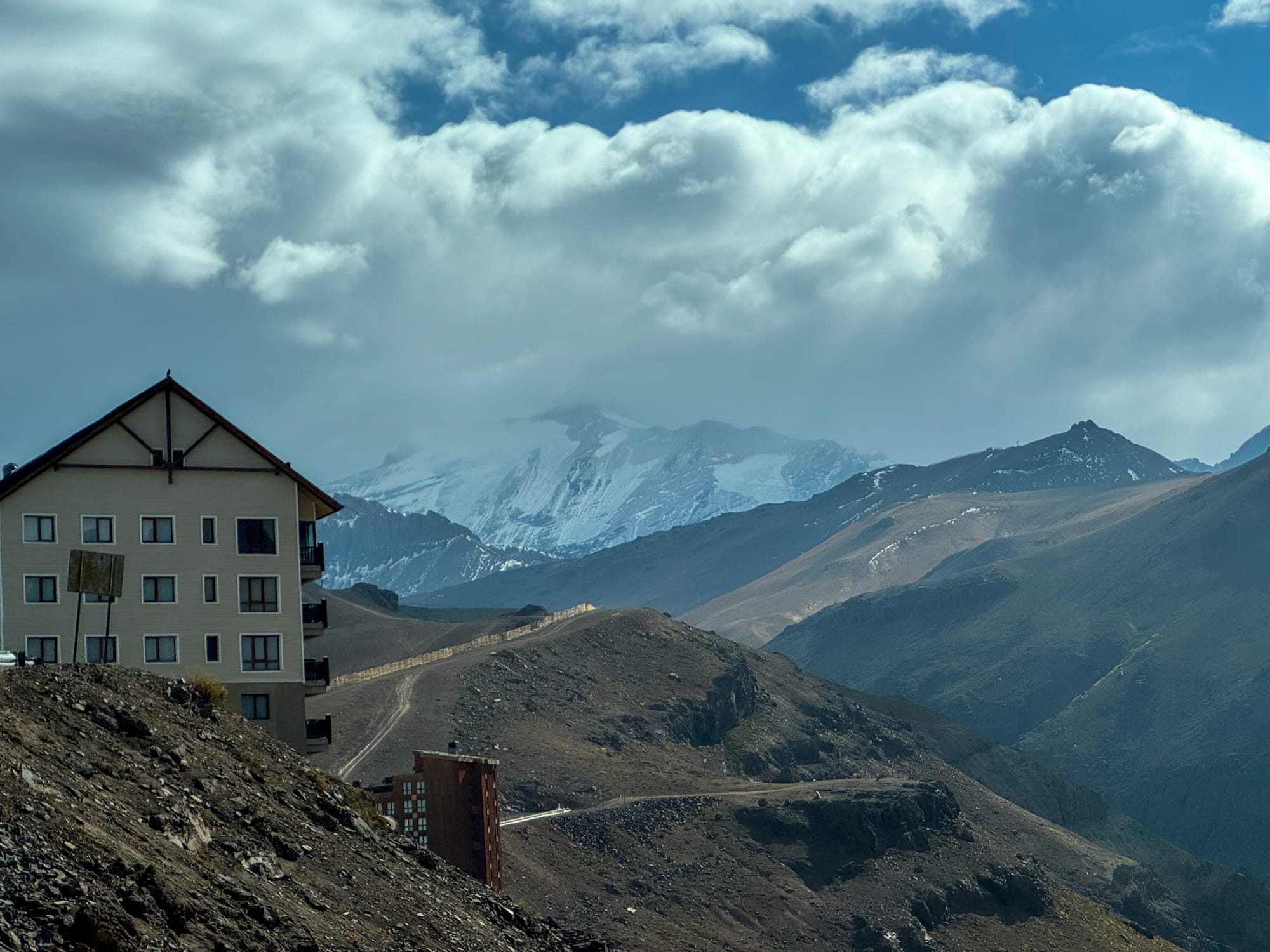

We walked around at the lodge for about half an hour and finally saw a condor in the distance. Unfortunately it did not come close enough for good photos, but I did get these.
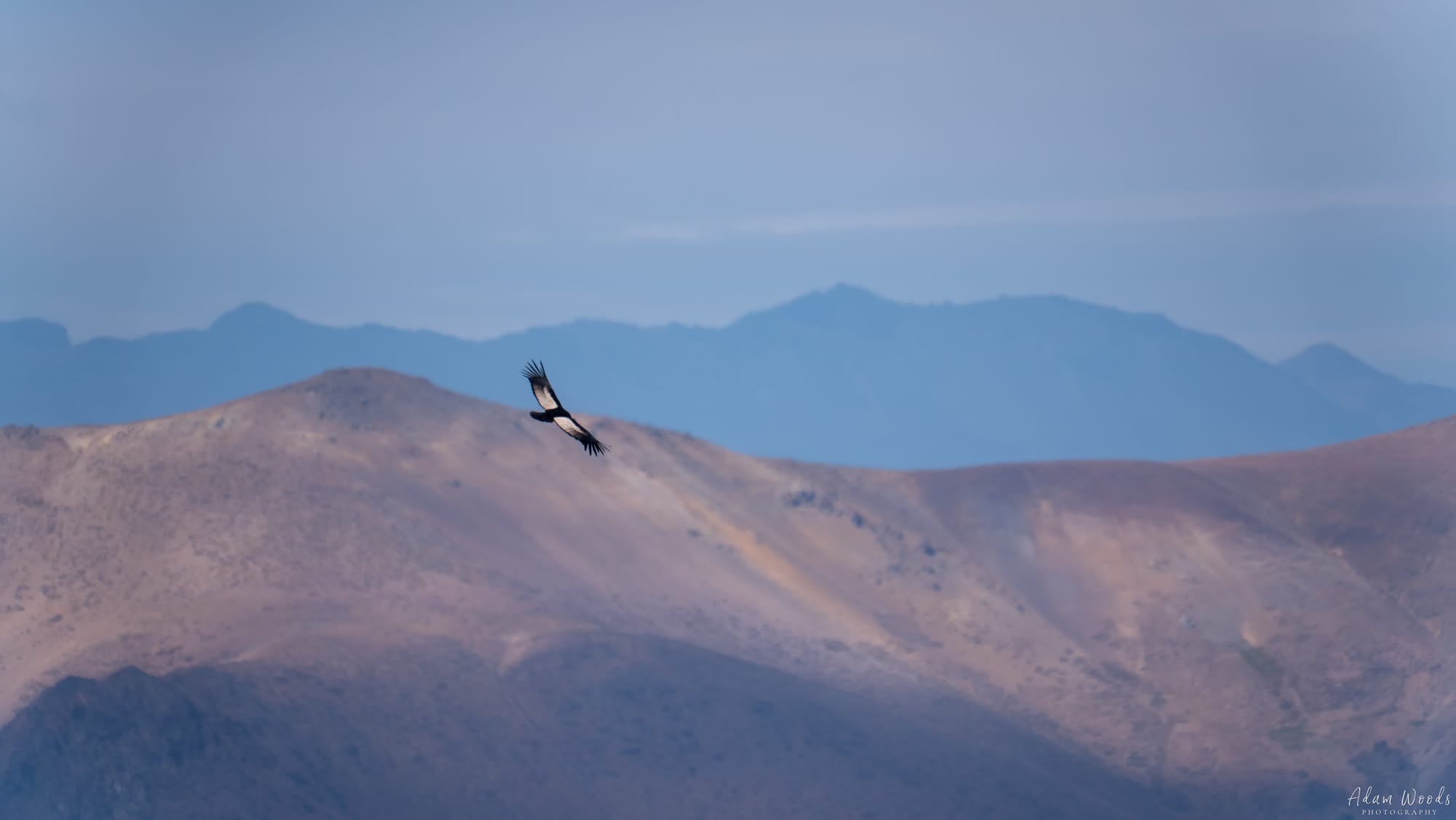
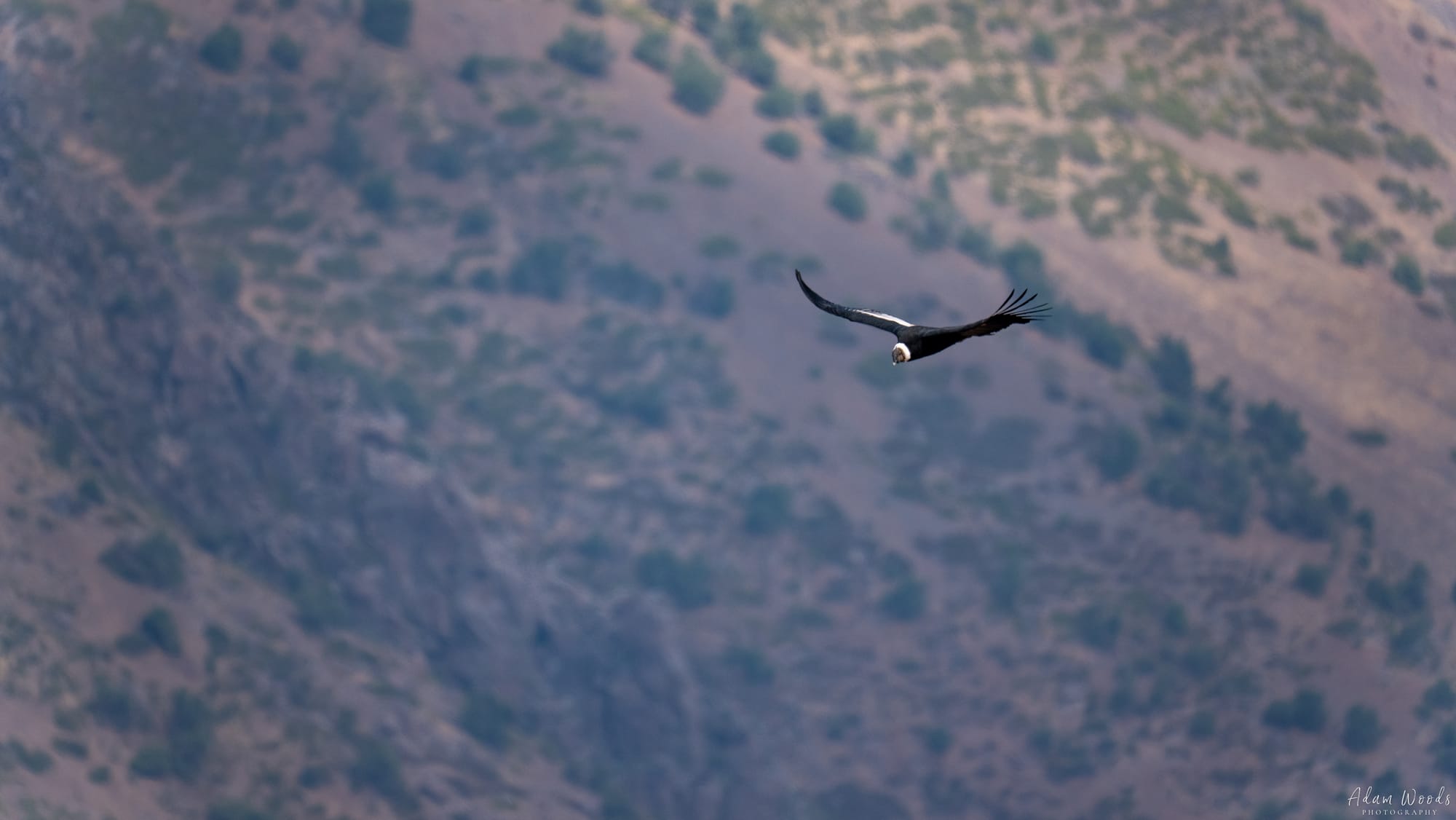
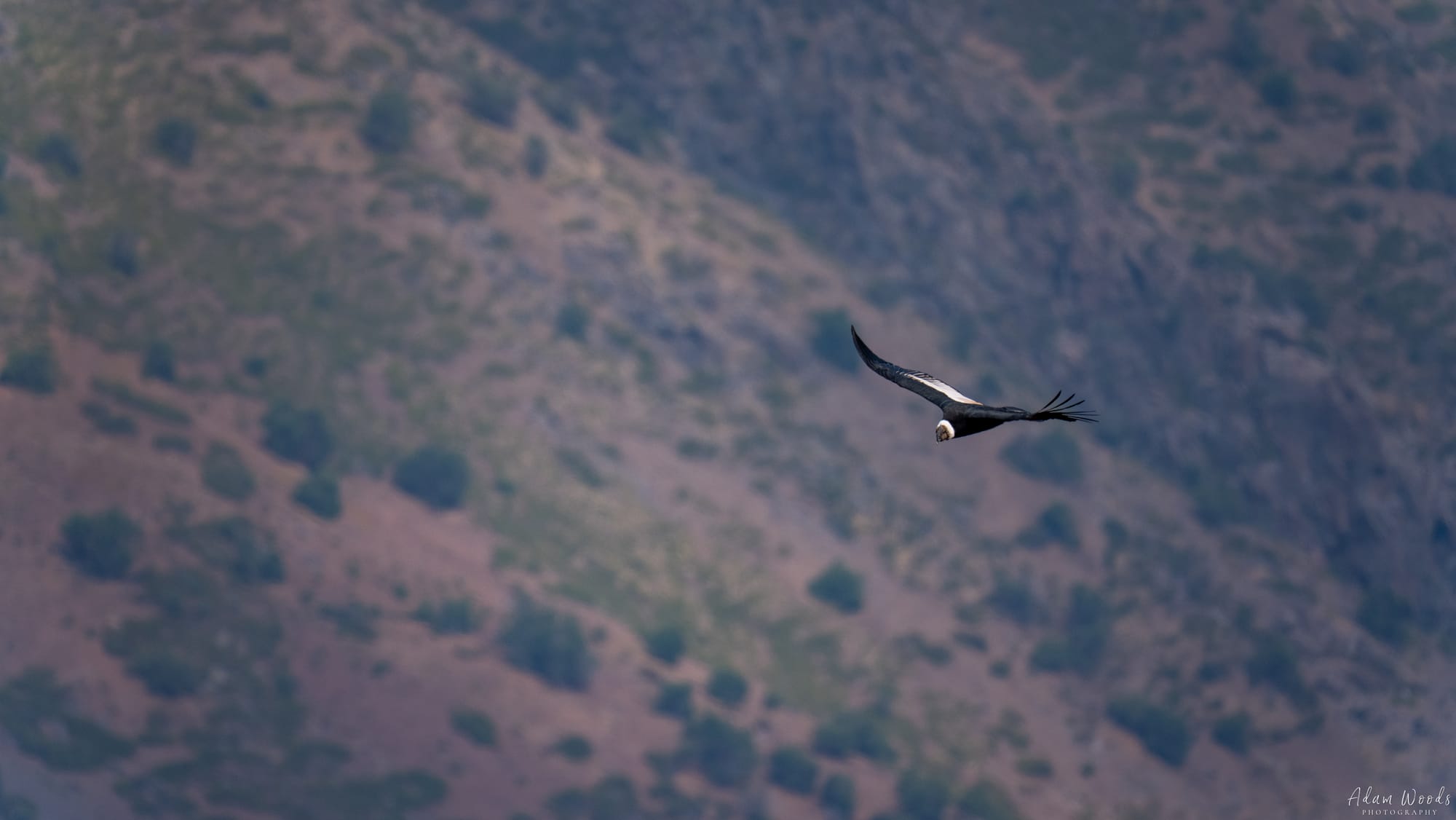
After this sighting, we waited a bit longer until we decided to head down the mountain and explore other areas Jorge knew were popular condor spots. Along the way, we saw a few more birds to include this Mountain Cara Cara sitting next to a goat carcass.
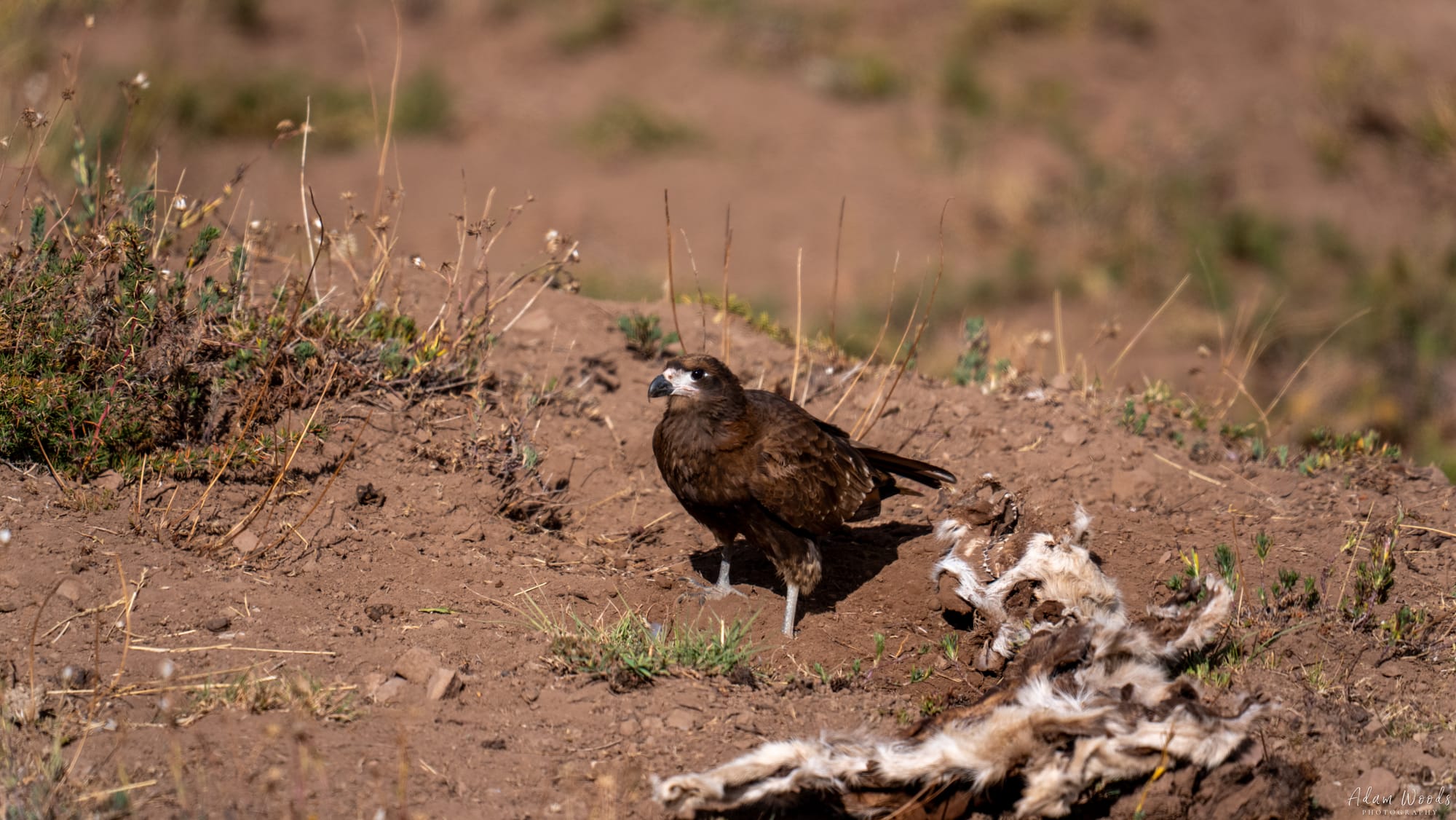
I was able to watch the Cara Cara dig in the dirt, looking for bugs to eat. Eventually it took flight and I got a pretty nice picture of it looking back.
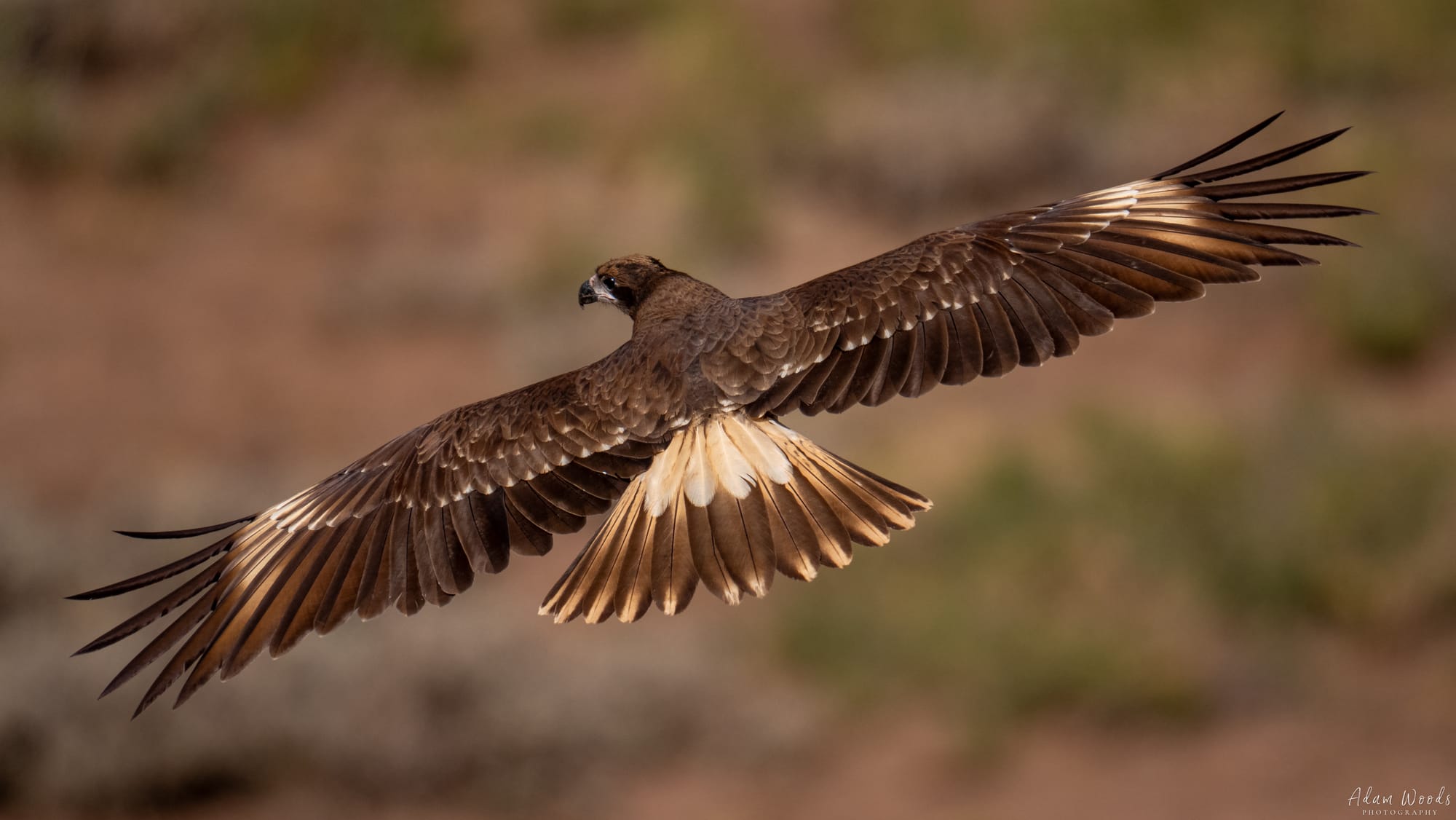
The weather didn’t improve enough to make it worth looking for condors anymore, so we headed to our hotel for the night. Jorge dropped us off at the Marriott Santiago hotel. We got upgraded to a very large suite which was nice. The hotel is a bit dated, and one frustration was the lack of locations to plug in chargers for our devices.
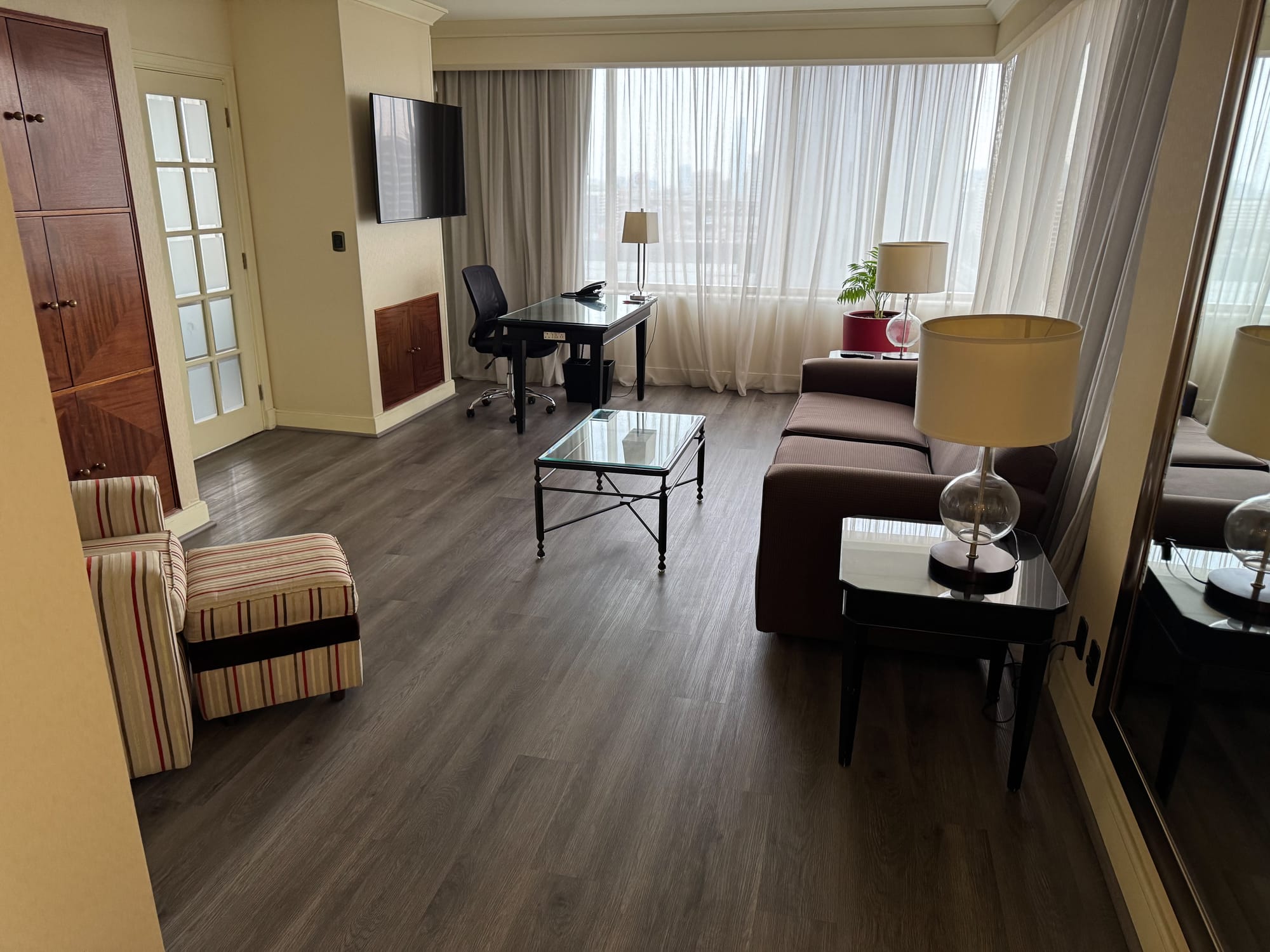
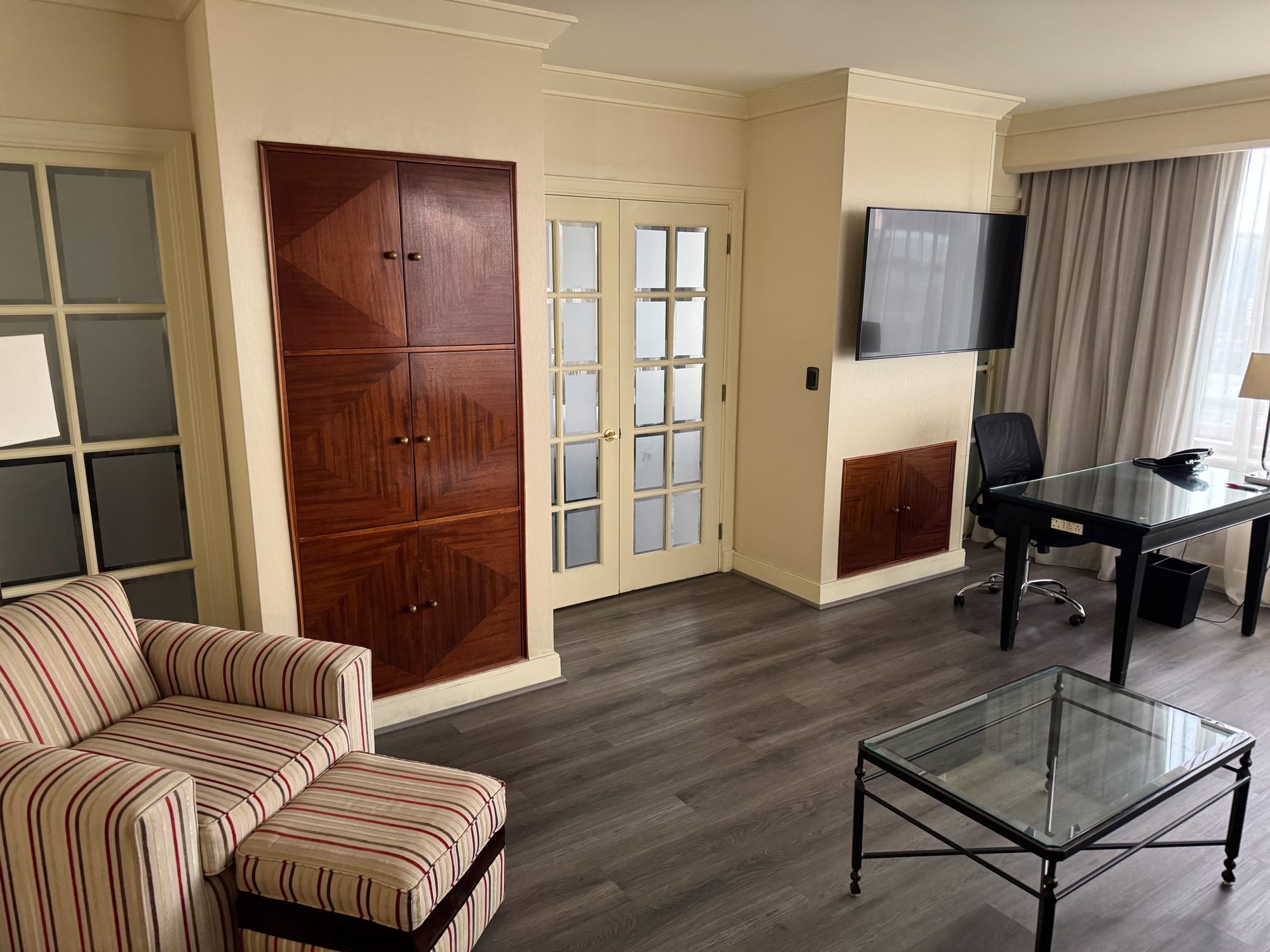
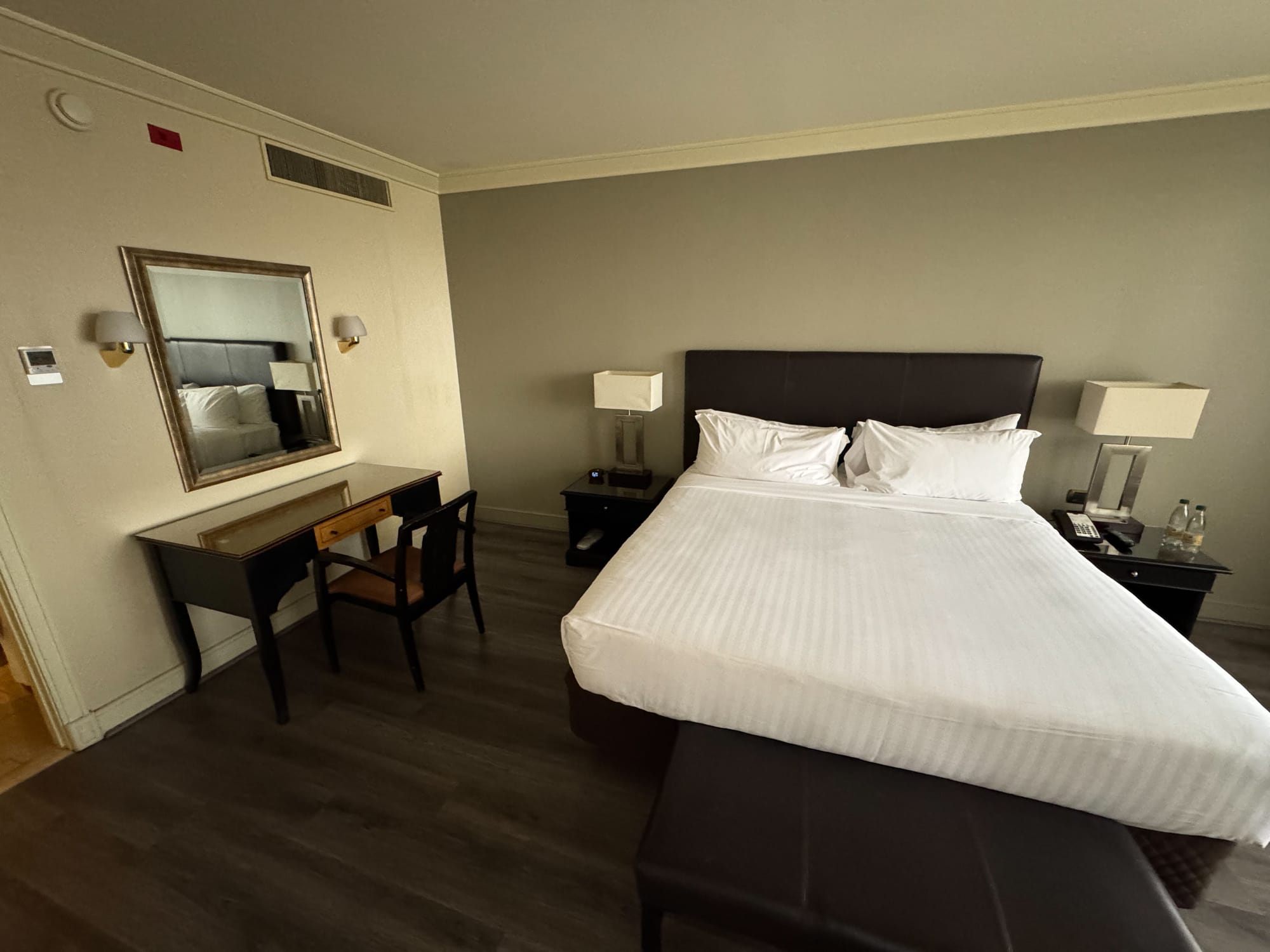
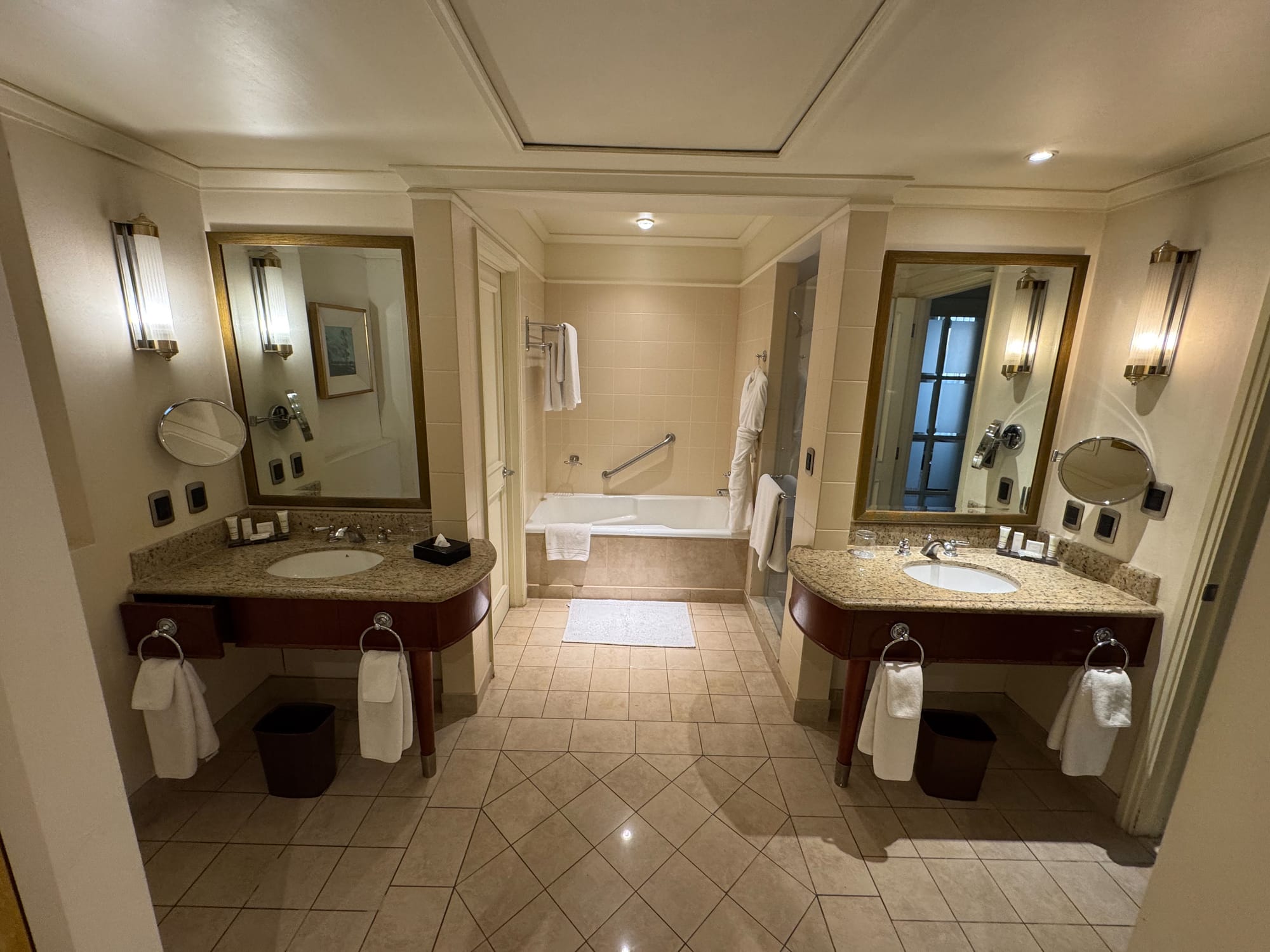
We had access to the Club Lounge on the 21st floor which provided some snacks and a happy hour. I found another annoyance here as there was no still water (water without bubbles). All that was available was the water with gas, which was odd because Chile is not European and they typically drink still water. So I am not sure why the bubbly water was everywhere.
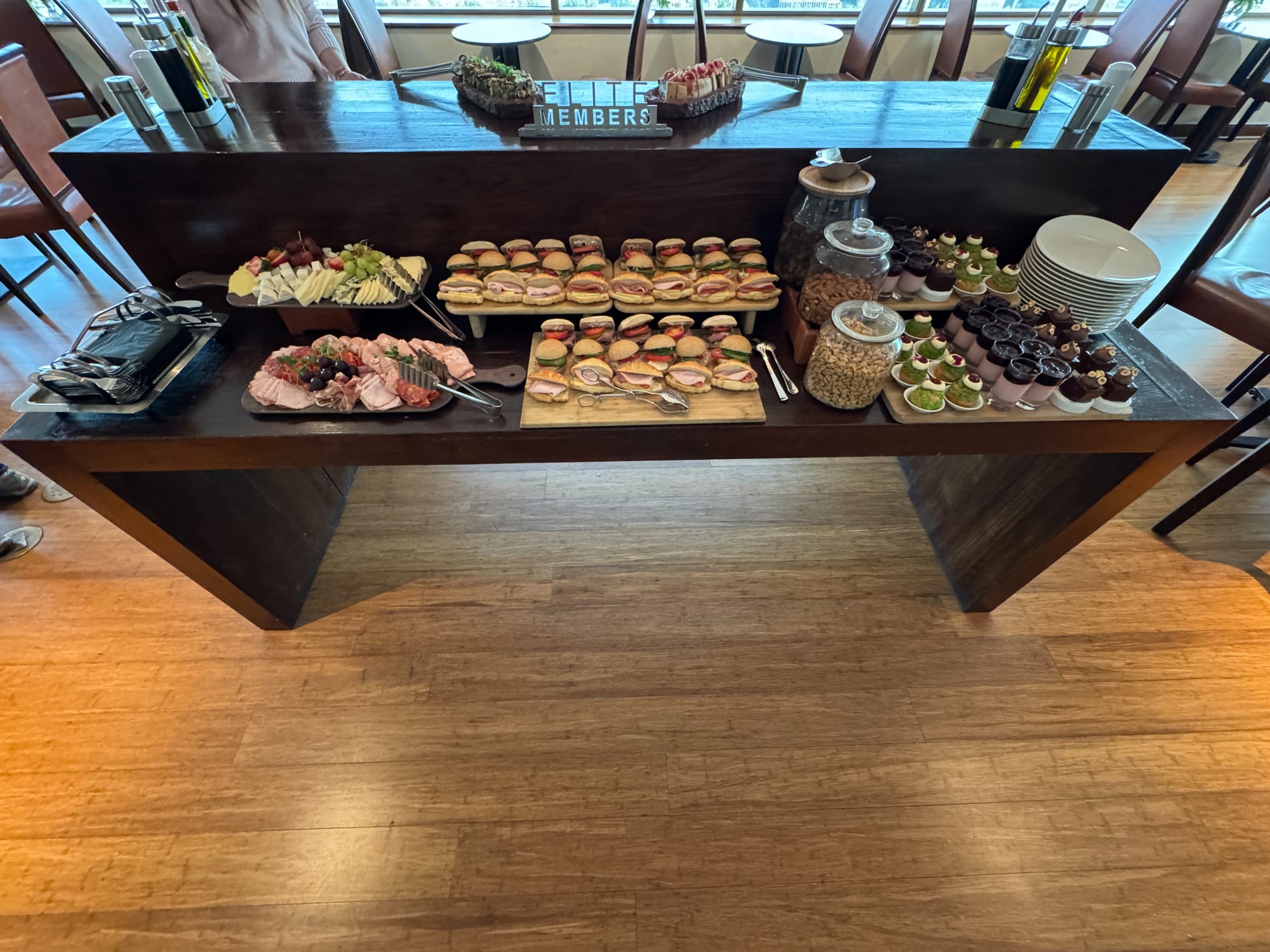
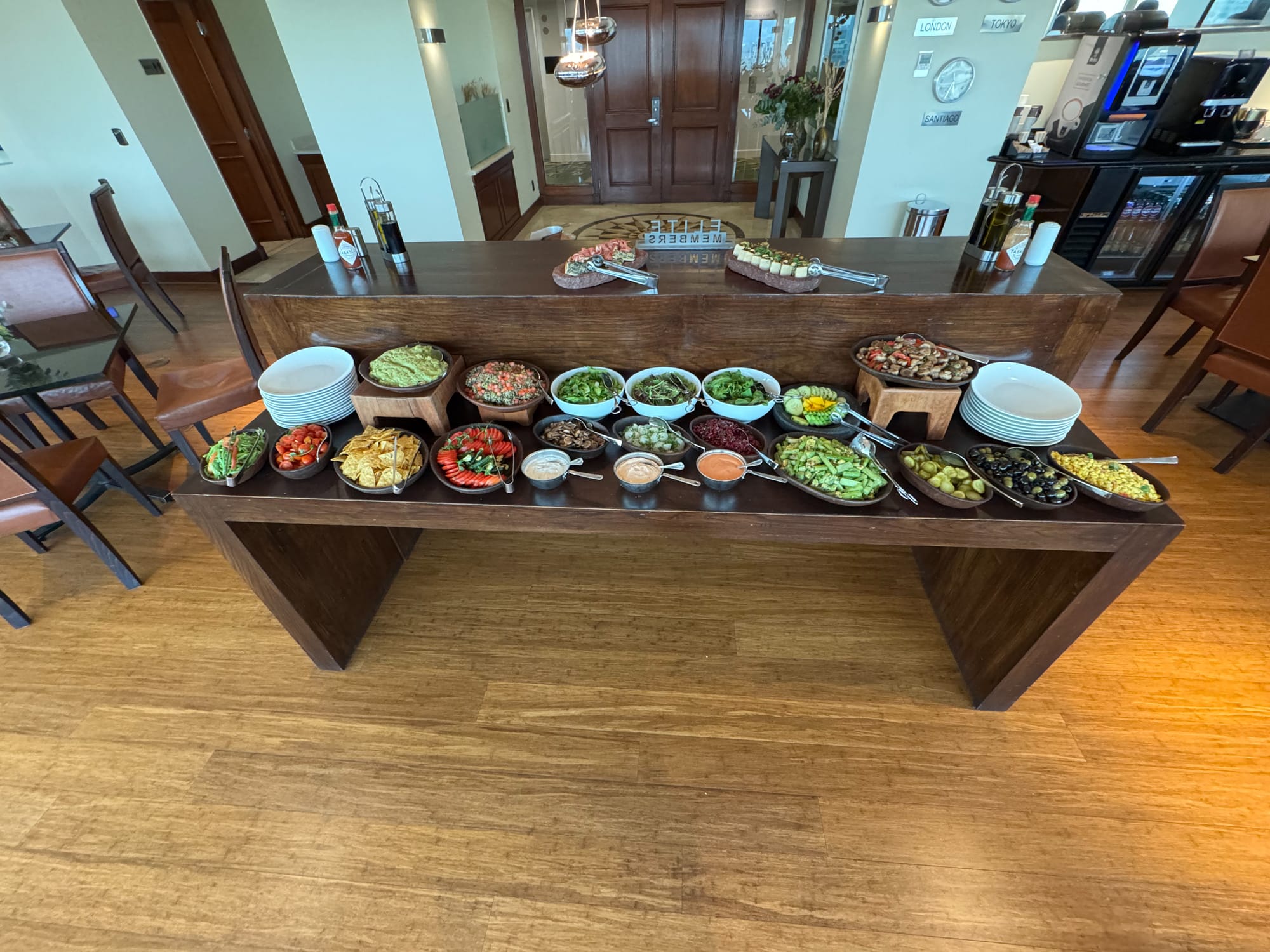
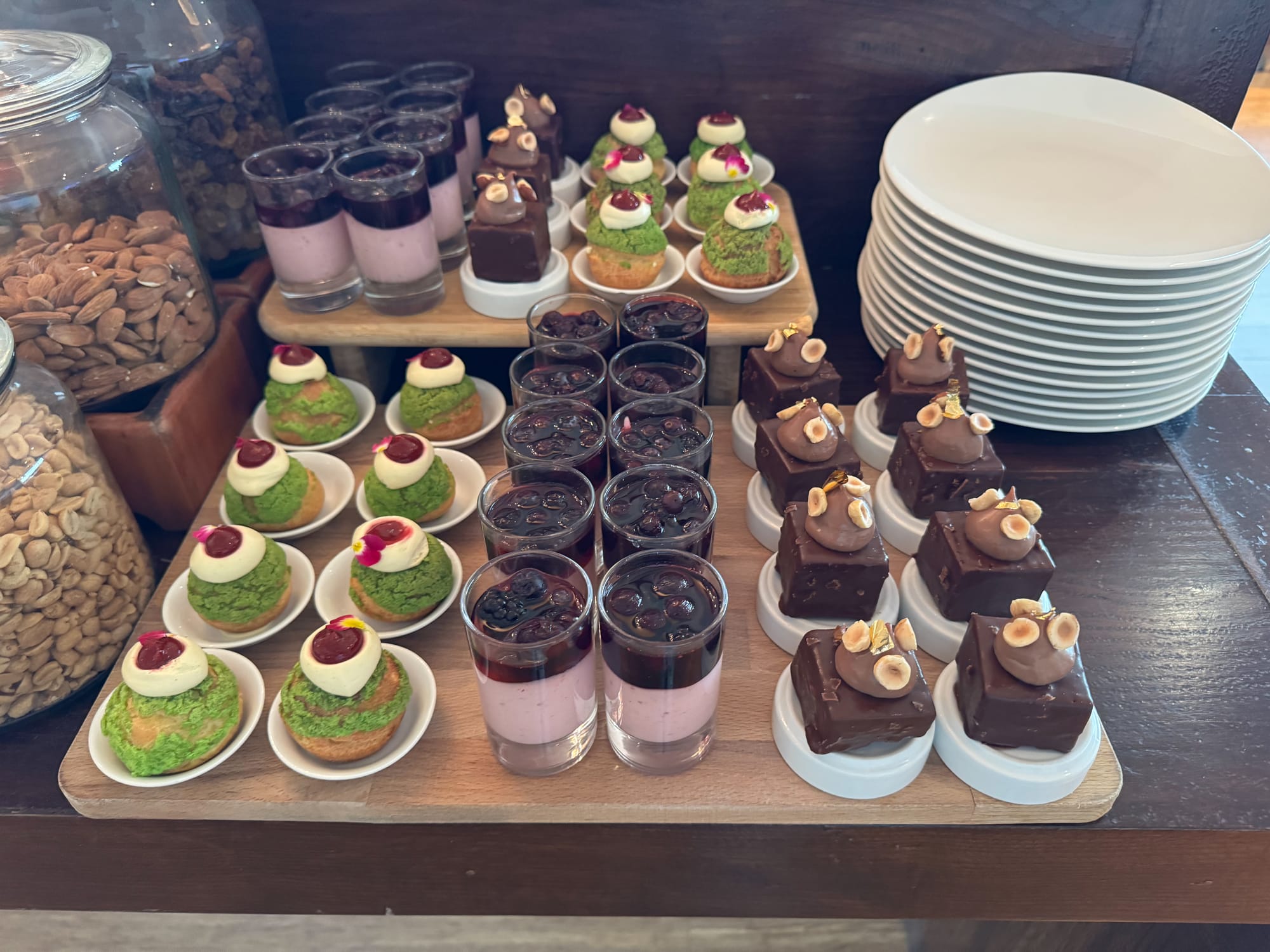
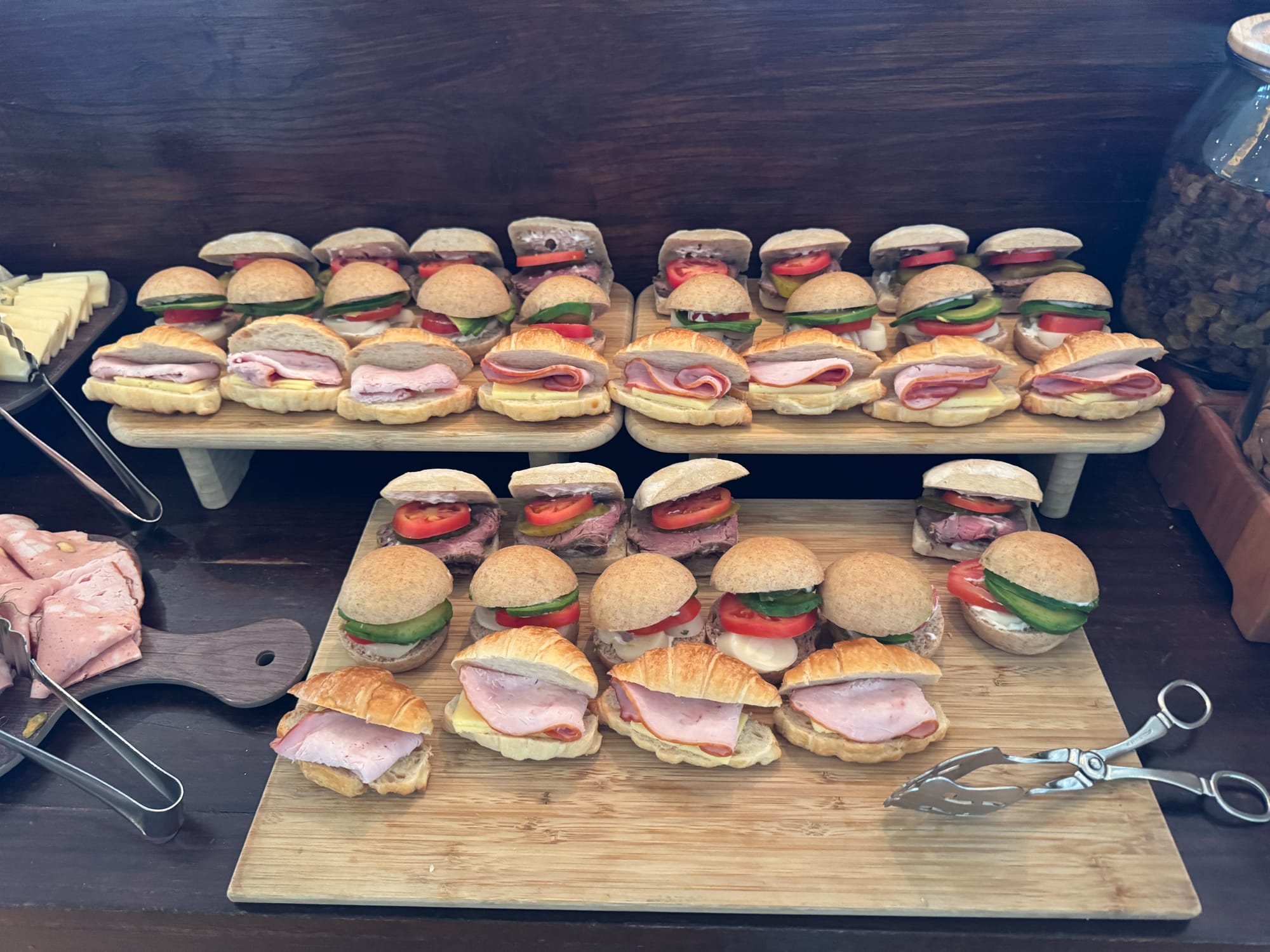
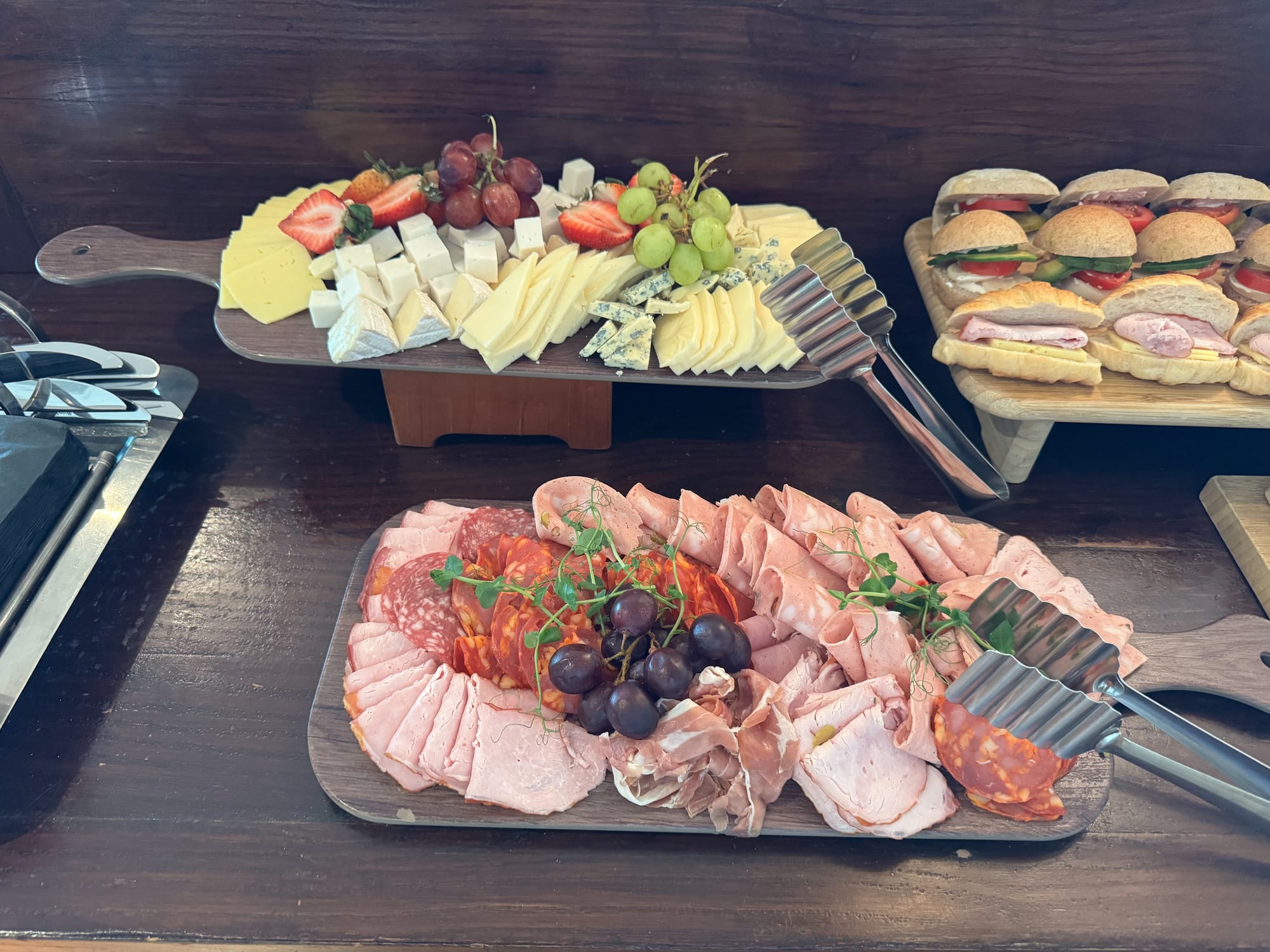
I had trouble getting menus for the restaurants inside the Marriott. Typically they are located in the room or on the TV, but they were nowhere to be found. I had to go down to the lobby and ask for a menu. They presented me a QR code to scan, which didn’t work. Eventually we were able to order some food, but it was a very frustrating experience compared to other Marriott properties we have recently stayed at. We ended up eating dinner at the Akun Lounge and Bar on the first floor. The evening improved when we got our Pisco Sours to drink! They reminded us of our previous trip to Peru, where we were first introduced to the Pisco Sour.
A pisco sour is an alcoholic cocktail of Peruvian origin that is traditional to both Peruvian and Chilean cuisine. The drink's name comes from pisco, a brandy which is its base liquor, and the cocktail term sour, implying sour citrus juice and sweetener components. The Chilean version is similar to that of Peru, but uses Chilean pisco and Pica lime, and excludes the bitters and egg white.
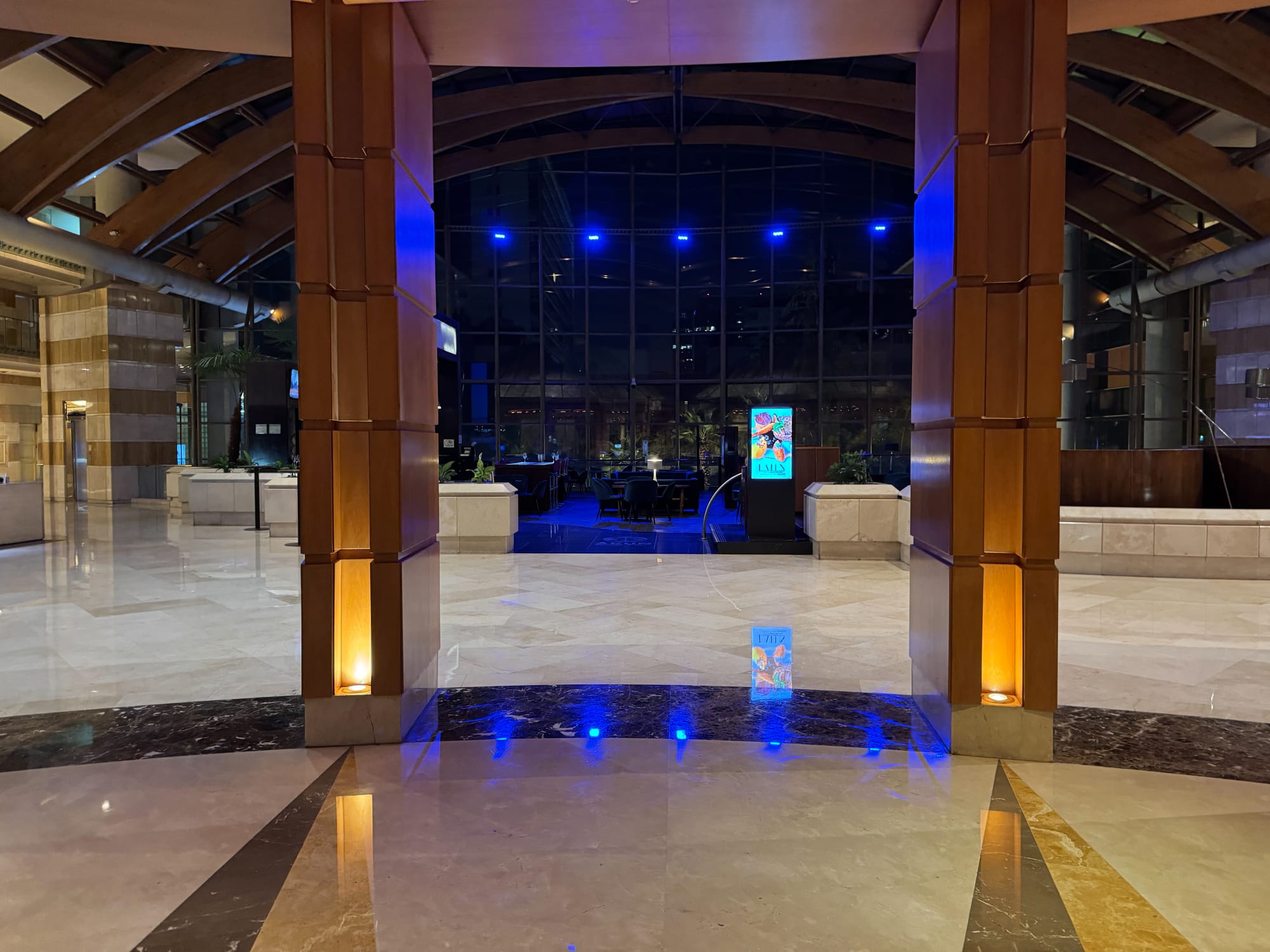
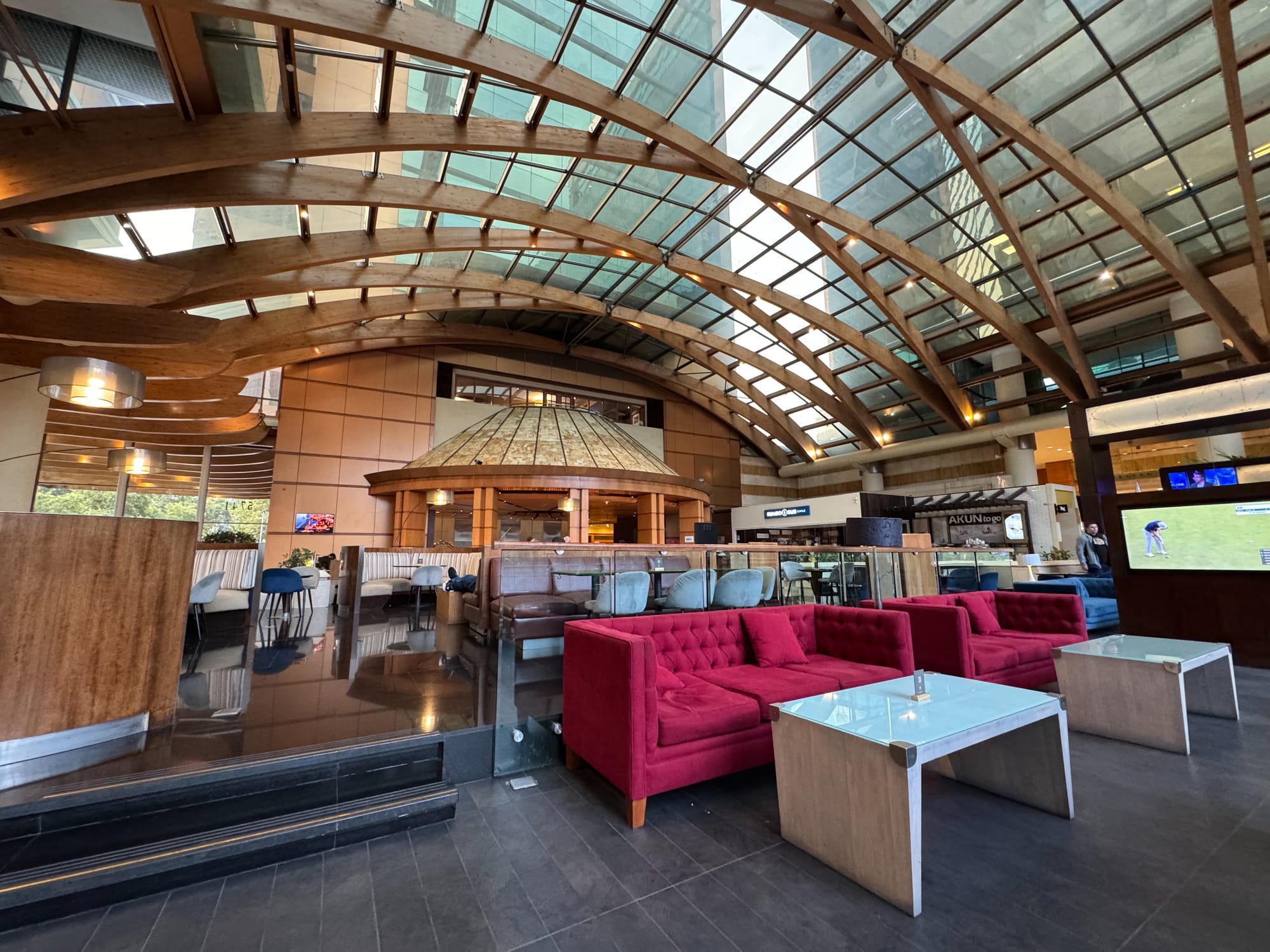
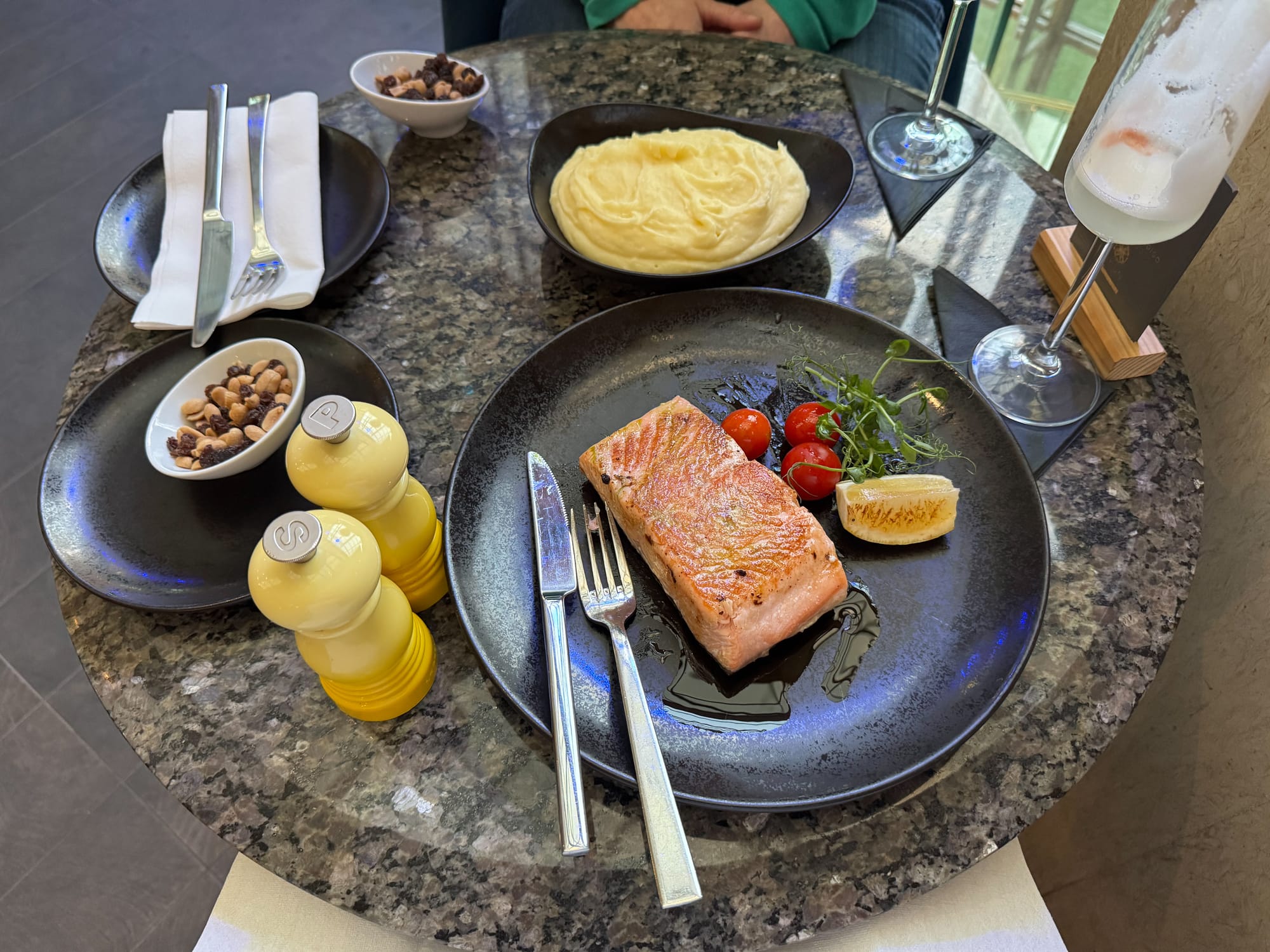
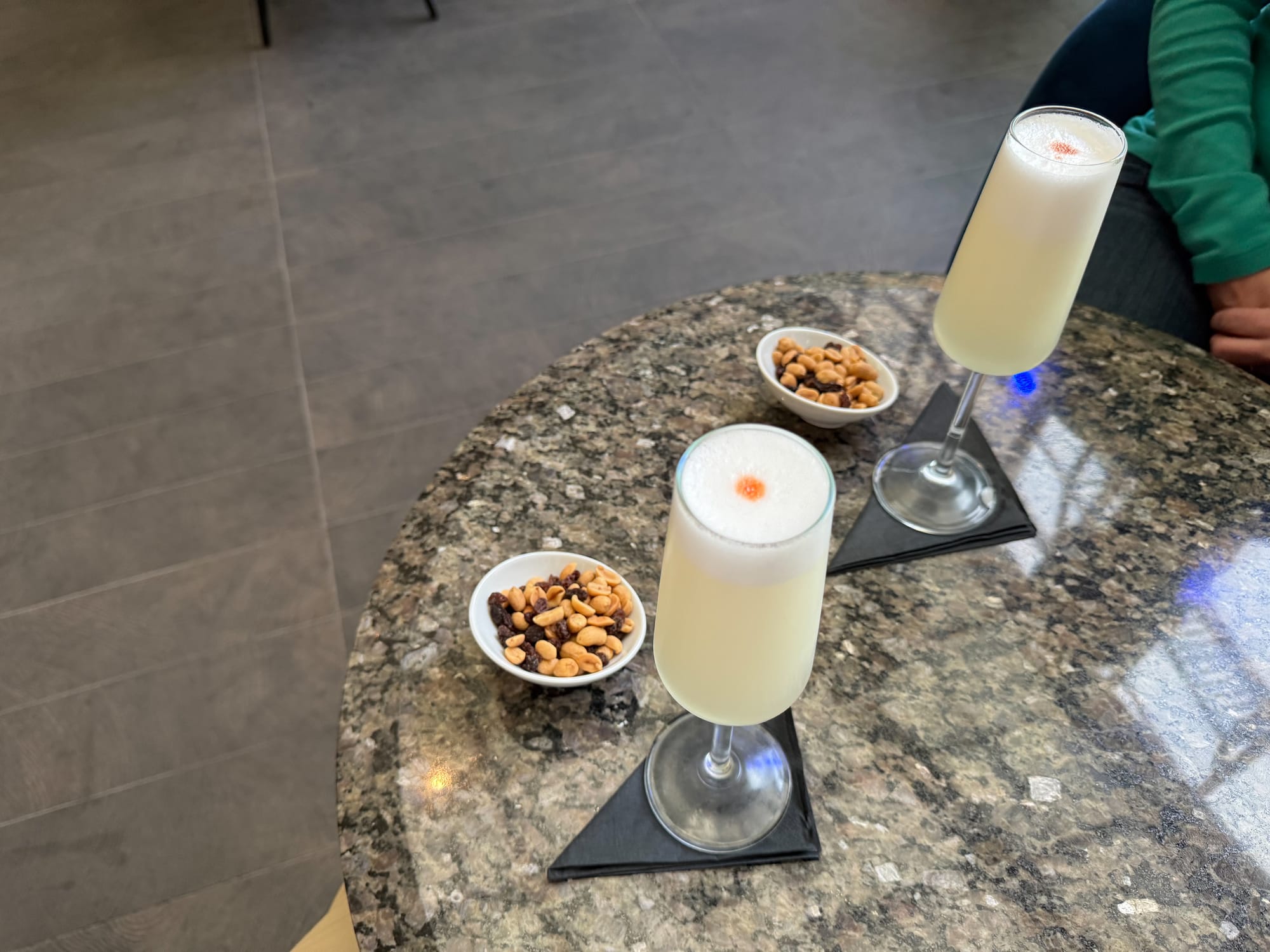
After a good night sleep, we headed back to the airport at 5:30am to continue our journey on a domestic flight to Puerto Natales. I had a small issue at airport security for Latam airlines. This would be the second time on this trip my backpack was flagged for additional screening. The first time, the issue was my moisture absorption bags. I brought two small bags in my camera gear that absorb moisture. I used them in Costa Rica since it rains a lot there and I wasn’t sure how the weather would treat us in Patagonia. However, this time it was not those bags. It was my travel tripod. The security agent did not speak English, so I had to use my phone's translate app to tell him it was a tripod. He used his phone and told me it’s not allowed and I had to go all the way back to the check in desk to check it. This made me quite angry since a tripod was nowhere on Latam's signs of items prohibited. Their signs had MANY items pictured, but not a tripod. So I begrudgingly made my way all the way back to the check-in desk and gave them the tripod. Since it is carbon fiber and in a thin case, I assumed this was the last time I would see it in one piece, if at all.
Our flight was about three hours and arrived on time in Puerto Natales to a nice 42 degrees outside. During the flight, we flew over some amazing landscapes. I did my best to take some pictures through the smudgy window.
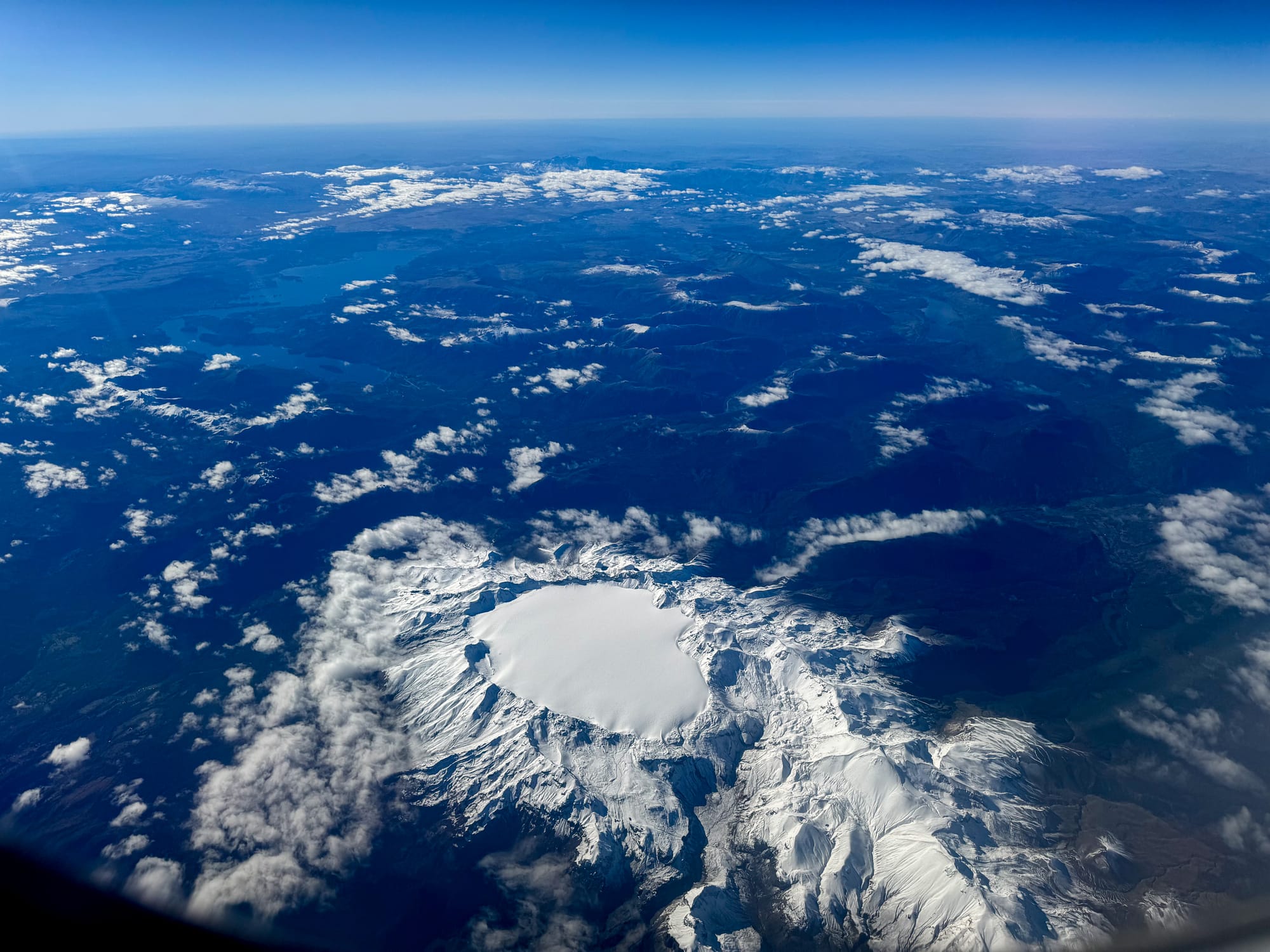
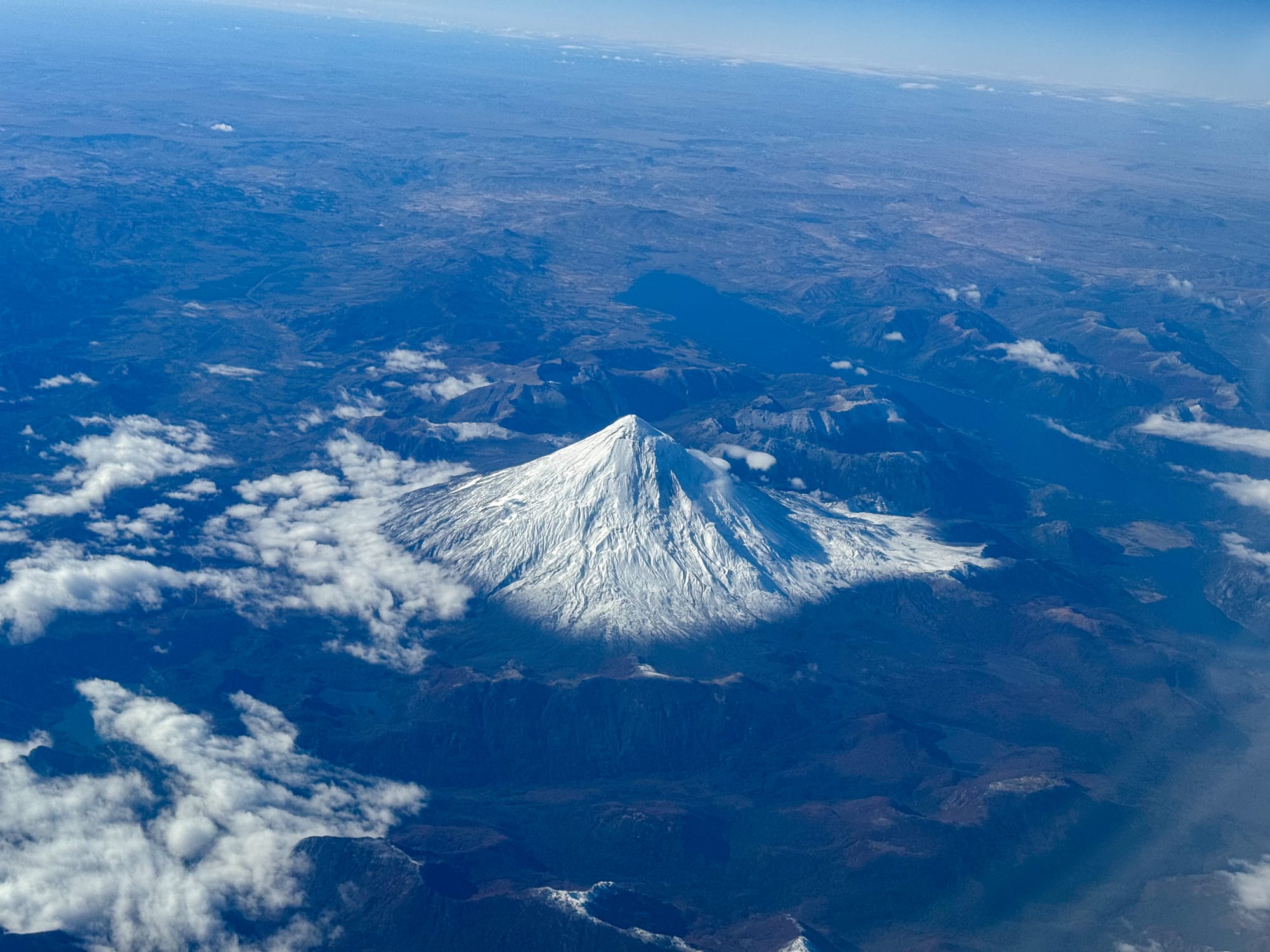
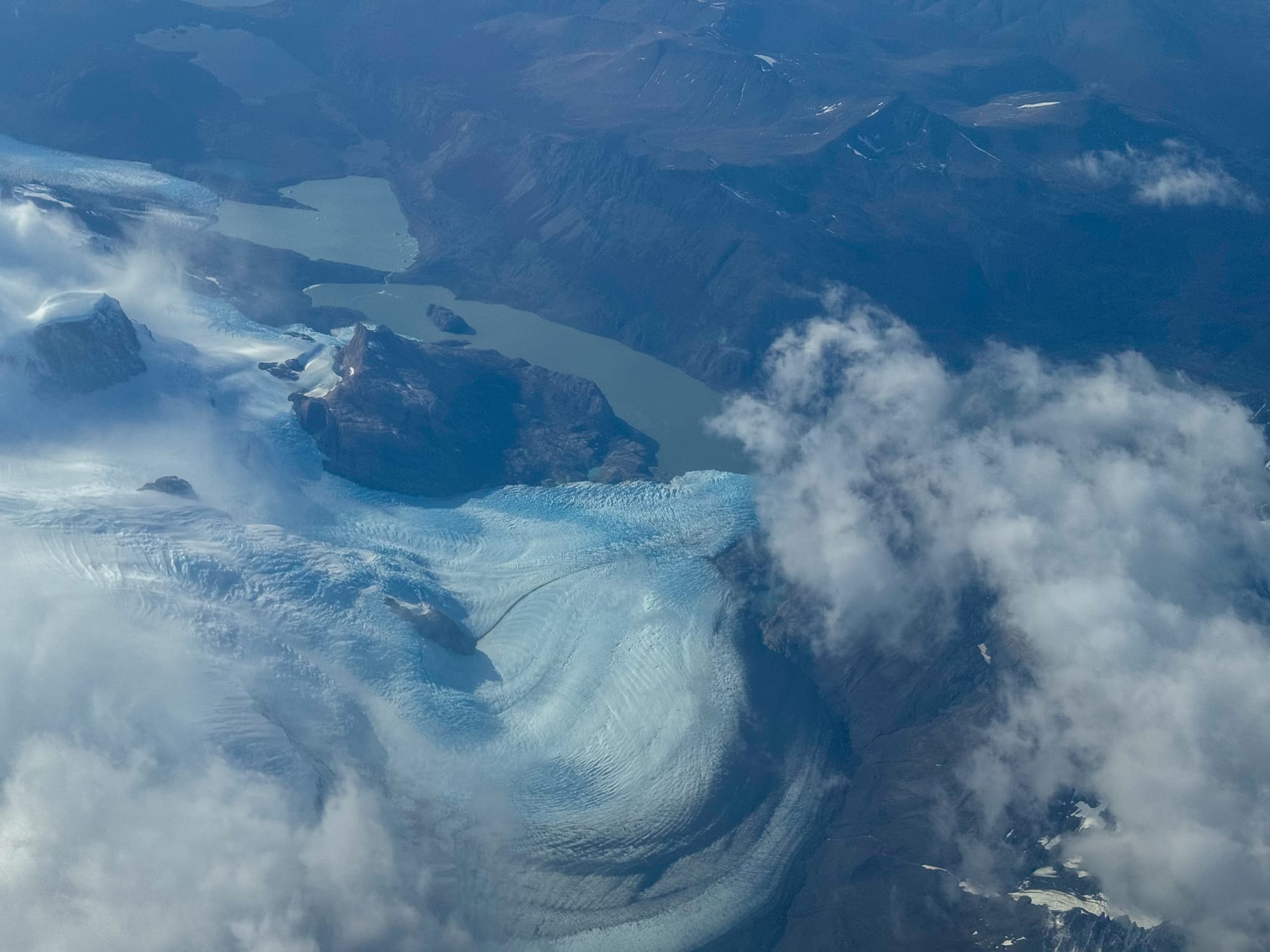
We quickly became familiar with the weather since we had to deplane on stairs on the tarmac since the airport is very small and doesn’t have jet ways. At least it wasn’t raining. We collected our luggage and to my surprise, my tripod survived!
For this part of our trip, we would have a new guide. Her name was Luz Poulard and she was waiting to greet us as we exited the airport. We tossed our bags in the SUV and made our way to a local place to eat lunch. After lunch we started the ~2 hour drive toward the Patagonia National Park area where we would be staying for the next five nights. About half way through the trip, we stopped at a small souvenir shop. It was literally 50 yards from the Argentina border crossing.
It is actually not possible to drive north from our location to Santiago, Chile without going into Argentina for parts of the trip.
We entered the store and were immediately attacked by multiple animals! Lucky for us they were not pumas, but four cute playful puppies. I could barely take pictures as they jumped all over me. Both Luz and my wife also enjoyed the attention.
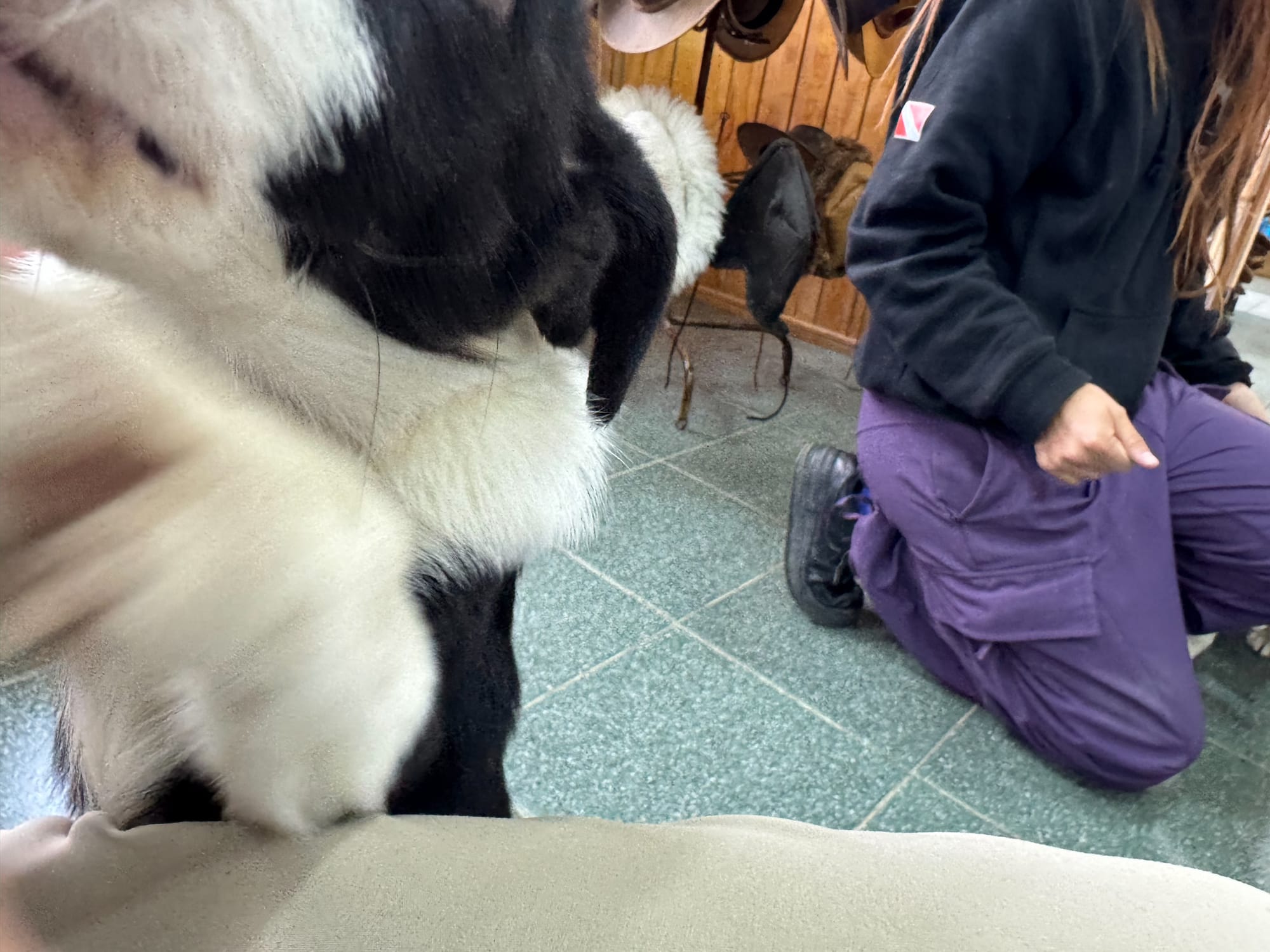
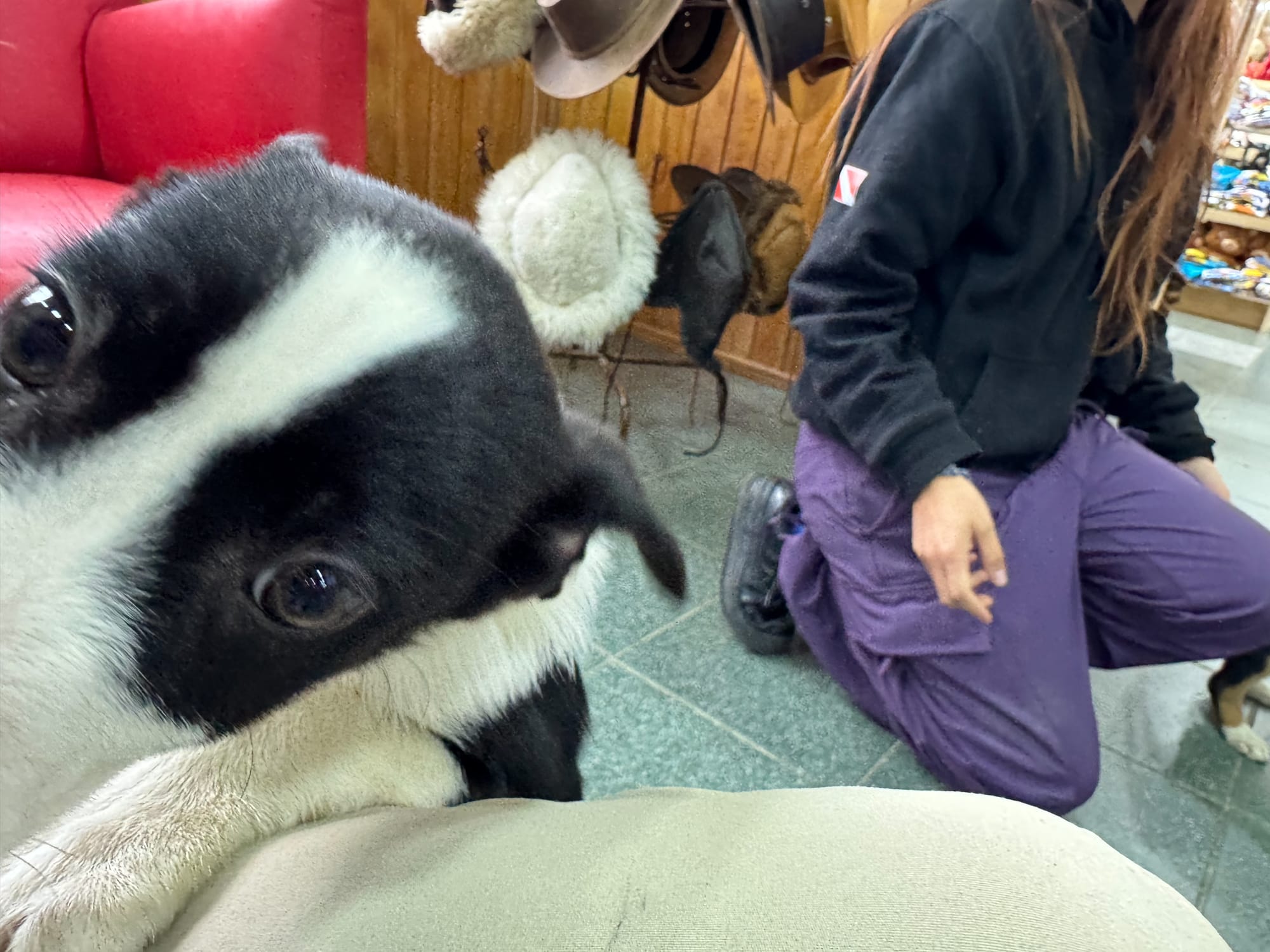
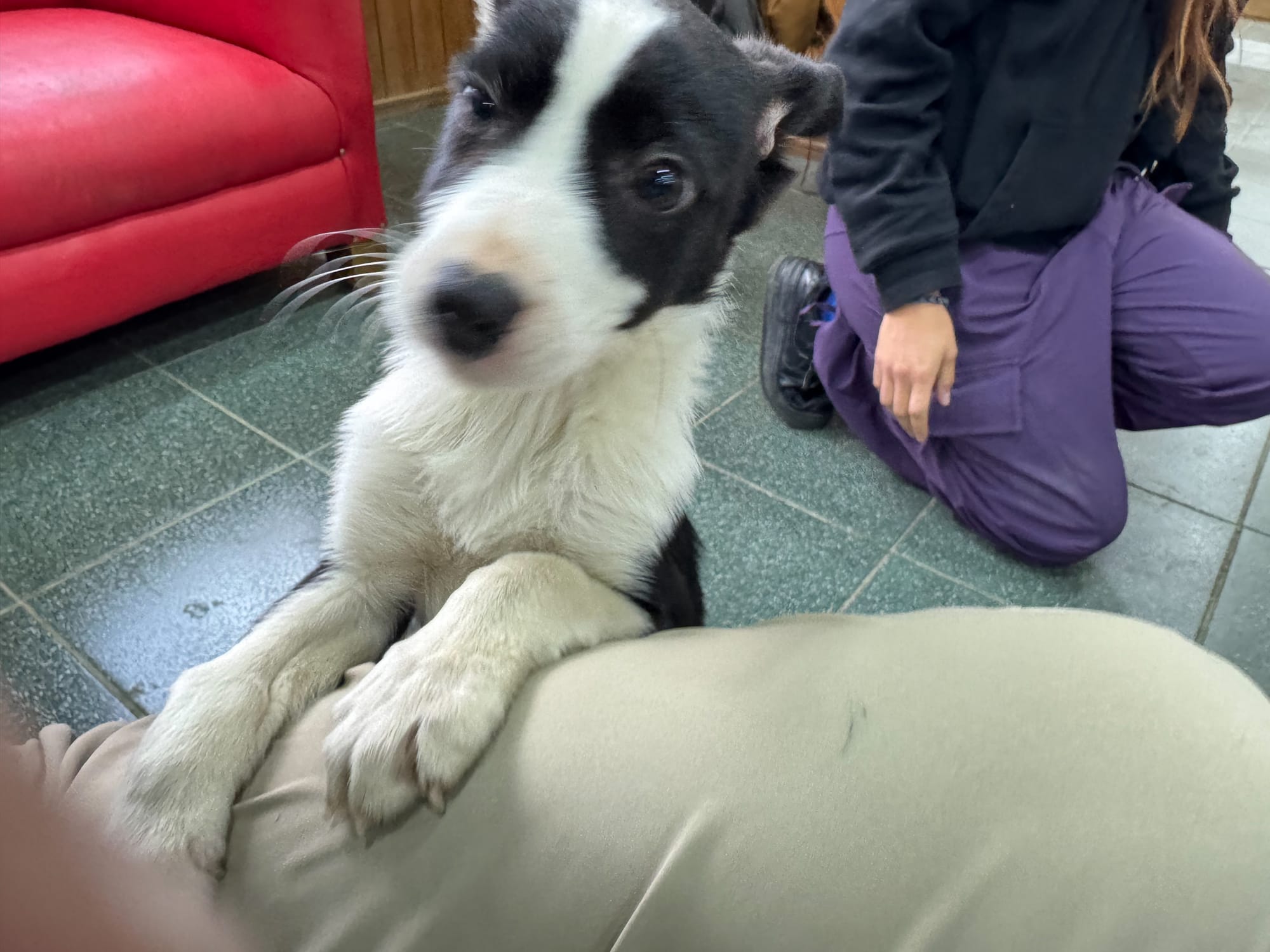
After we played with the puppies for a bit, and bought some souvenirs, we headed to the lodge. As we got closer, we started seeing guanacos along the roadside.
Guanacos are camelids endemic to South America and are one of the largest mammals found on the continent, standing approximately 3.5 feet at the shoulder and weighing between 200 and 300 pounds. They are related to Camels.
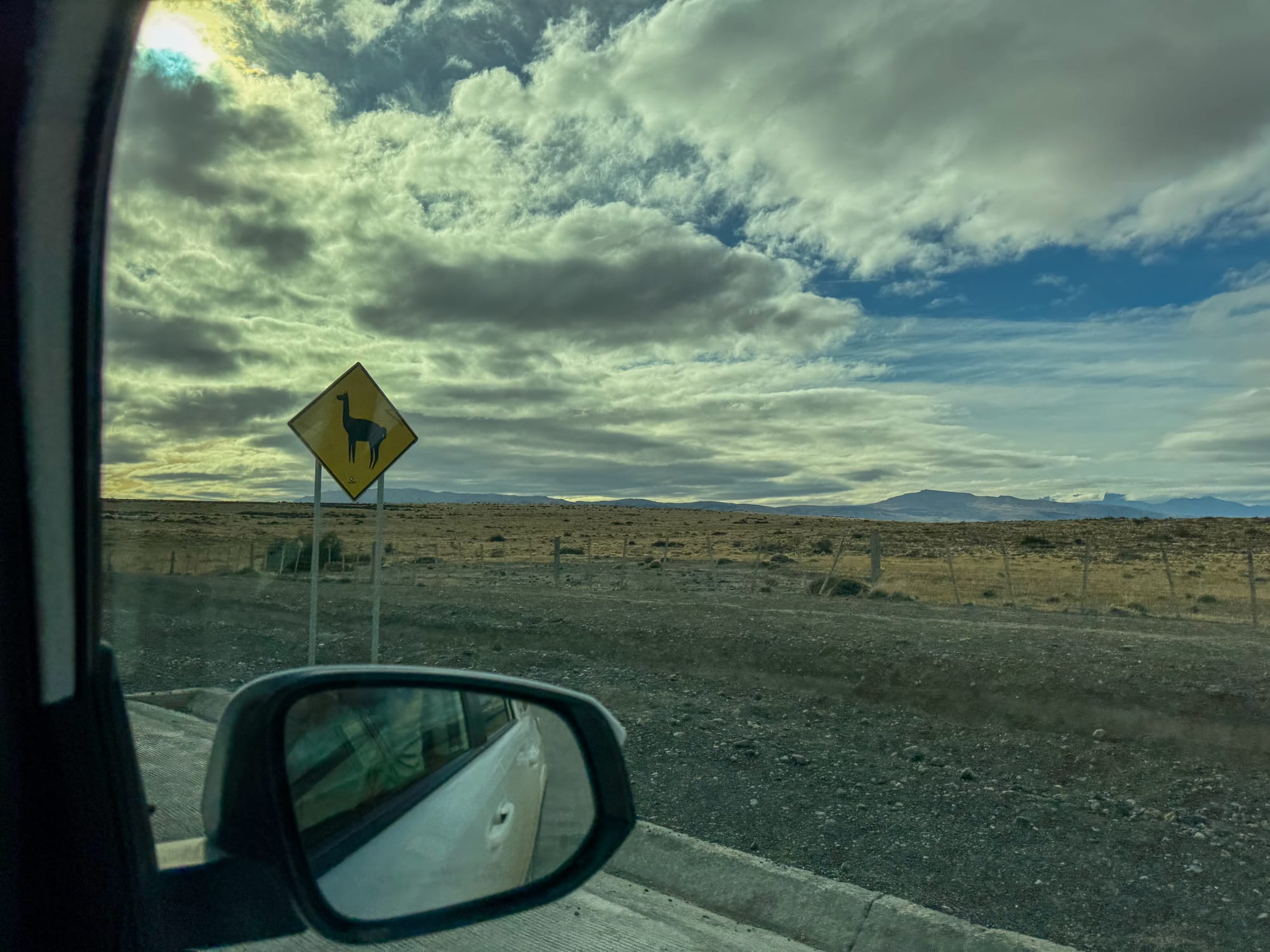
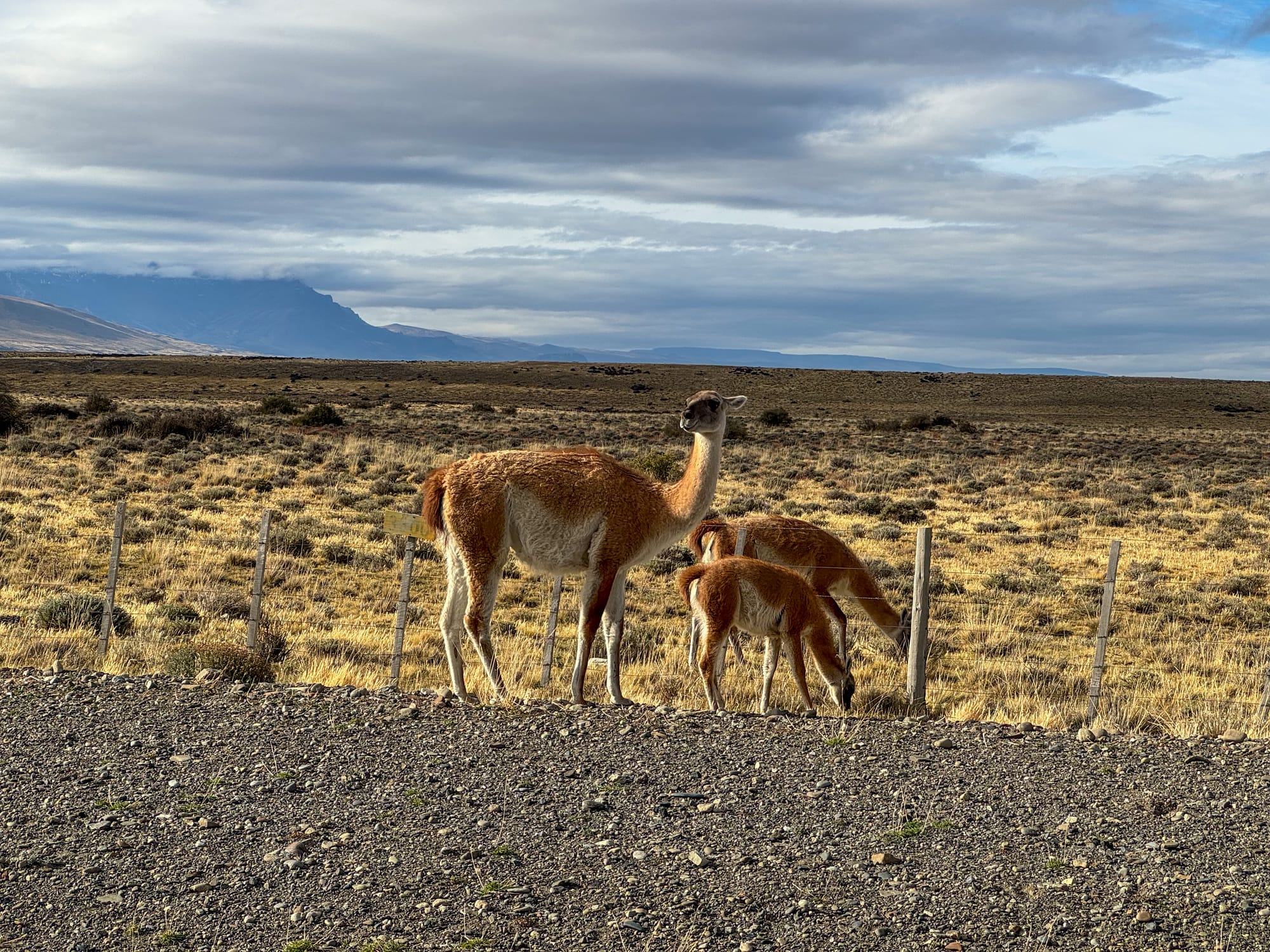
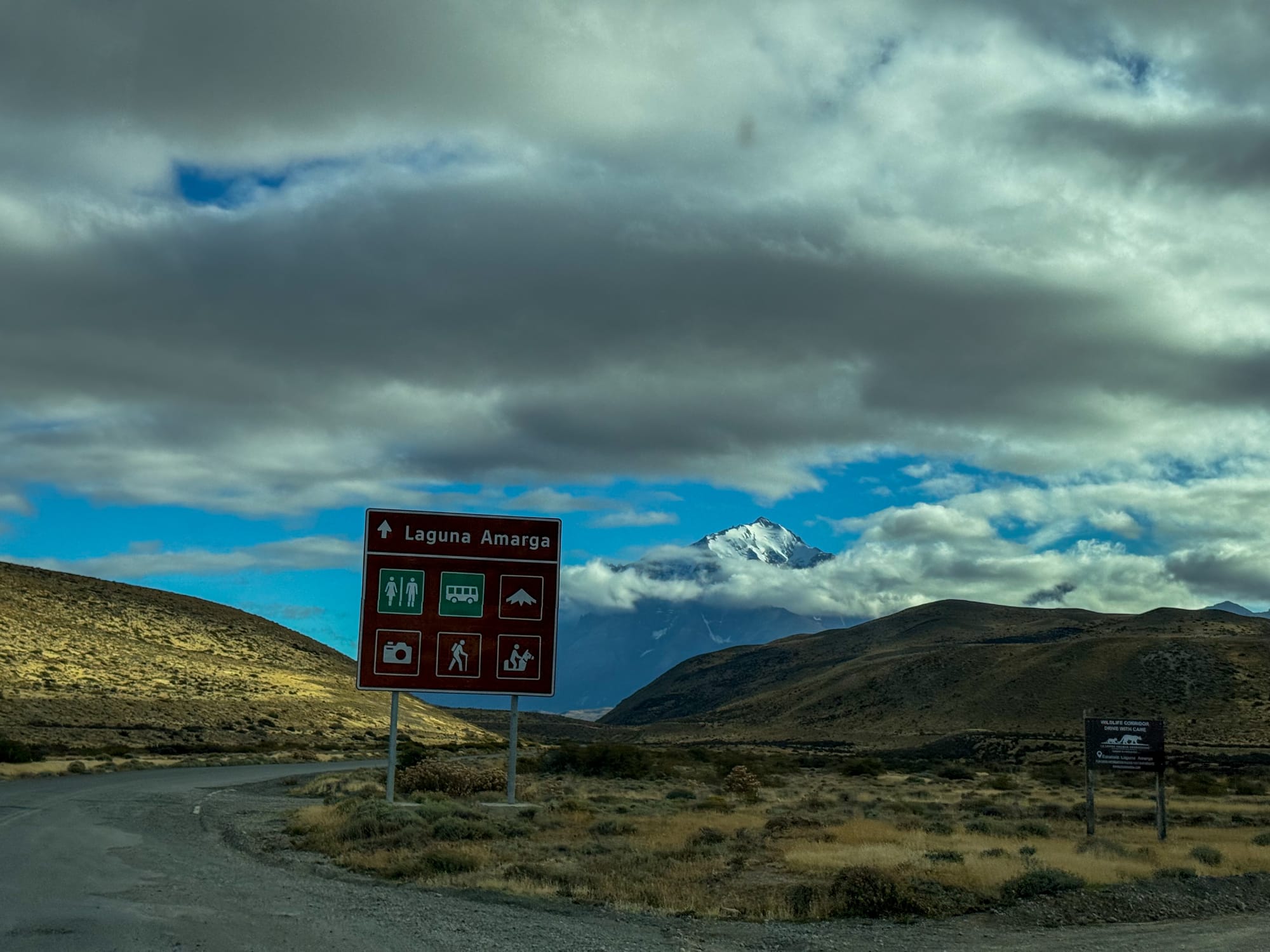
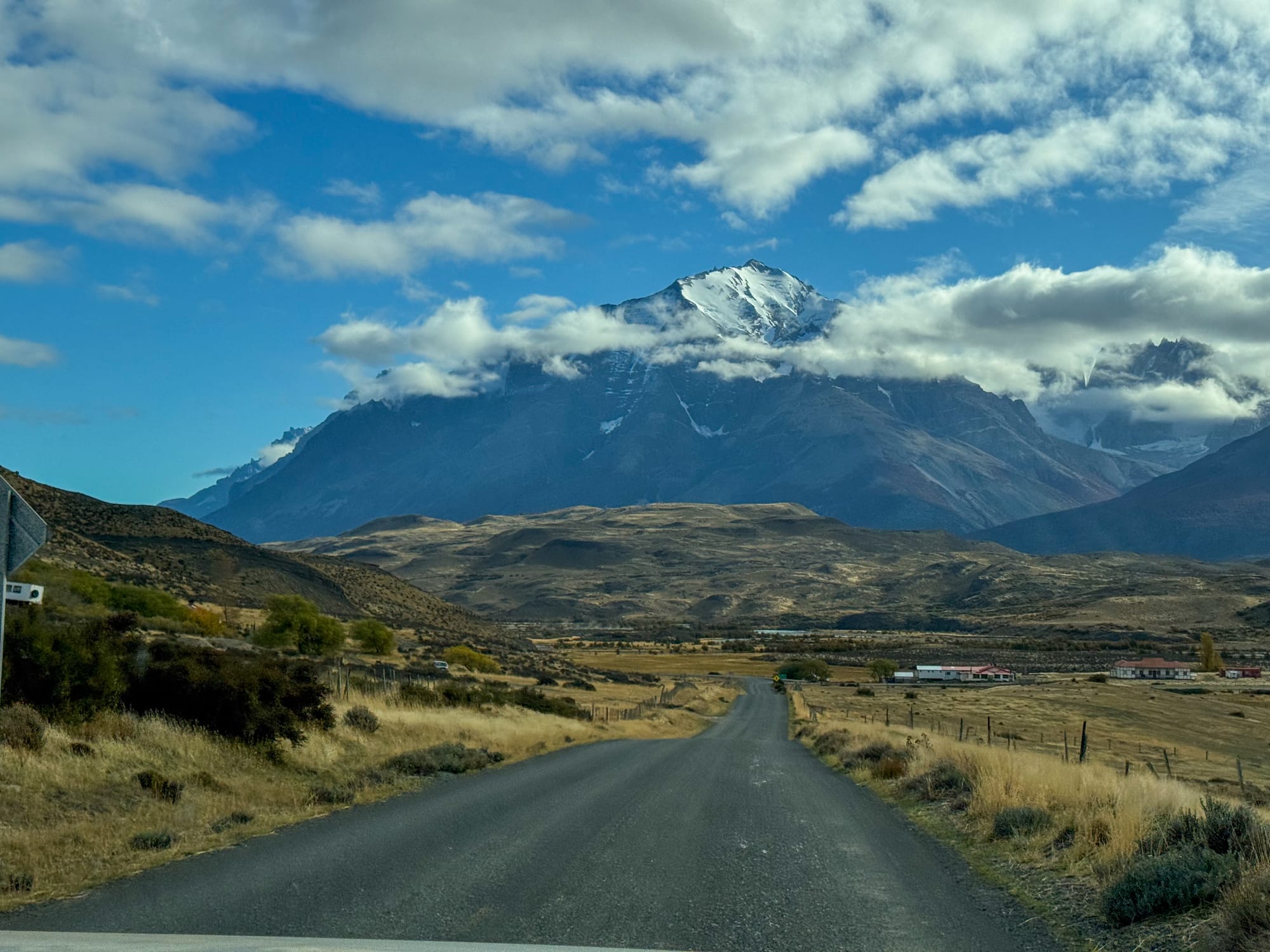
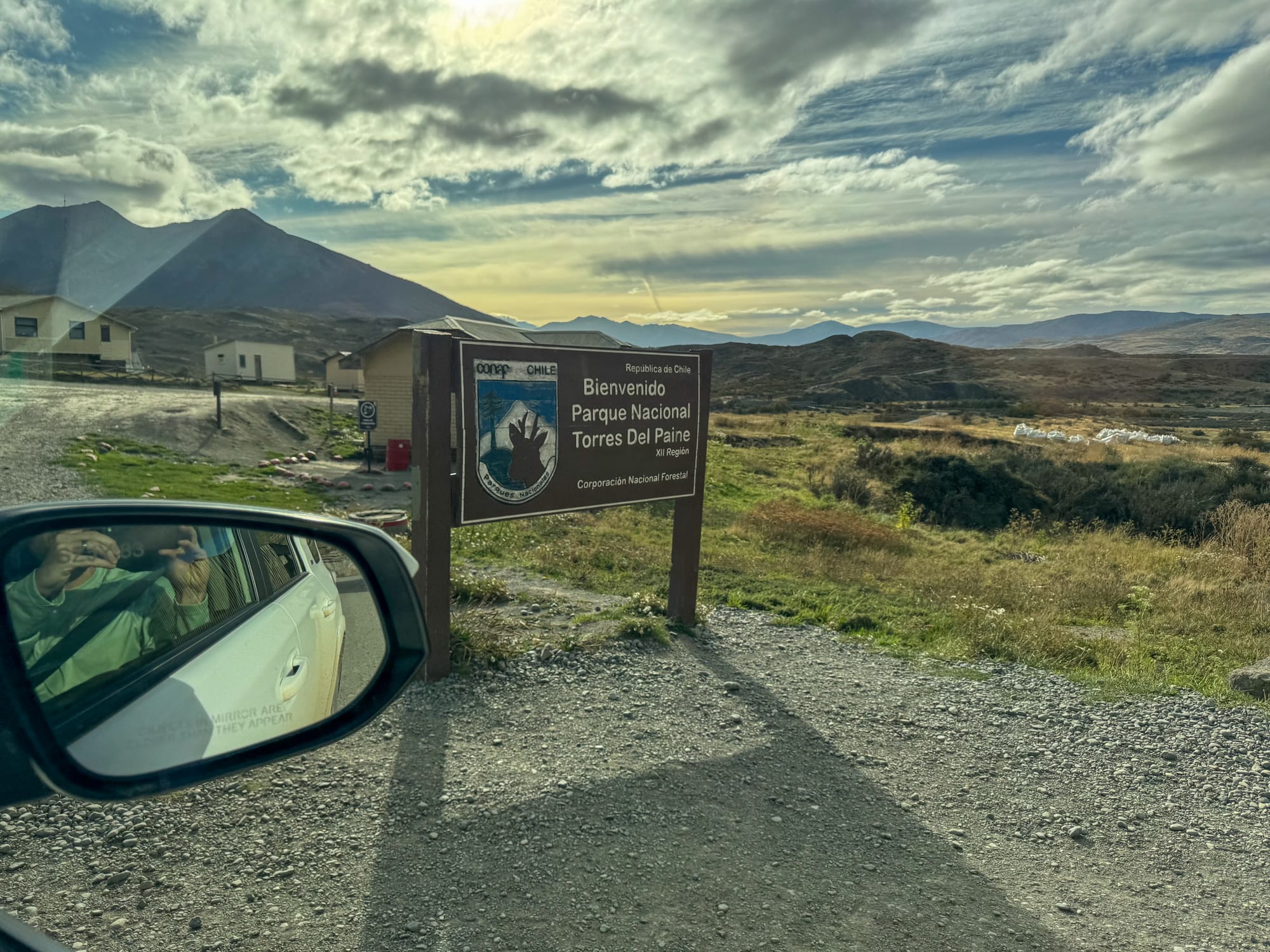
Once we arrived at the lodge, we were stunned at the surroundings. Hotel Las Torres is located so close to the base of the Torres del Paine mountains.
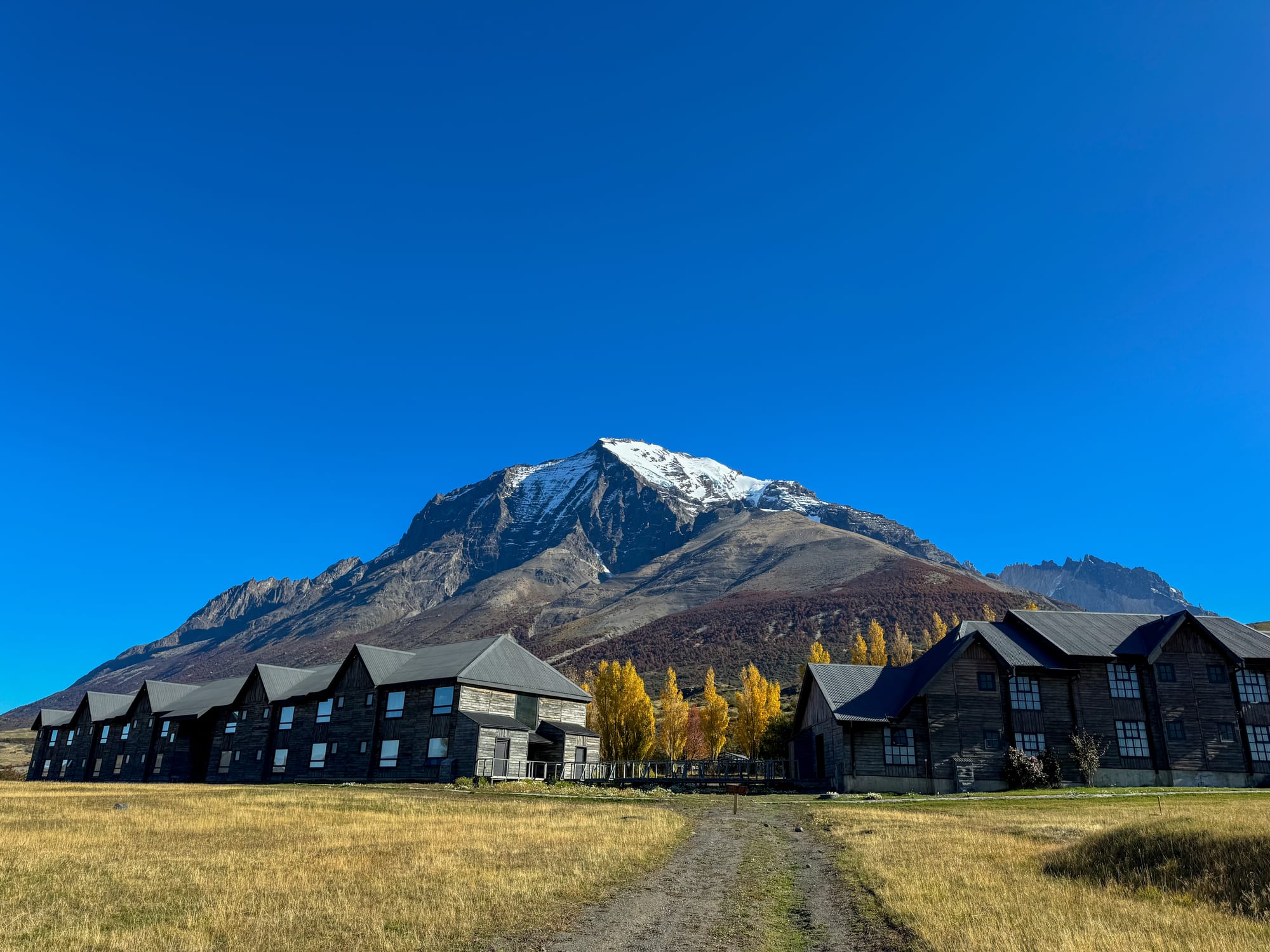
Mirador Las Torres is a stunning viewpoint in Torres del Paine National Park, Chile, offering breathtaking views of the iconic granite towers that rise dramatically from the landscape. The challenging hike to reach the mirador typically takes 7-9 hours round trip, rewarding trekkers with panoramic vistas of glacial lakes and rugged peaks. This spot is especially popular at sunrise when the towers glow with vibrant hues of orange and pink.
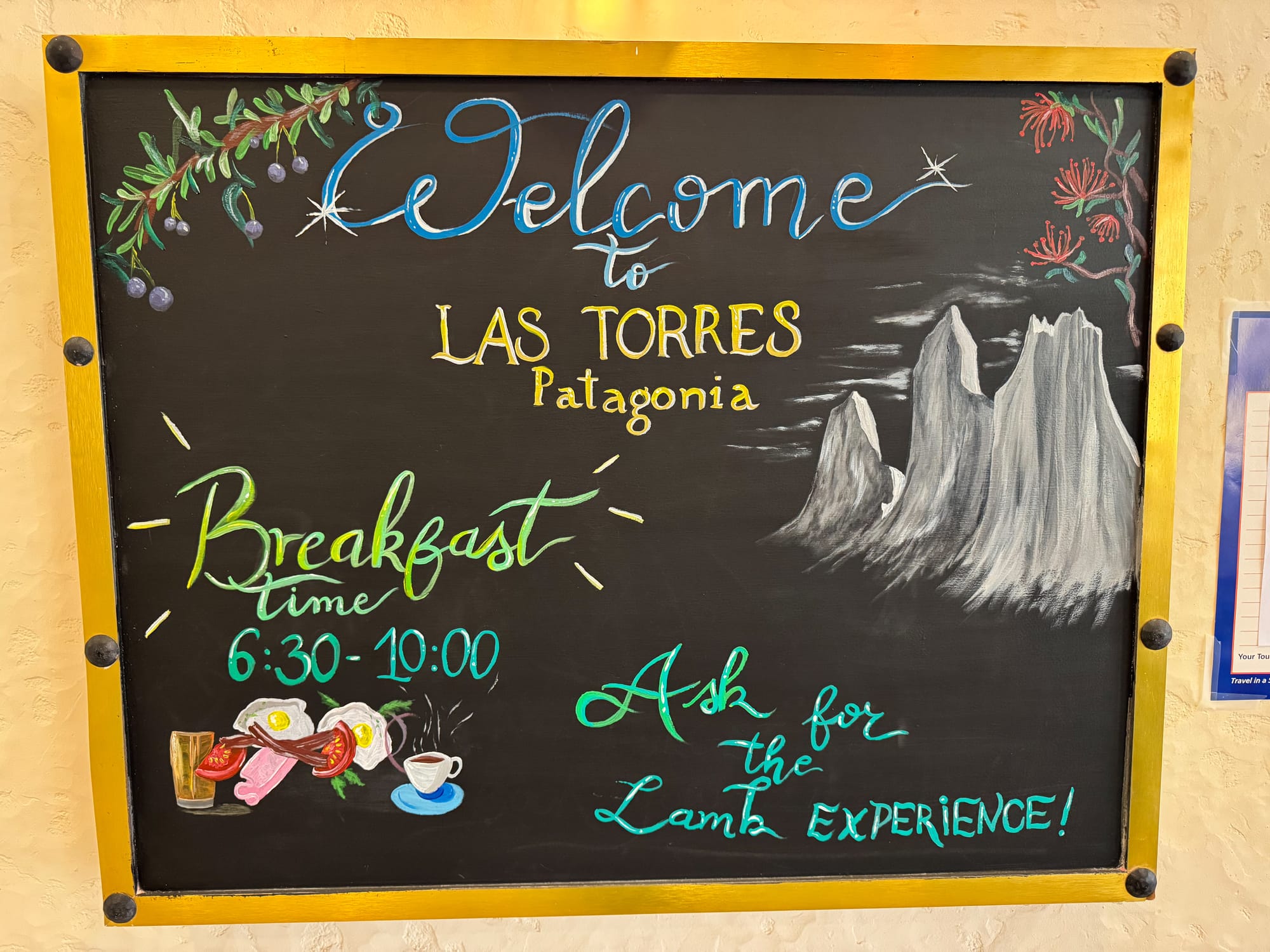
Our room was much smaller than we expected. When I booked the trip, I didn’t pay too much attention to the difference between the standard room and the superior room. We definitely should have went with the superior room. It was cramped living with all the photo gear we had brought with us.
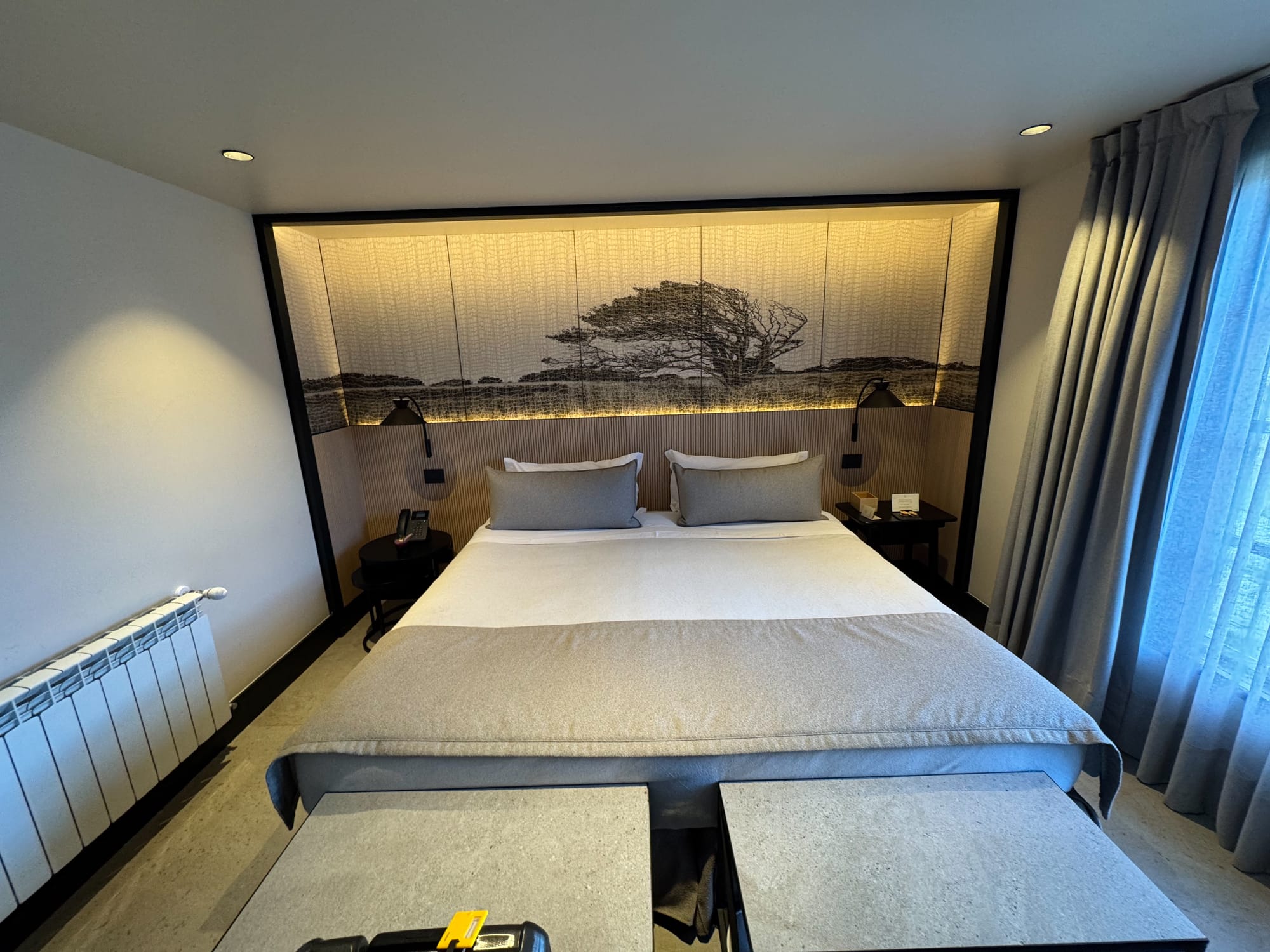
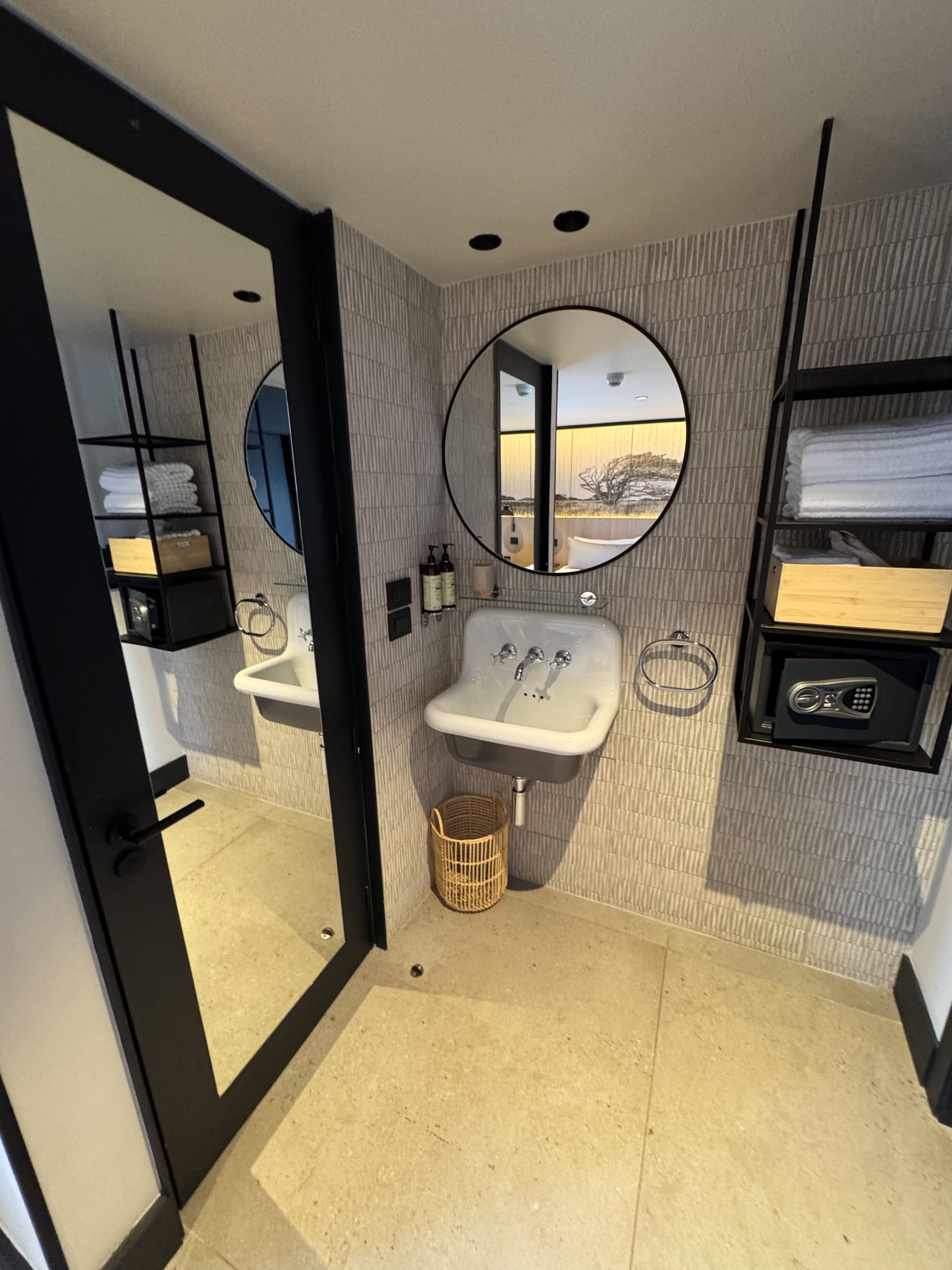
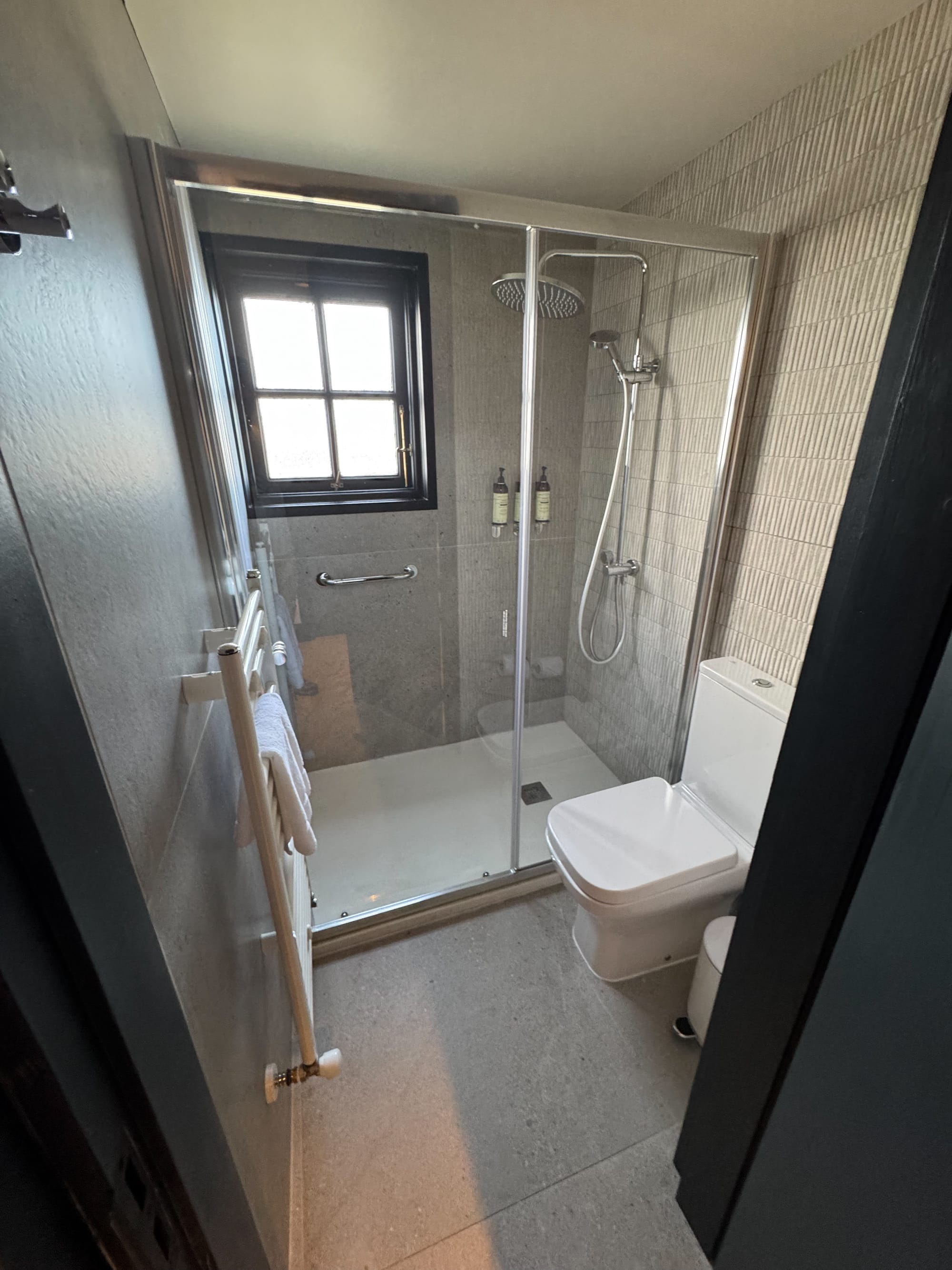
After we dropped our luggage, it was almost time for dinner. We had a look around the property before sunset. The bar had a very nice view of the mountains.
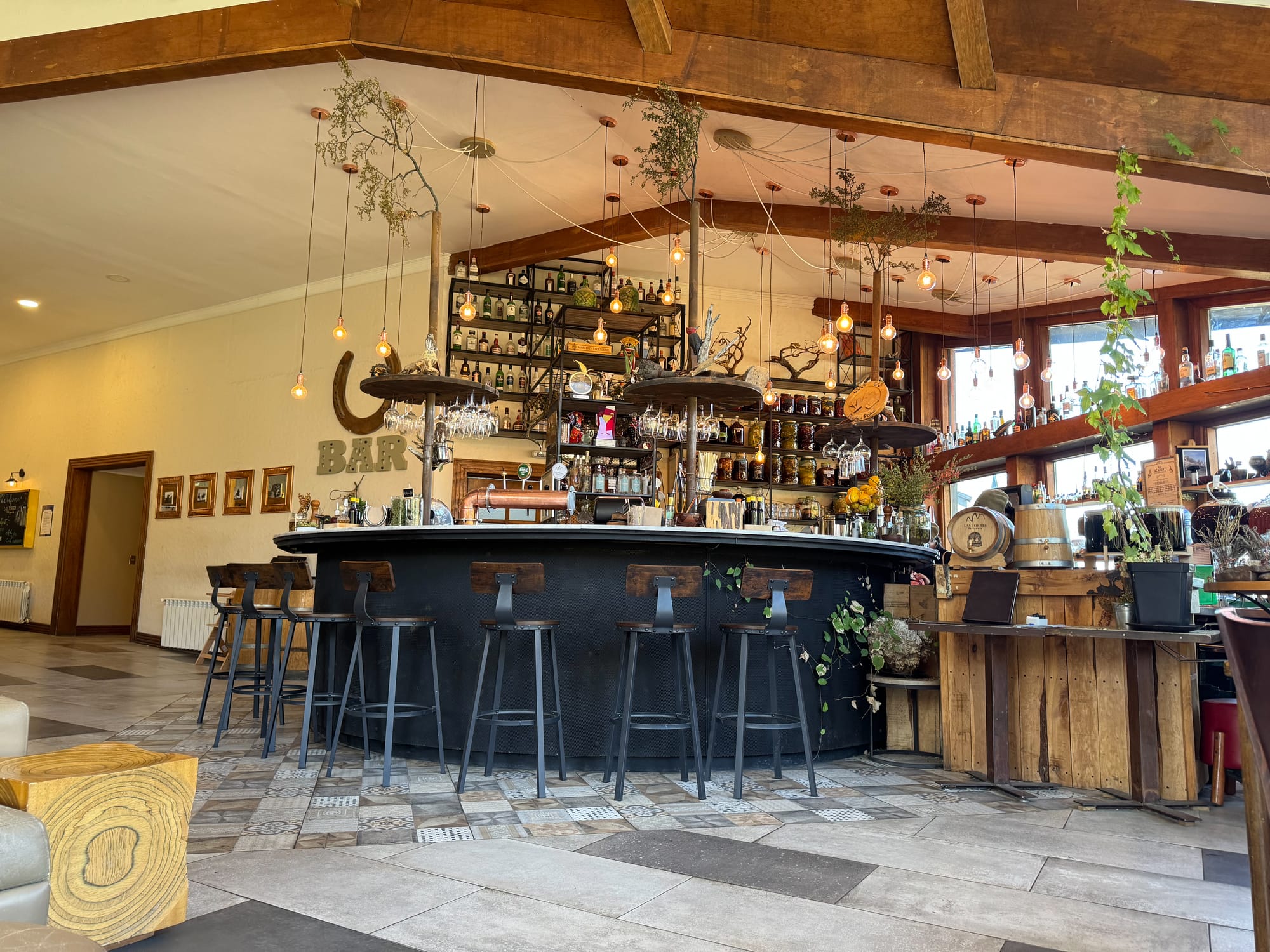
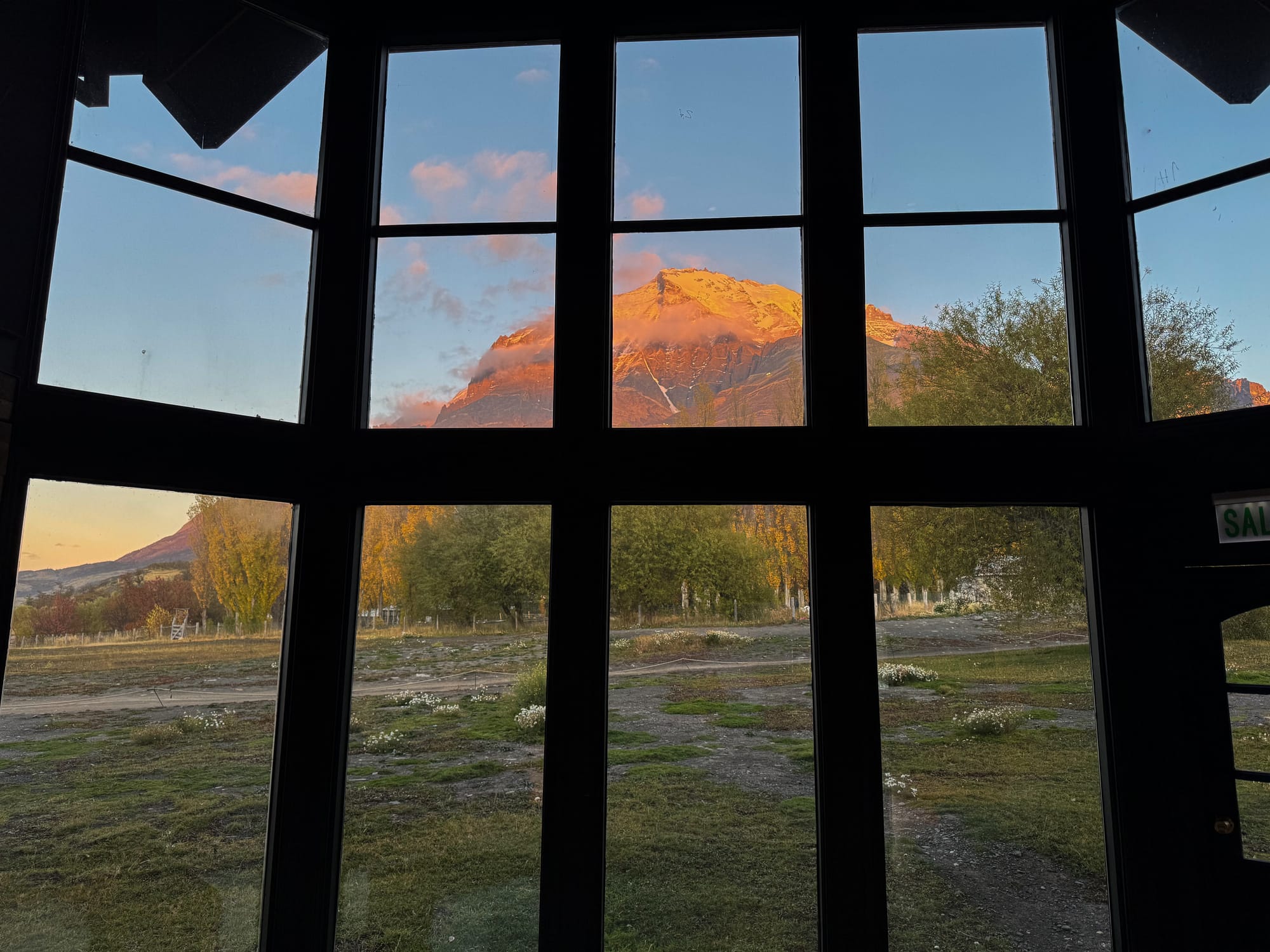
Hotel Las Torres bar and view
We then made our way to the restaurant on the property. It was actually a stand alone building separated from the lodge itself. You have to walk outside in the cold mornings and nights to get breakfast and dinner. It really shocks you awake at 6am when you go out to the 30 degree climate. At least it didn’t rain on us and the wind was mostly calm. For dinner, I had steak and my wife had lamb for dinner. The restaurant even has a BBQ/Grill room with a hot fire pit in the center.
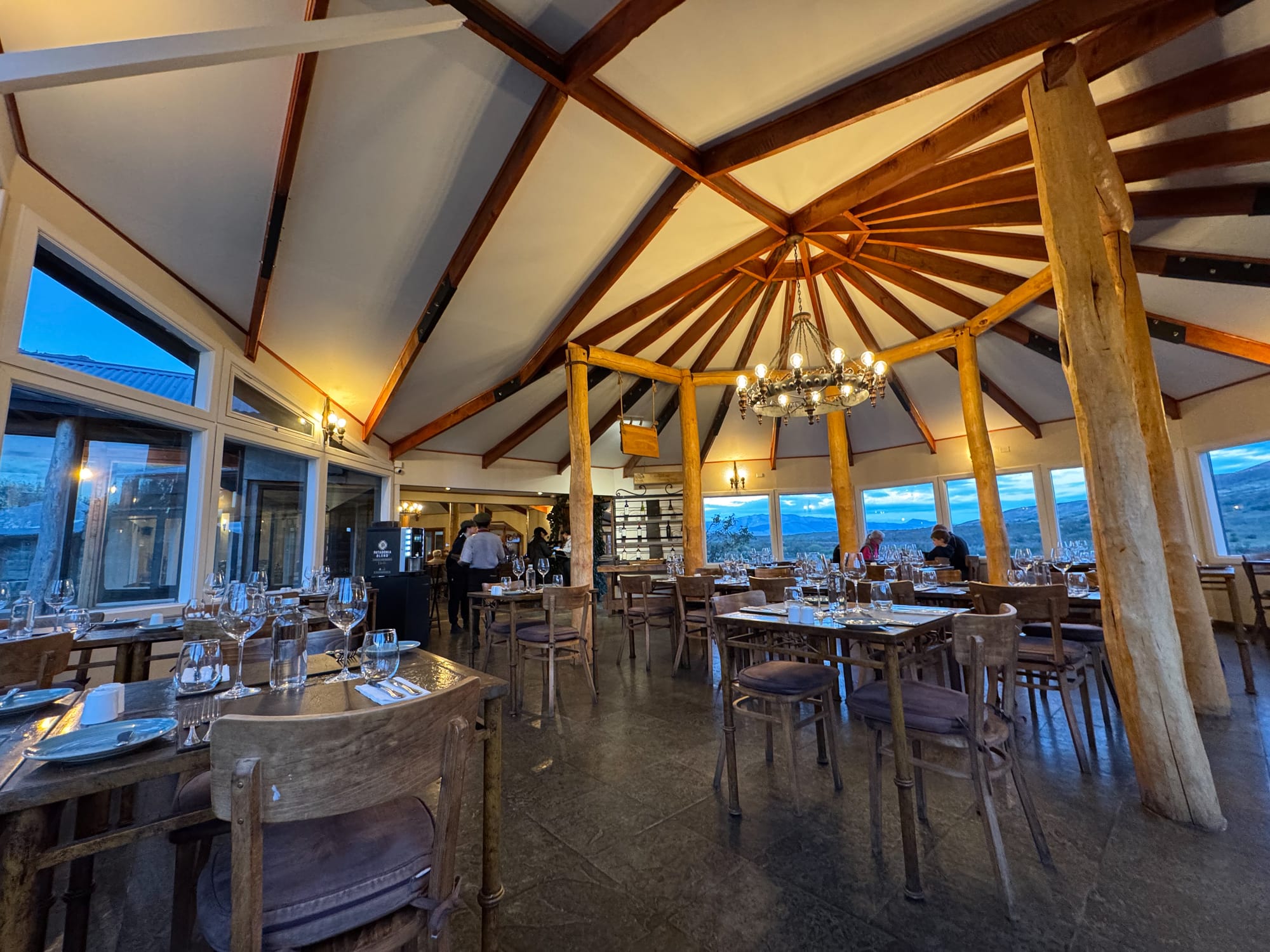
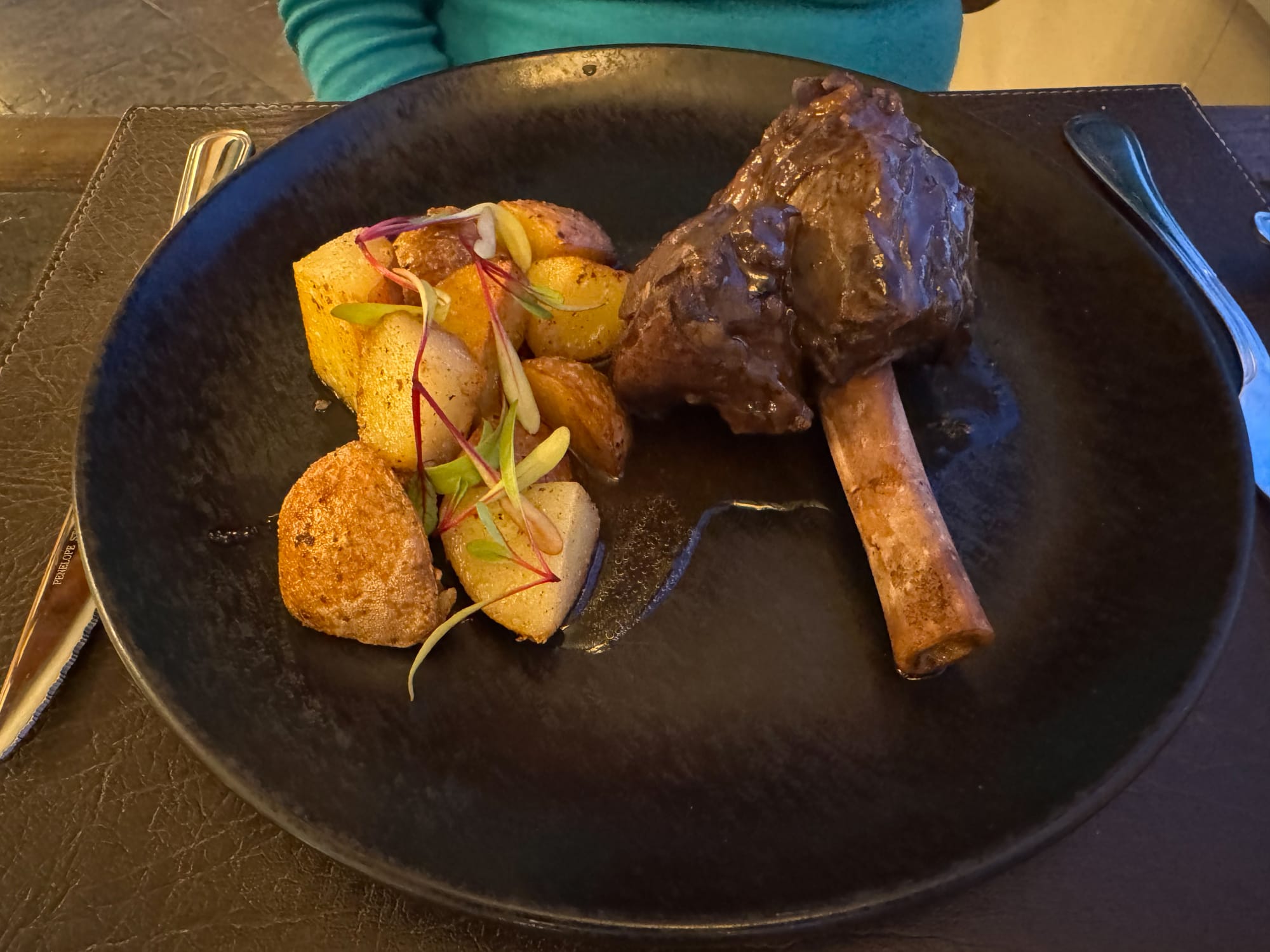
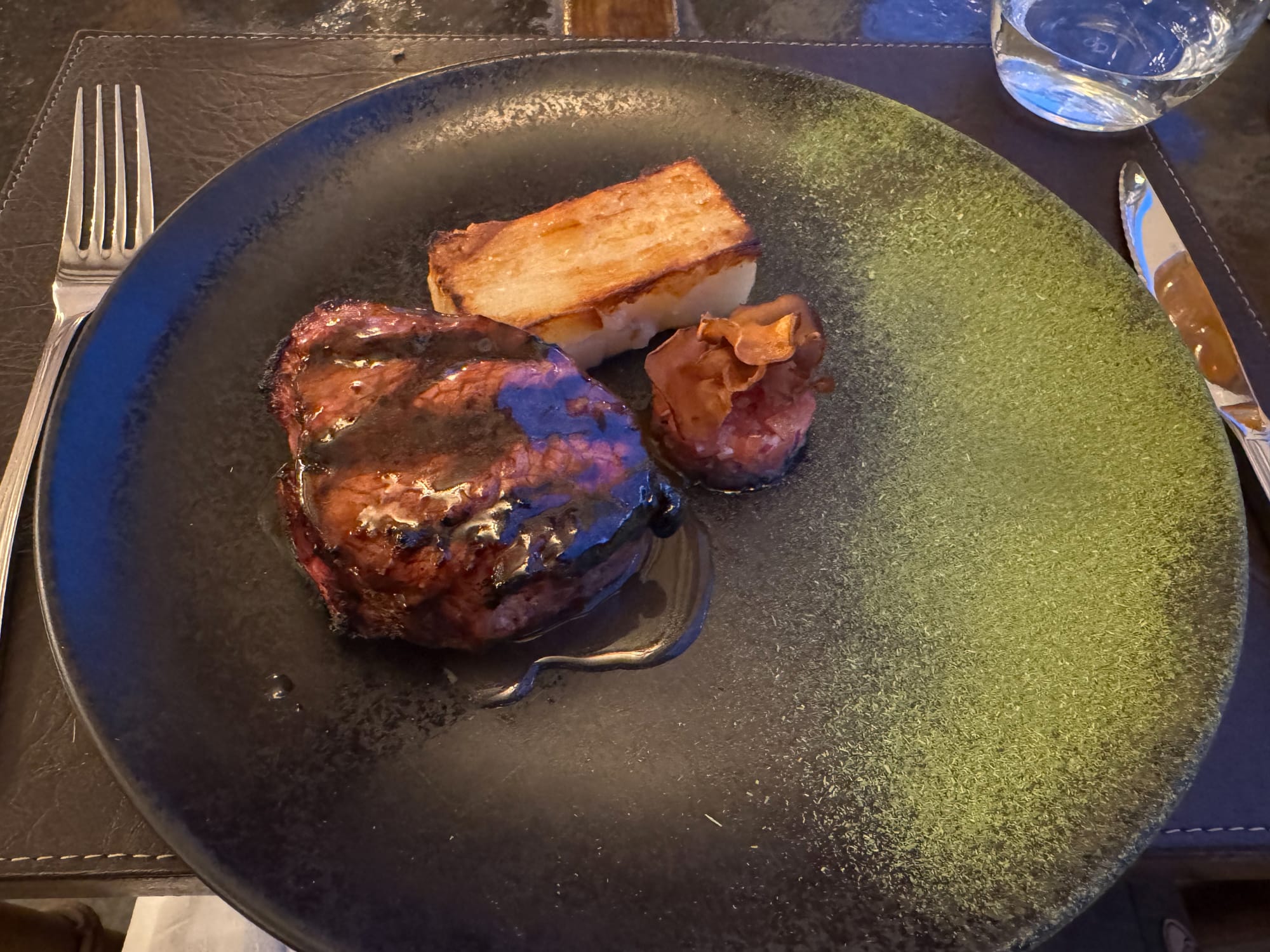
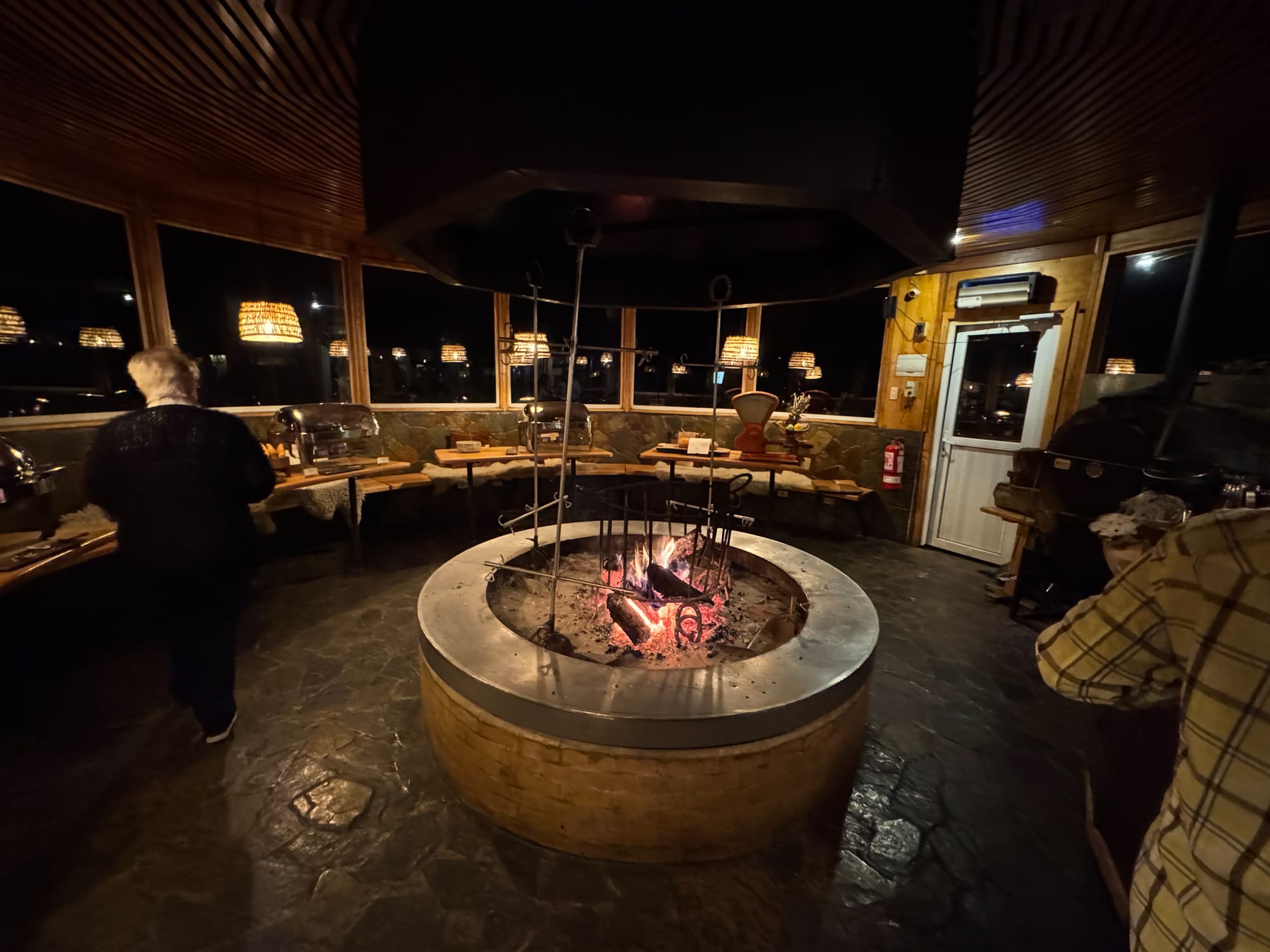
After dinner we headed back to the room to get our gear ready for the morning. We woke up at 5:45am to have a quick breakfast and get ready before we got picked up at 7:30am to start our first puma safari. We would be exploring Laguna Amarga in search of Pumas.
Laguna Amarga is a private estancia bordering the famous Torres del Paine National Park. It has close to 7,000 hectares of land and is home to one of largest concentrations of pumas in Chilean Patagonia.
We started our drive just as the sun was rising. The moon was still over the towers at Torres del Paine.
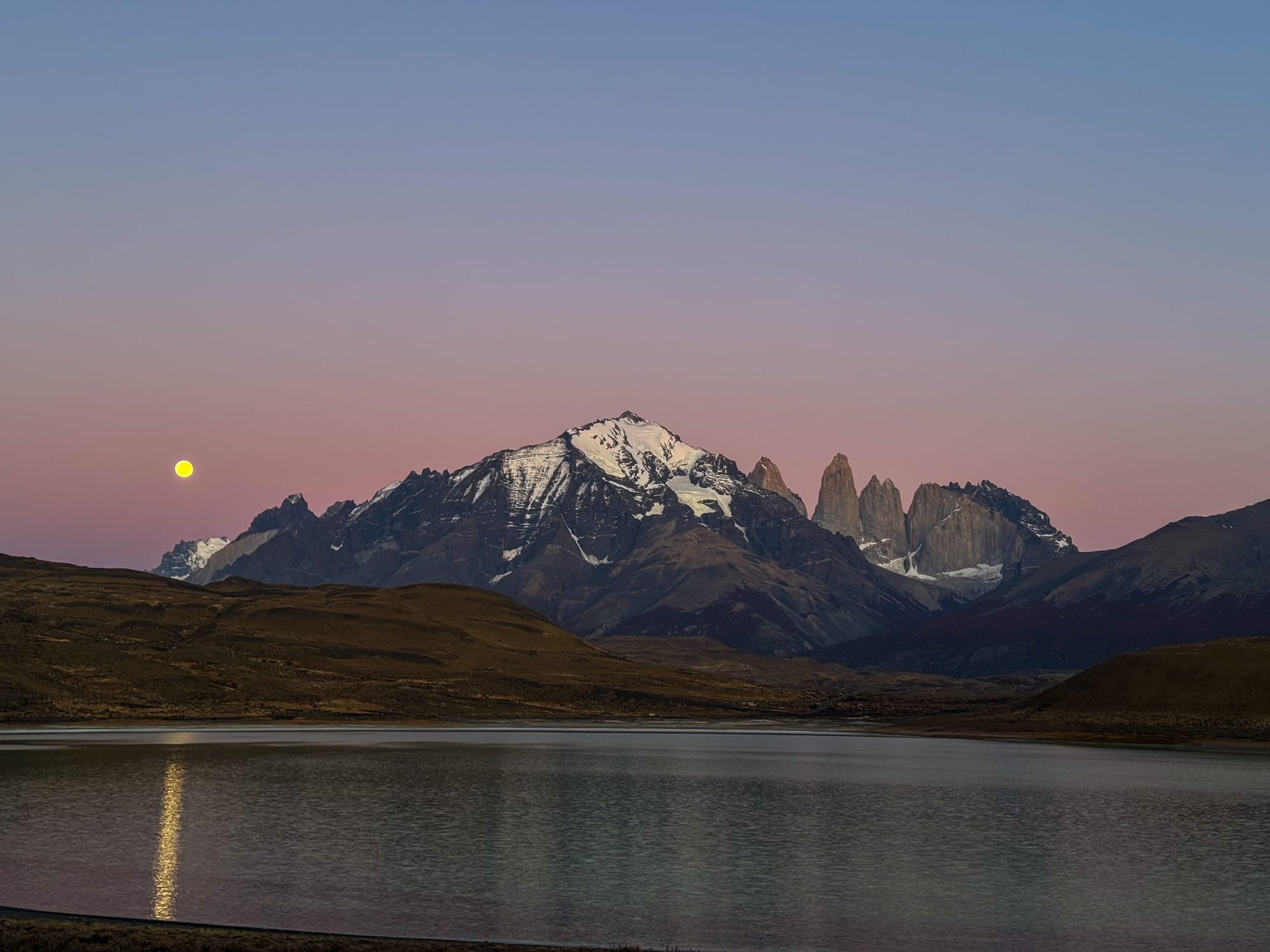
During our stay, we had the assistance of a dedicated Puma tracker. His name was Marciel and had been tracking the cats in Patagonia for over 15 years. After about two hours into our morning, Luz got a call on the radio from him saying there was a puma spotted in the National Park, close to the edge of the estancia. Luz didn't want to miss the opportunity to view the elusive cat, so we quickly made our way to Marciel's location.
The problem we encountered in the Park is that visitors must stay on the road or designated trails, unlike the estancia where we have the freedom to go anywhere. This meant our viewing of the puma would be from a great distance, over 1/4 mile away. It was impossible for me to see the cat with binoculars. It didn't help the puma was barely moving as it was stalking it's prey, making it difficult to spot. Take a look at the photo below, can you spot the puma?
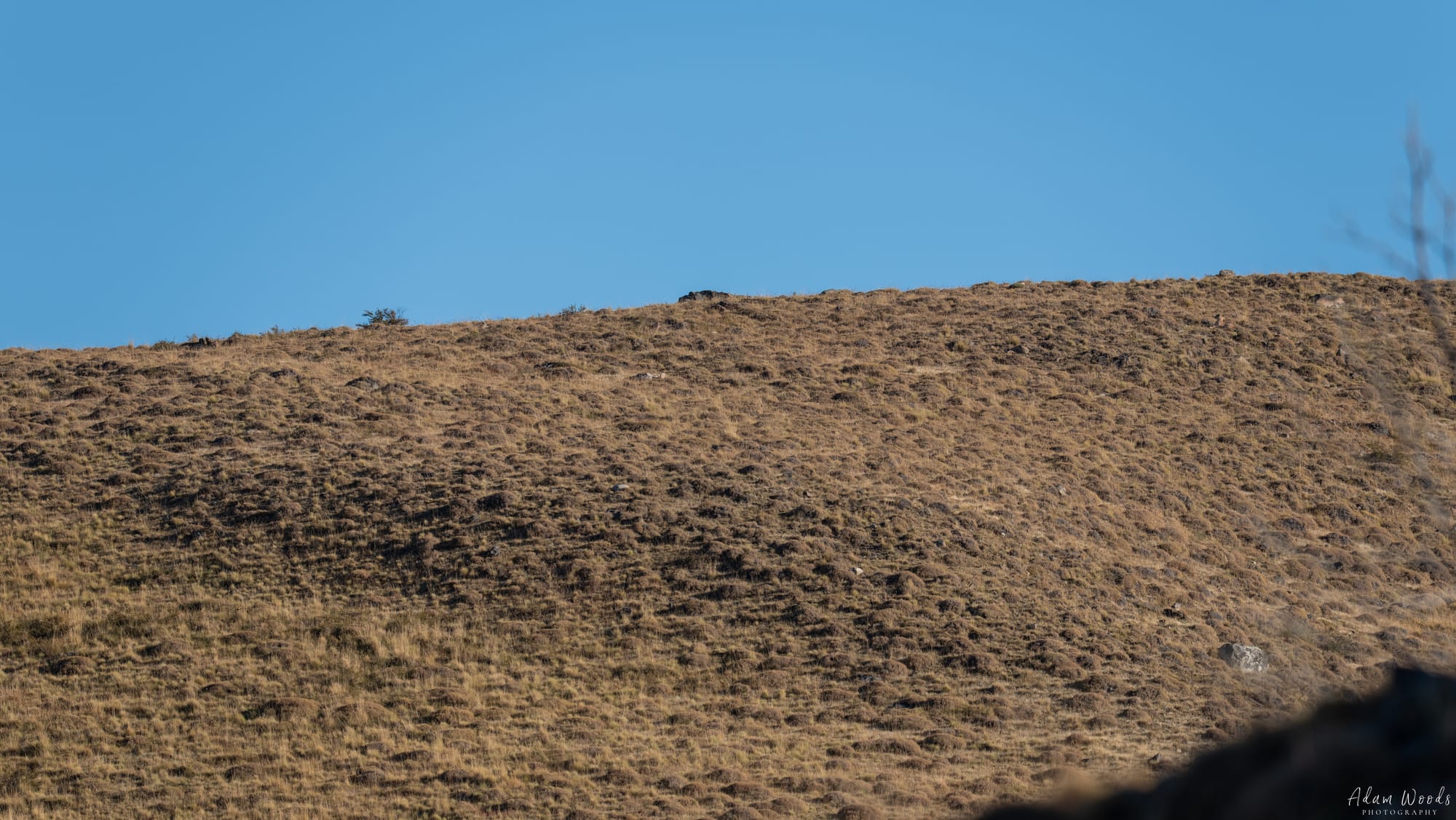
Here is the puma circled.
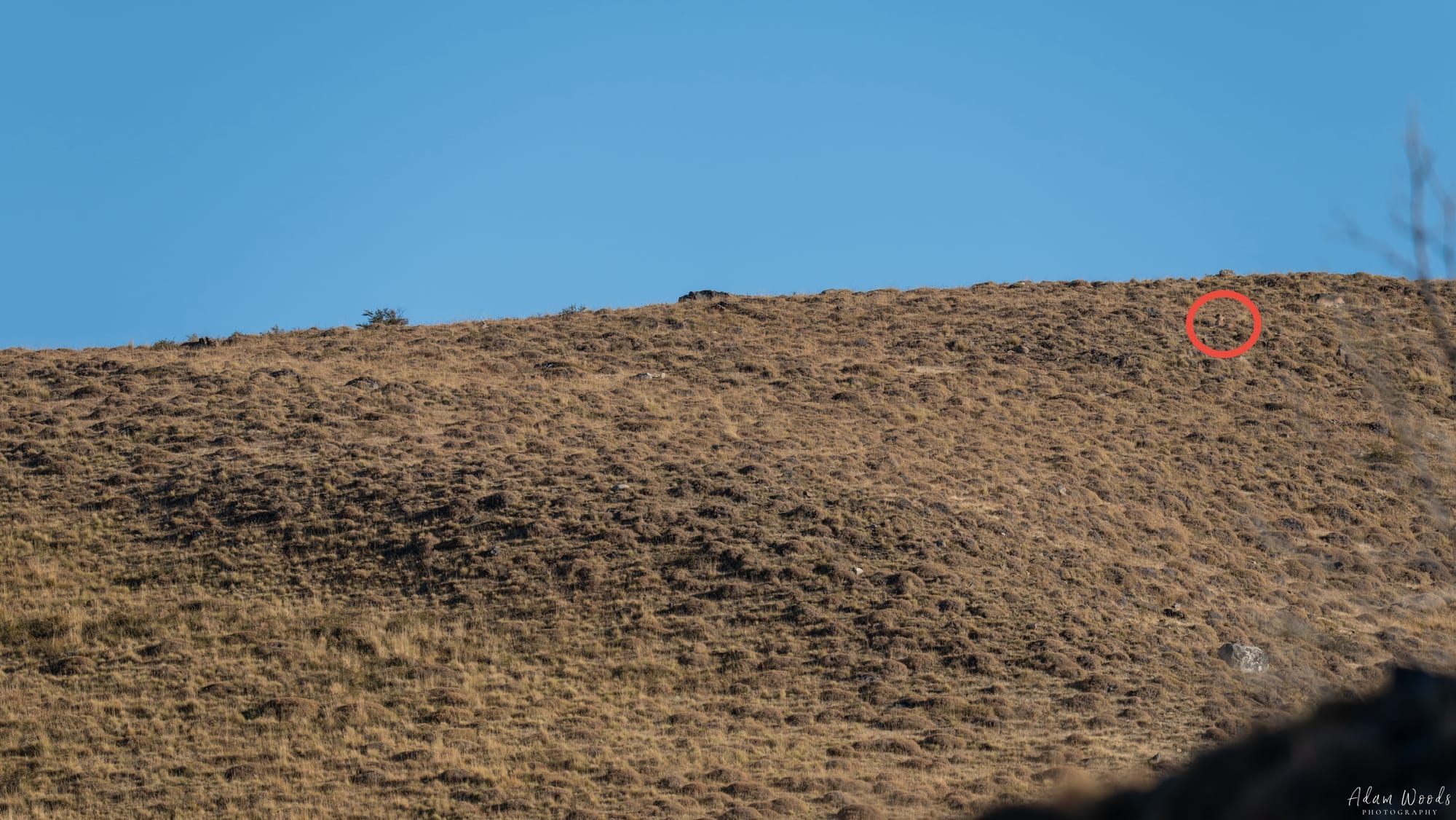
The puma was in full hunt mode. There was a guanaco not far from her, and she was stealthily getting closer, inch by inch. Everyone with us thought for sure we were about to see an attack. Due to the distance, I didn't get to take any close up photos, but with the help of my monopod steadying my camera, I got some video of the hunt.
Ultimately she waited too long and the guanaco moved away over the hill. We waited for about an hour to see if she would come down the hill closer to us, but she made her way deeper into the park. We then headed back to the estancia to continue the search. During our trip, I got some pretty good shots of the guanaco in their environment.
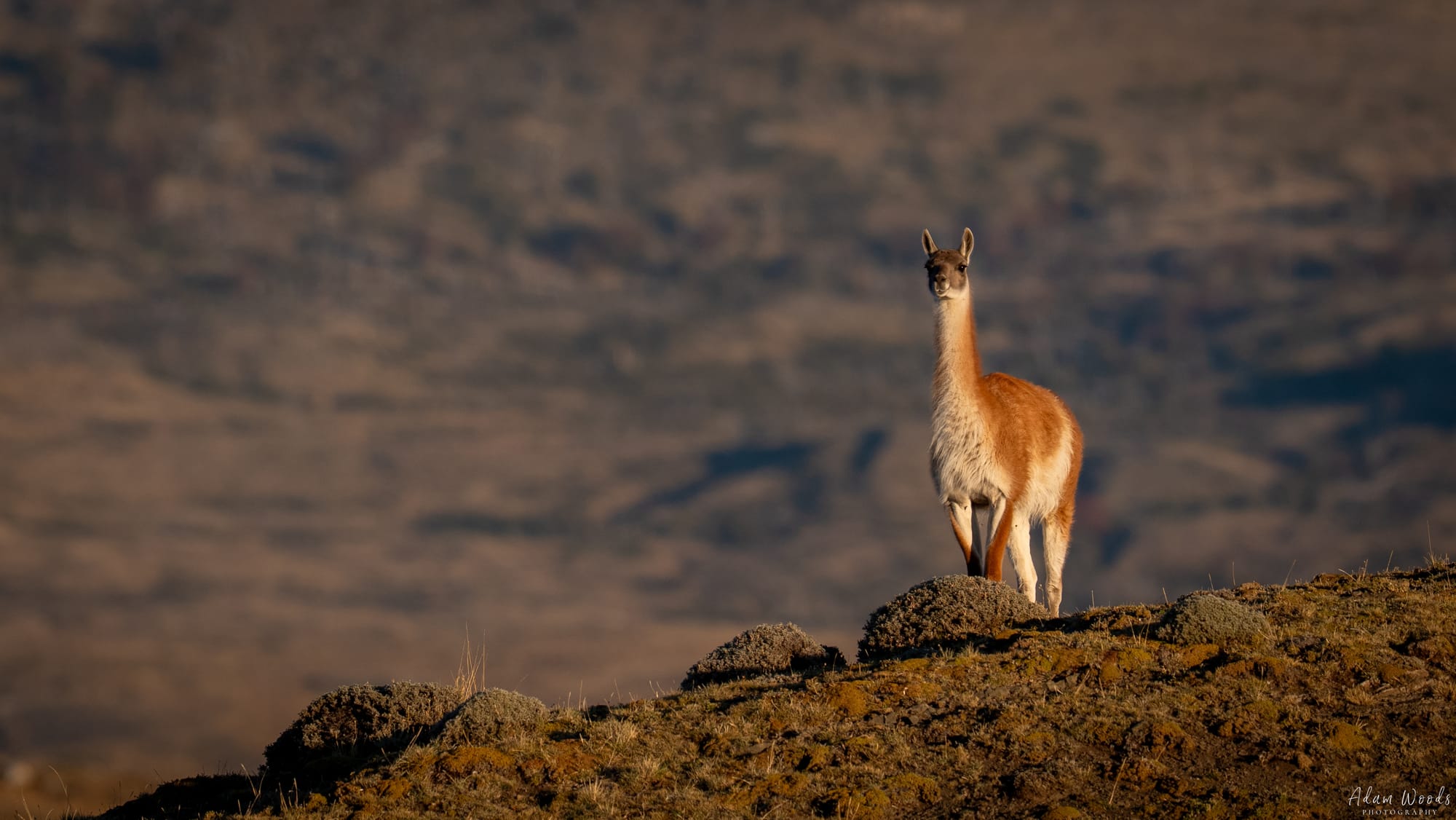
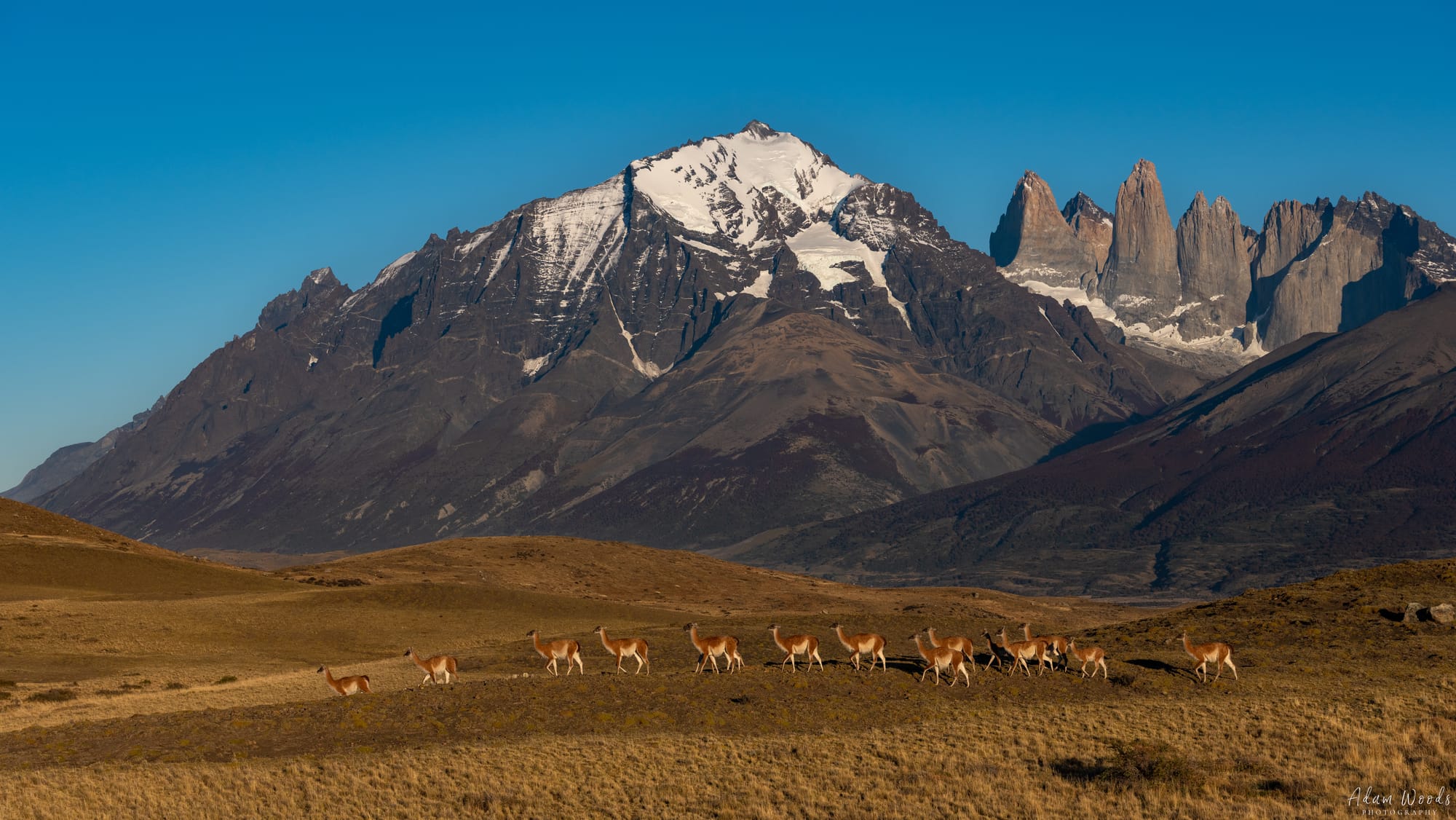
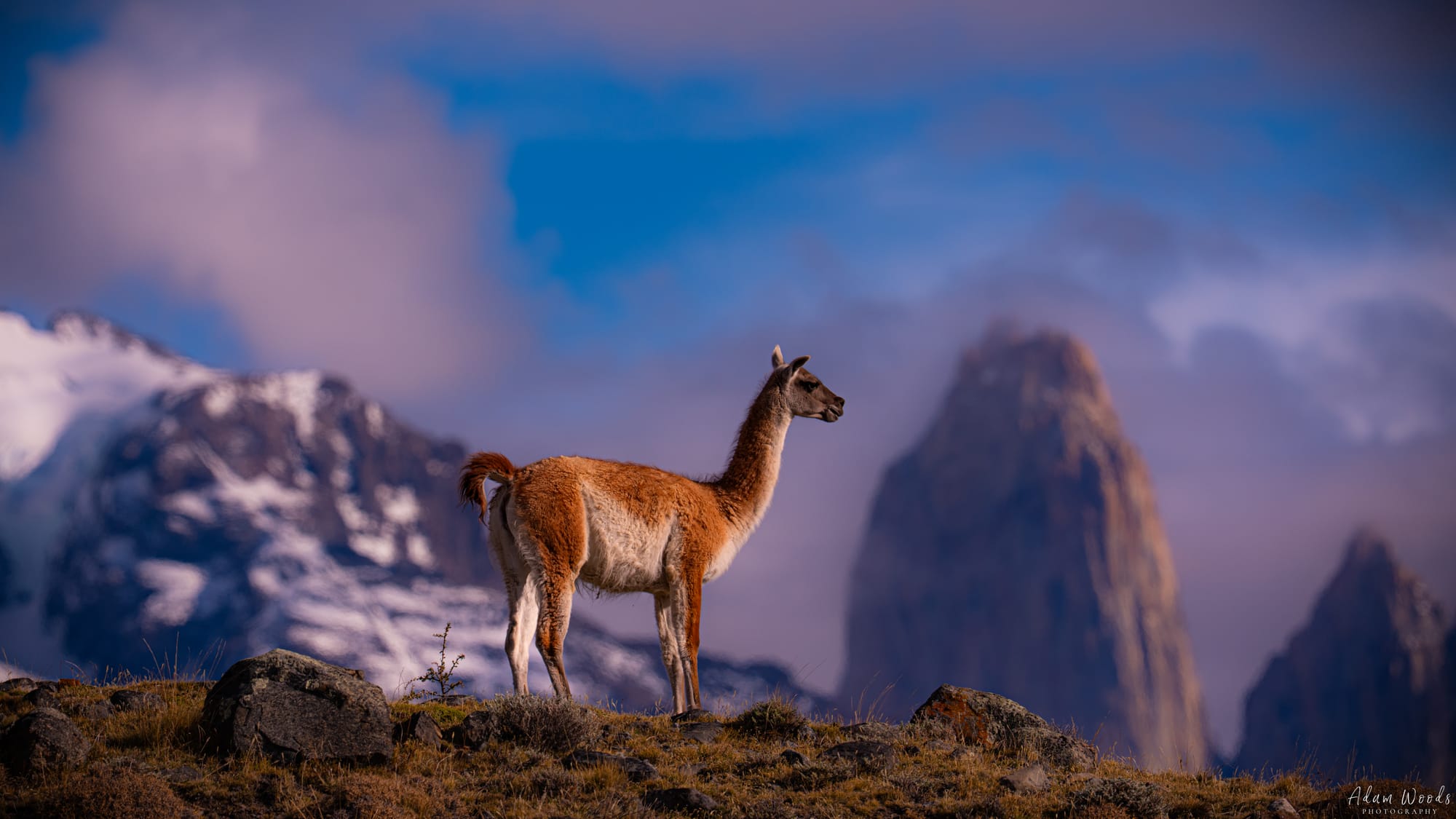
In addition to the guanaco, I got some great landscape pictures. It is hard not to get decent pictures surrounded by the epic terrain.
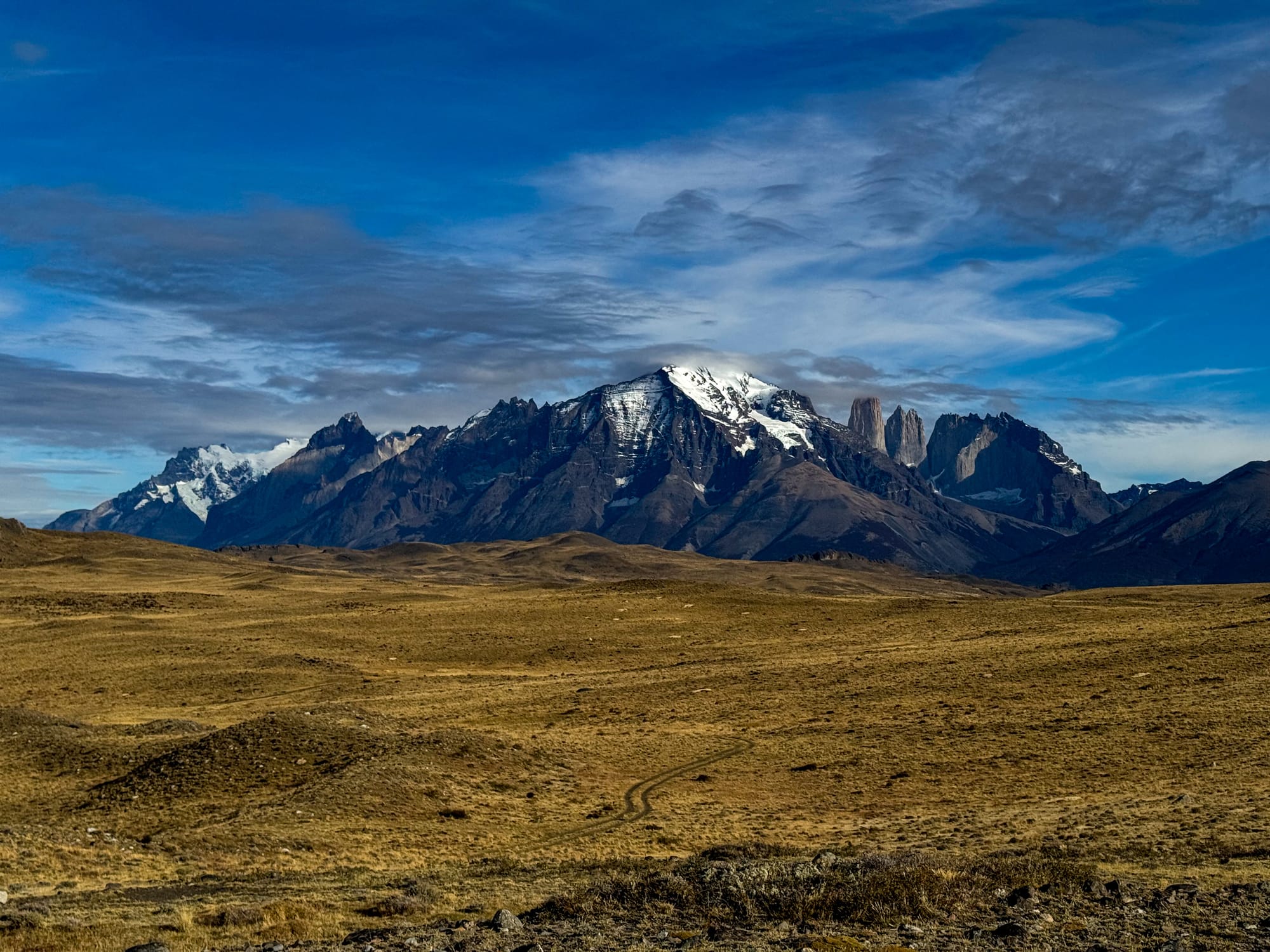
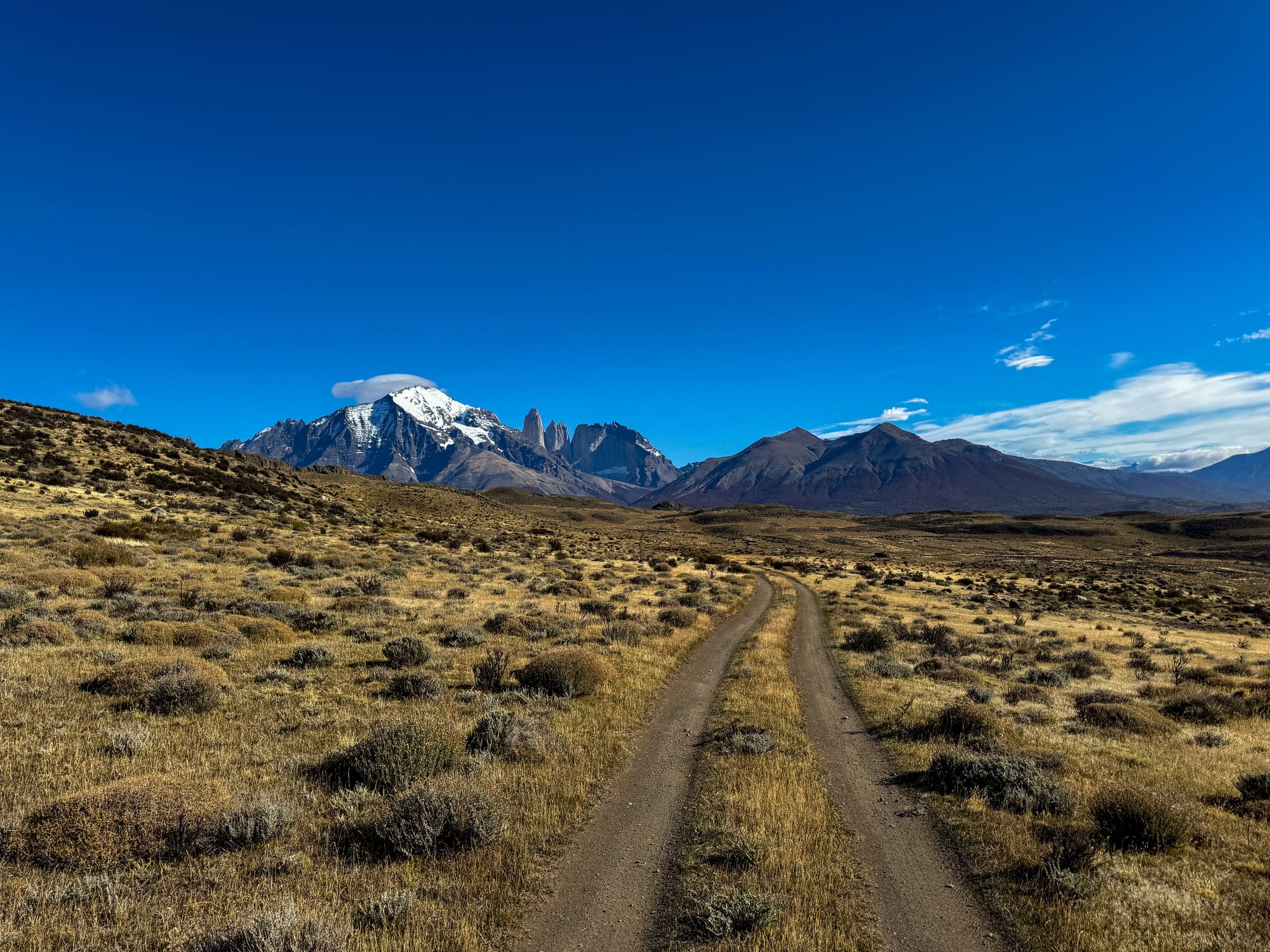
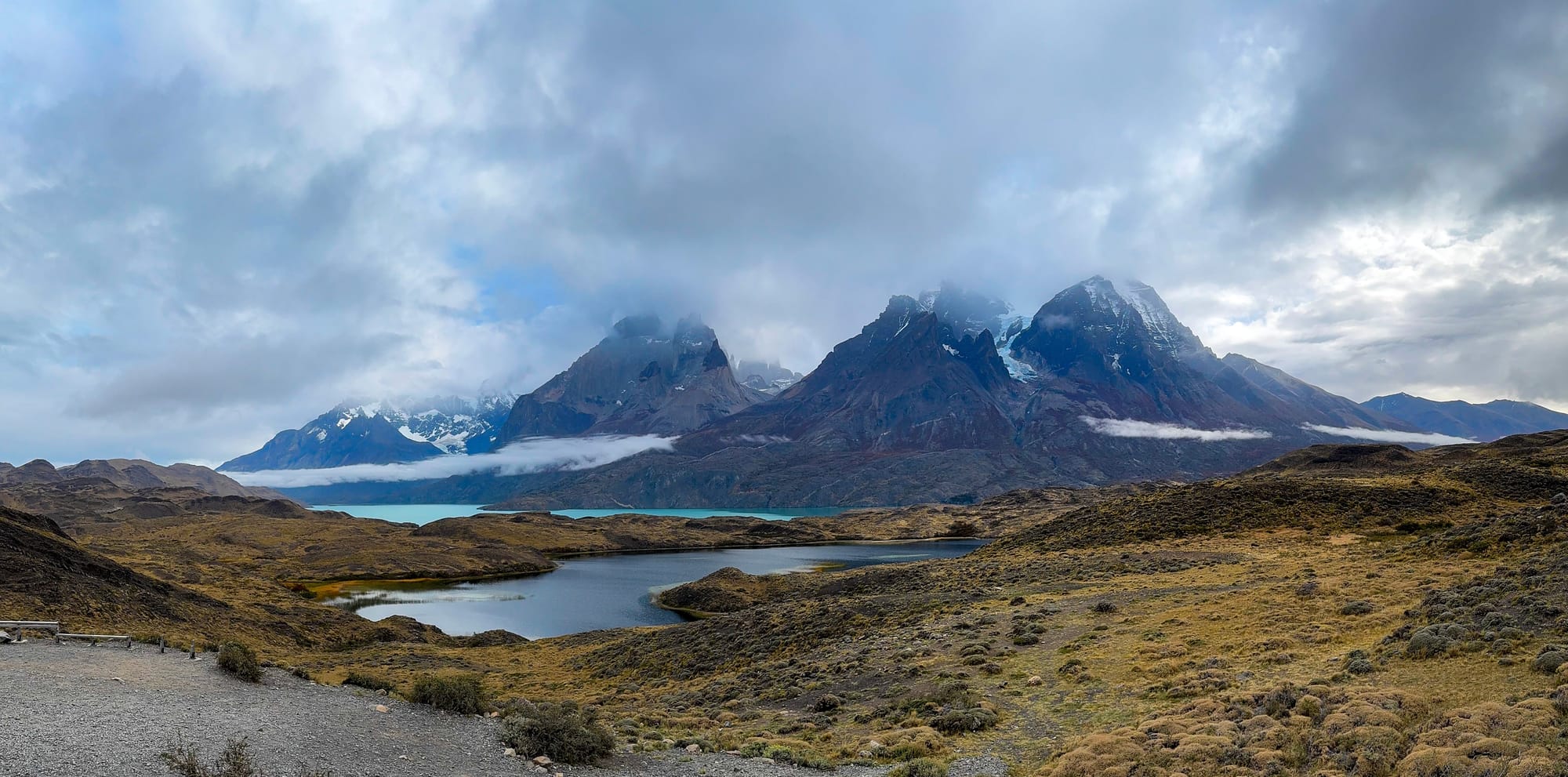
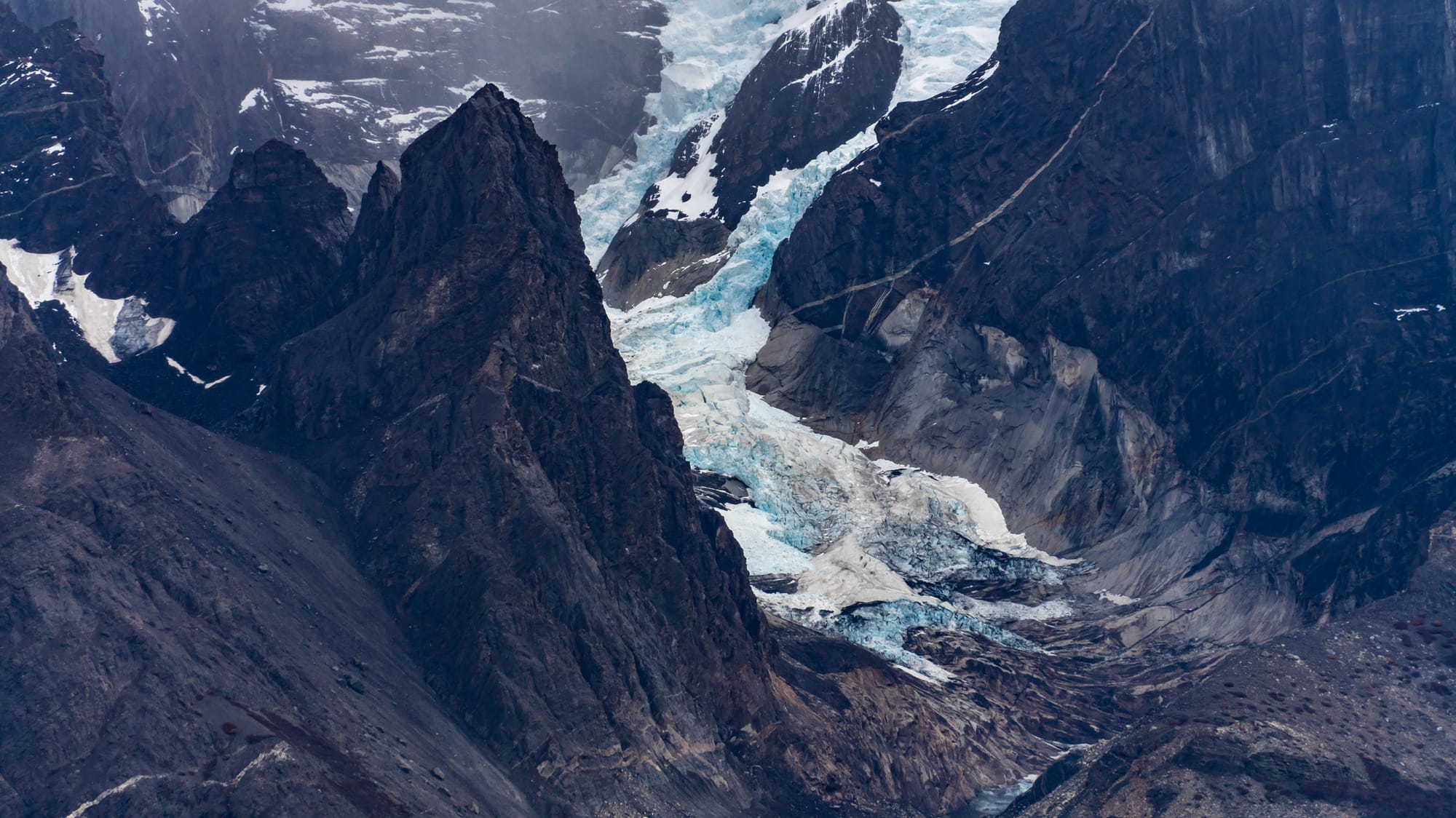
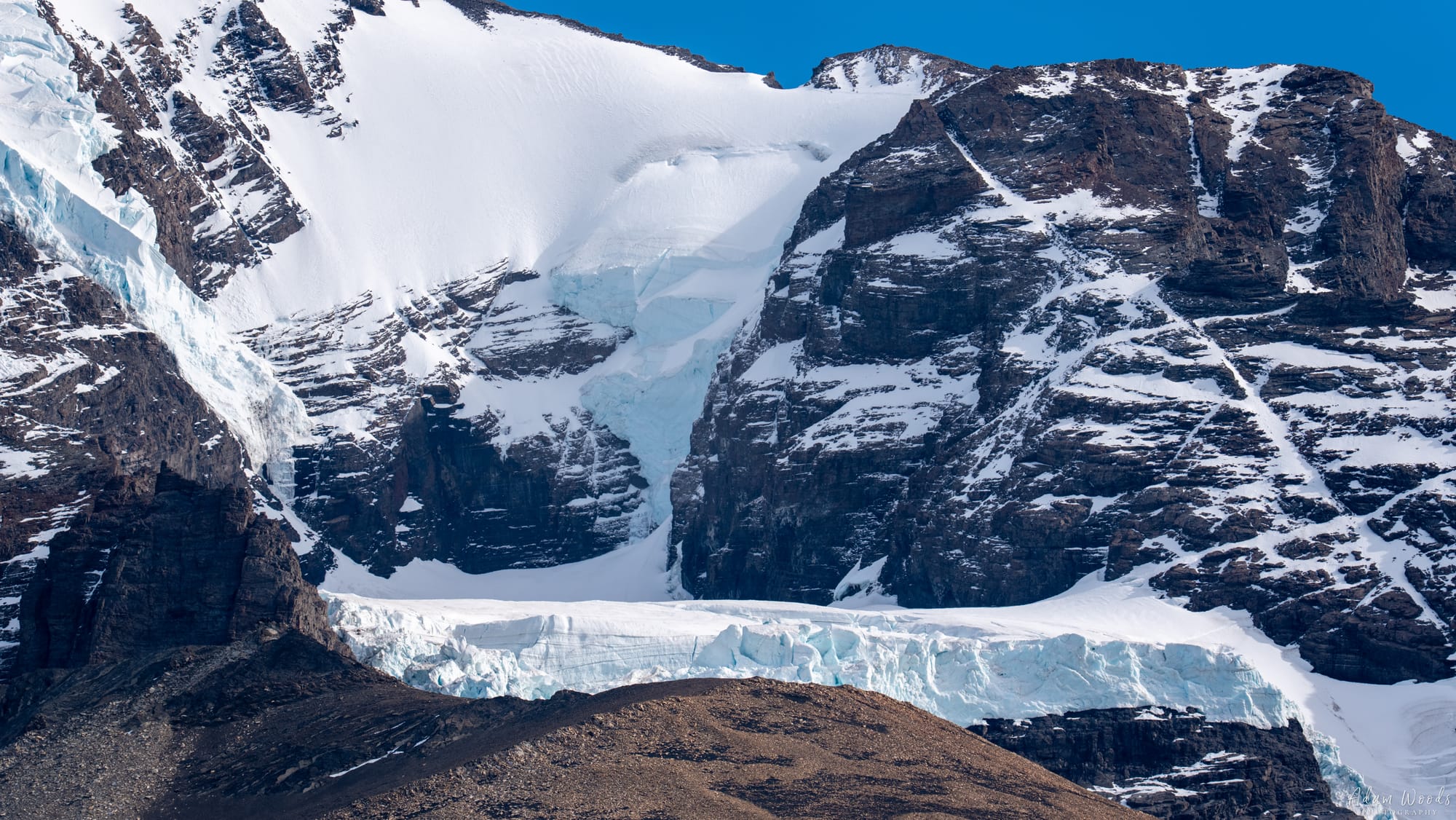
Close-up of the mountain tops
As we drove around, every time we came across a group of people all staring in one direction or taking photos, Luz would stop and ask what they were observing (if it wasn't obvious). I was very excited for one of our stops, as we got to see a Austral Pygmy-Owl! My wife tried to get a video of it making it's call, but it of course stopped doing it when she hit record. 😦
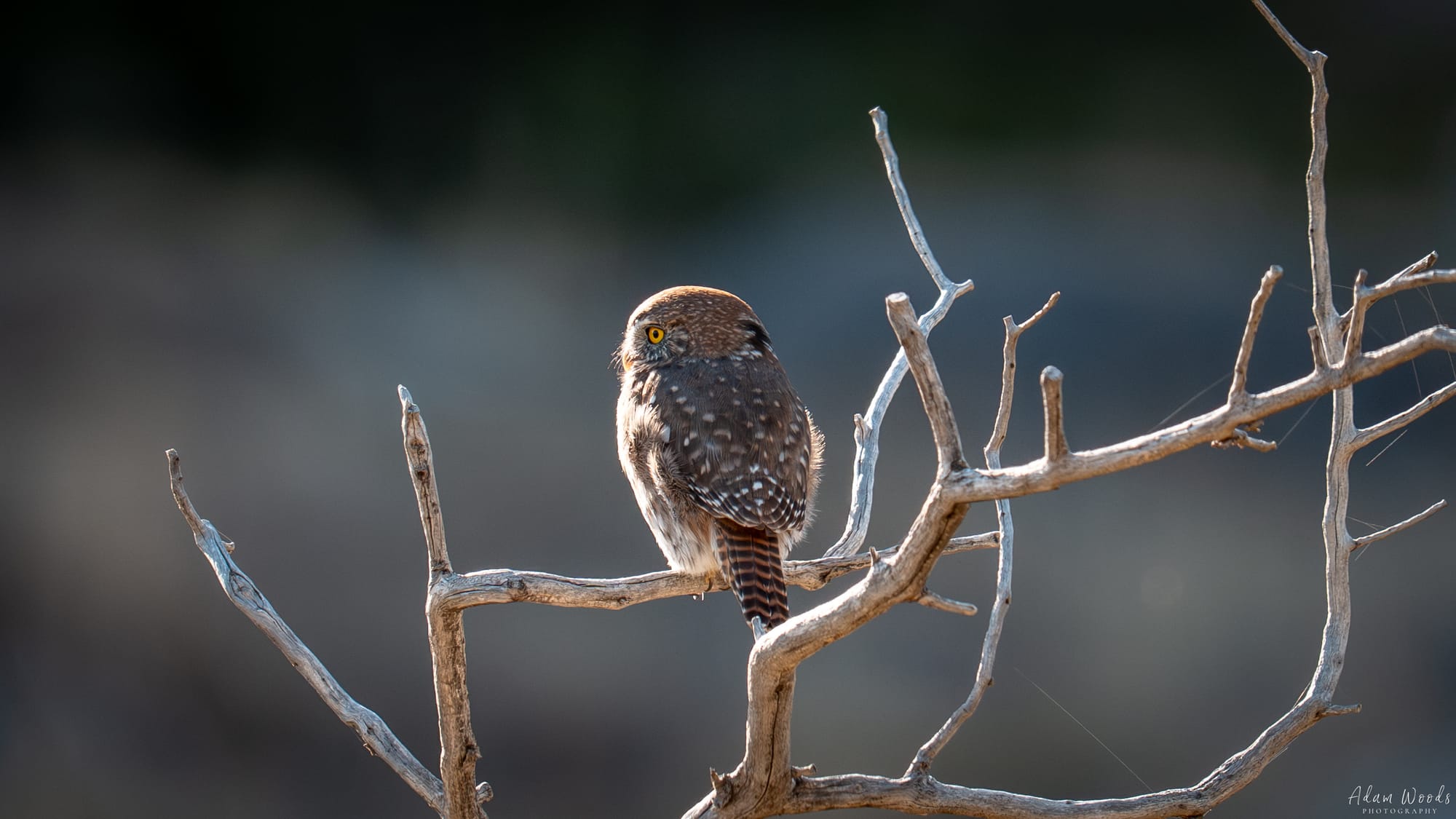
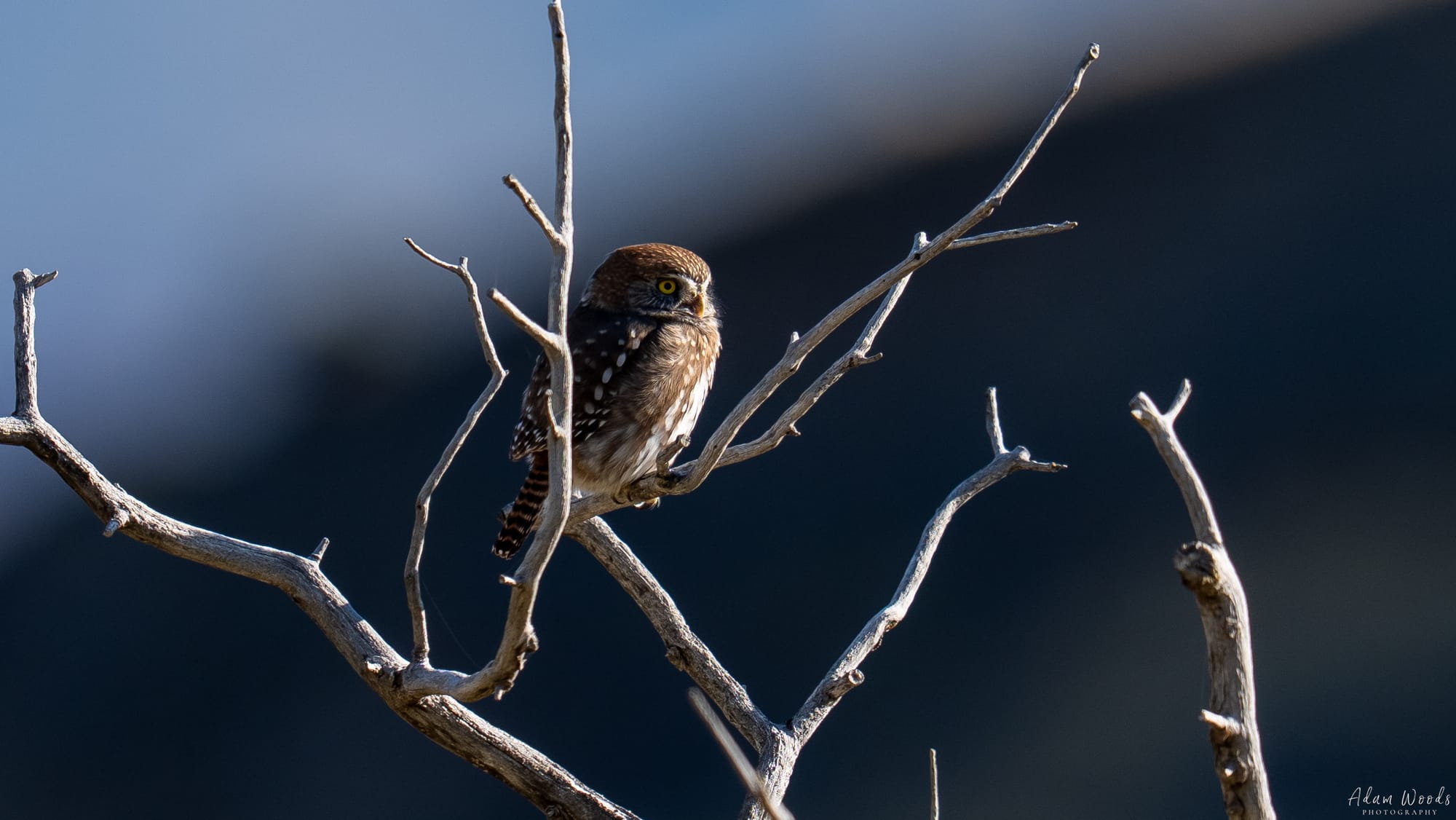
My wife had a Sony a6700 camera with her for this trip. It had an external direction microphone attached to it. The idea was that she would be able to get some high quality videos while I focused on the photos. The added bonus is that it still is a great camera to take photos with. The wider angle of the lens is able to document the environment we are in better than my telephoto lenses which produce close up shots. Here is a photo she took of the Owl in the tree. Can you spot it?
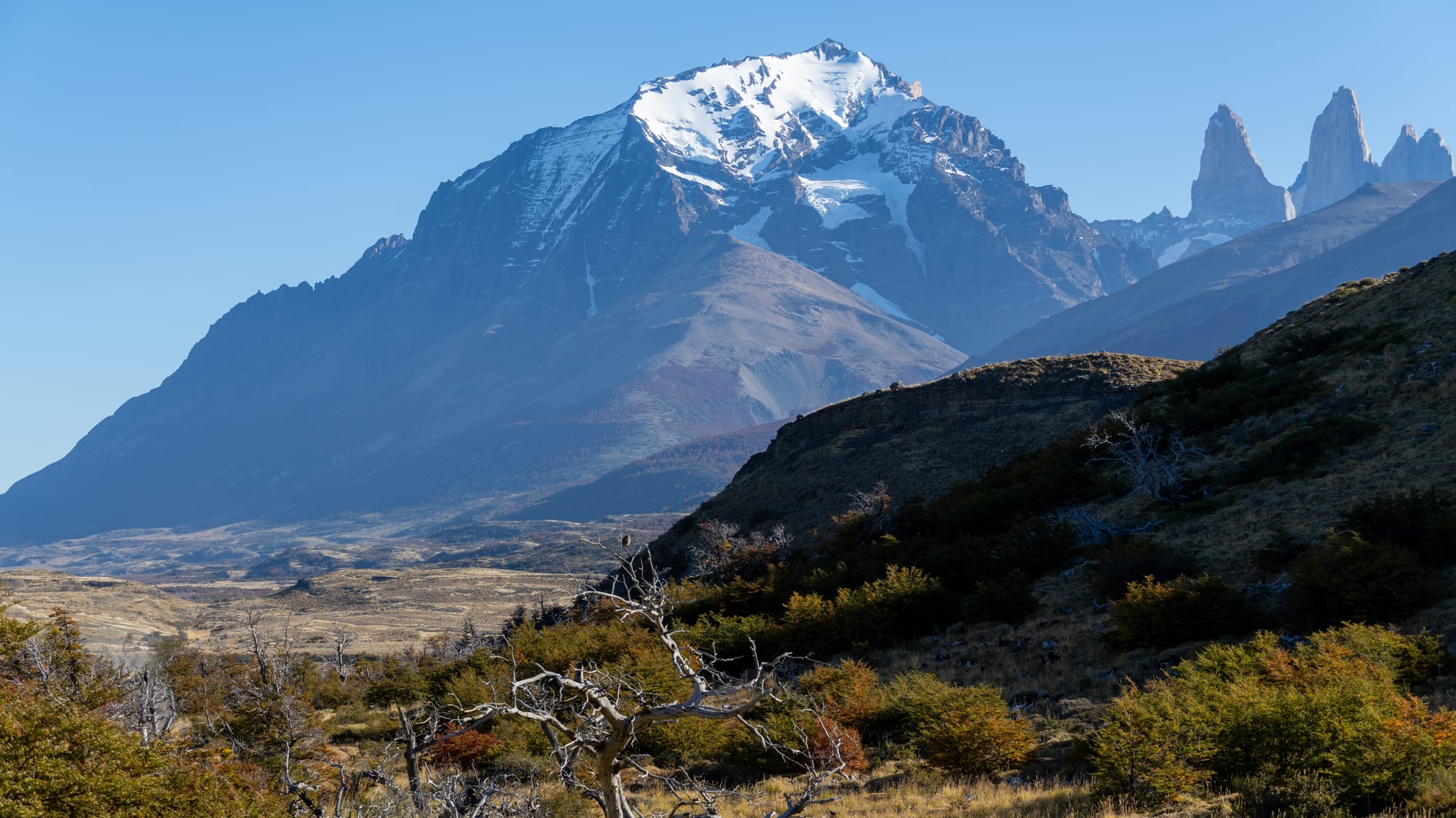
She also took some shots of me in action, taking my photos with a Sony 400mm f/2.8 lens. Strapped on my side was a 70-200mm f/2.8 lens and the monopod I mentioned earlier that I used for the puma video.
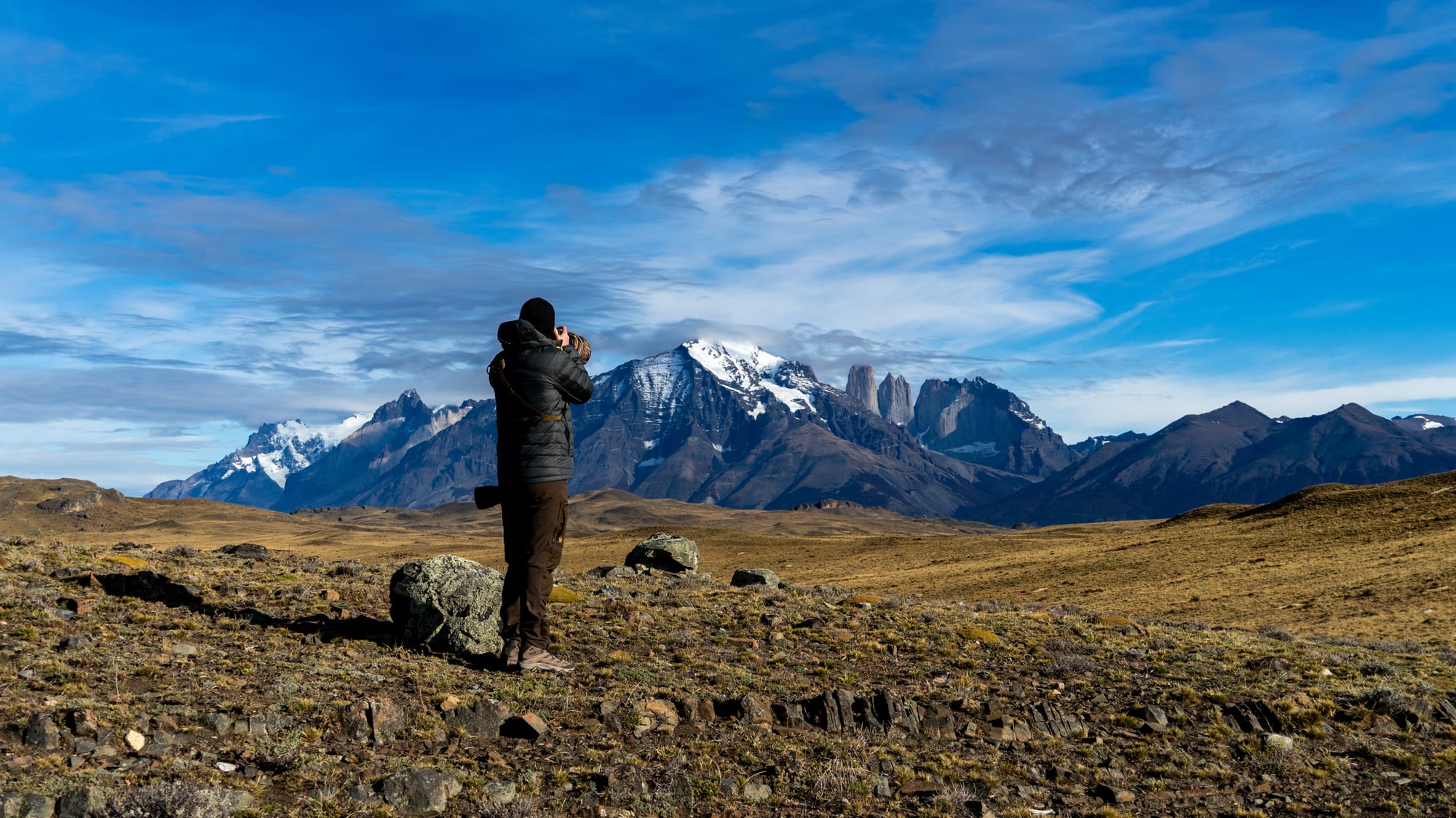
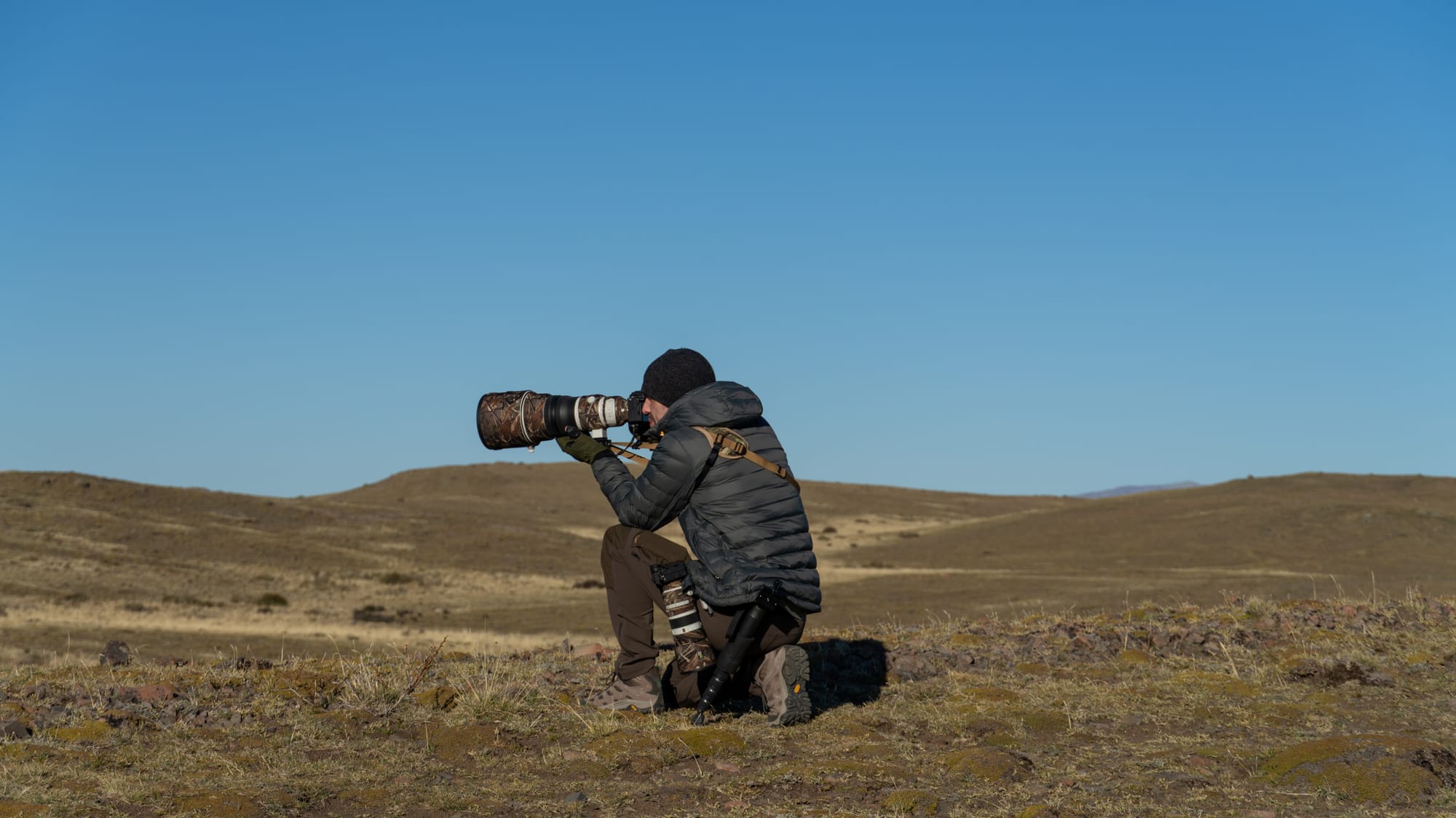
As we explored the area, hiking to the tops of the various hills, I started to notice the lack of something. Noise. The absence of noise such as cars, construction, planes, and even people was eerie. You could spin in a 360 and look as far you could see and there was nothing but mountains, lakes, and rolling hills. There was a complete lack of civilization, except the SUV we arrived in. It was quite impressive to see, and not hear. 😄
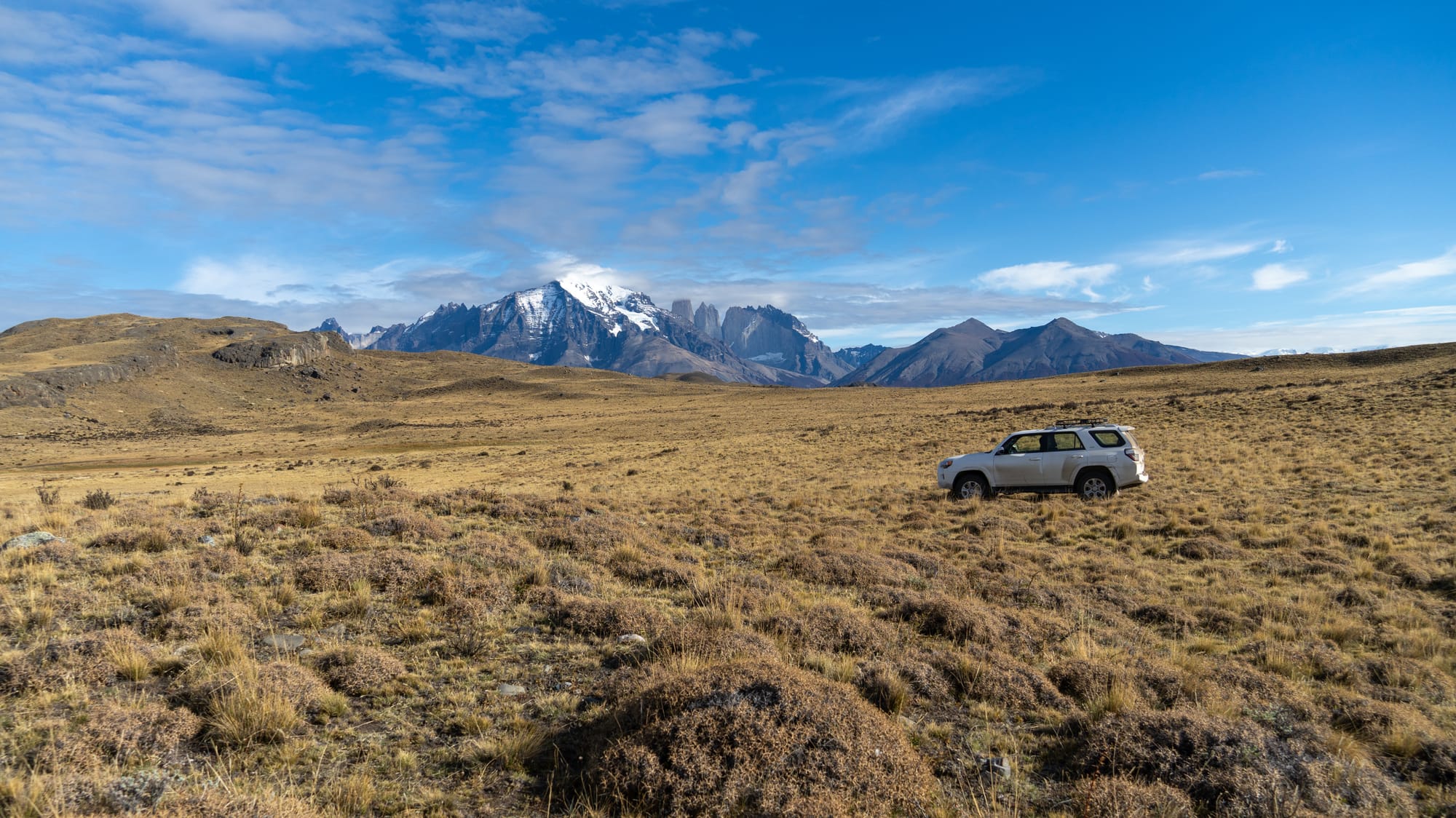

This is where the story gets a bit depressing. Over the next three days, we would explore every inch of the estancia with Luz and our tracker. Several other guests were also exploring other areas in search of any possible puma sighting. There was nothing to be found. We had did not have any more sightings of pumas for the rest of the trip. I am still super disappointed I didn't get to see any of them close up or even get some decent photographs of them. Marciel said that in over 15 years of tracking, he has never gone more than 2 days without a sighting, making us a super unlucky bunch. He thinks since most of the guanaco moved off the estancia deeper into the park, the pumas followed. At least we knew there were signs there were once pumas here as there were carcasses and bones all throughout the property.
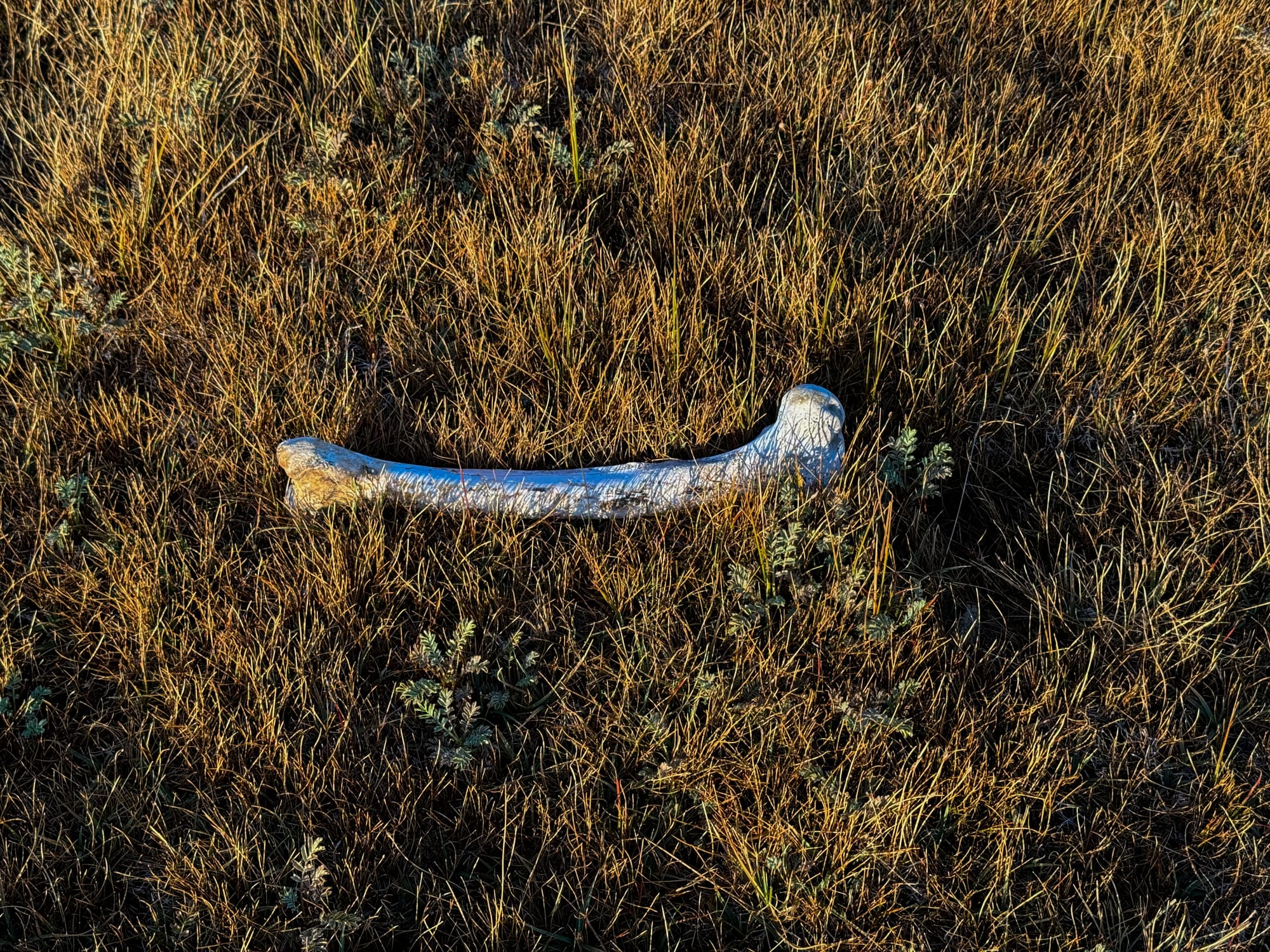
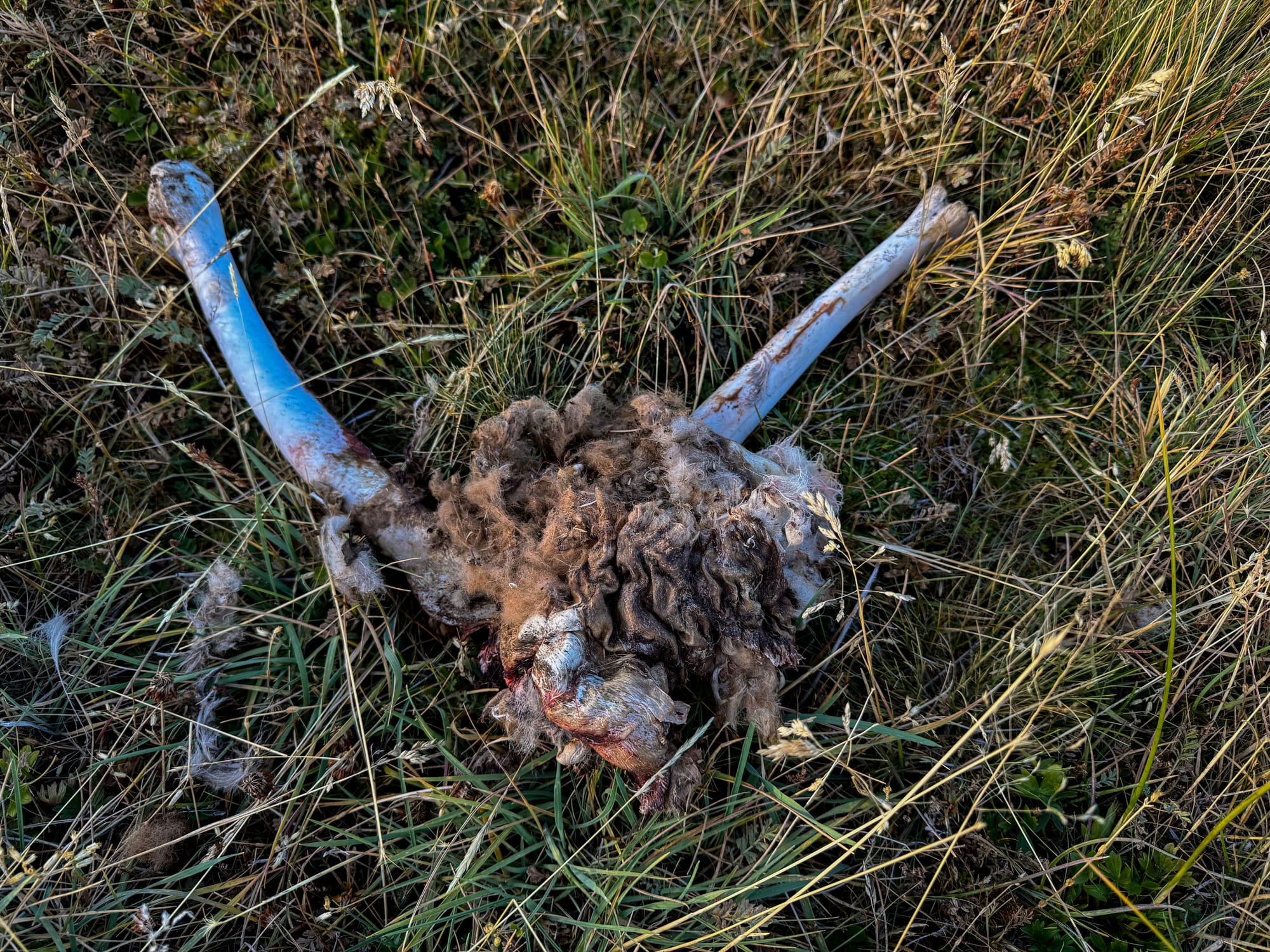
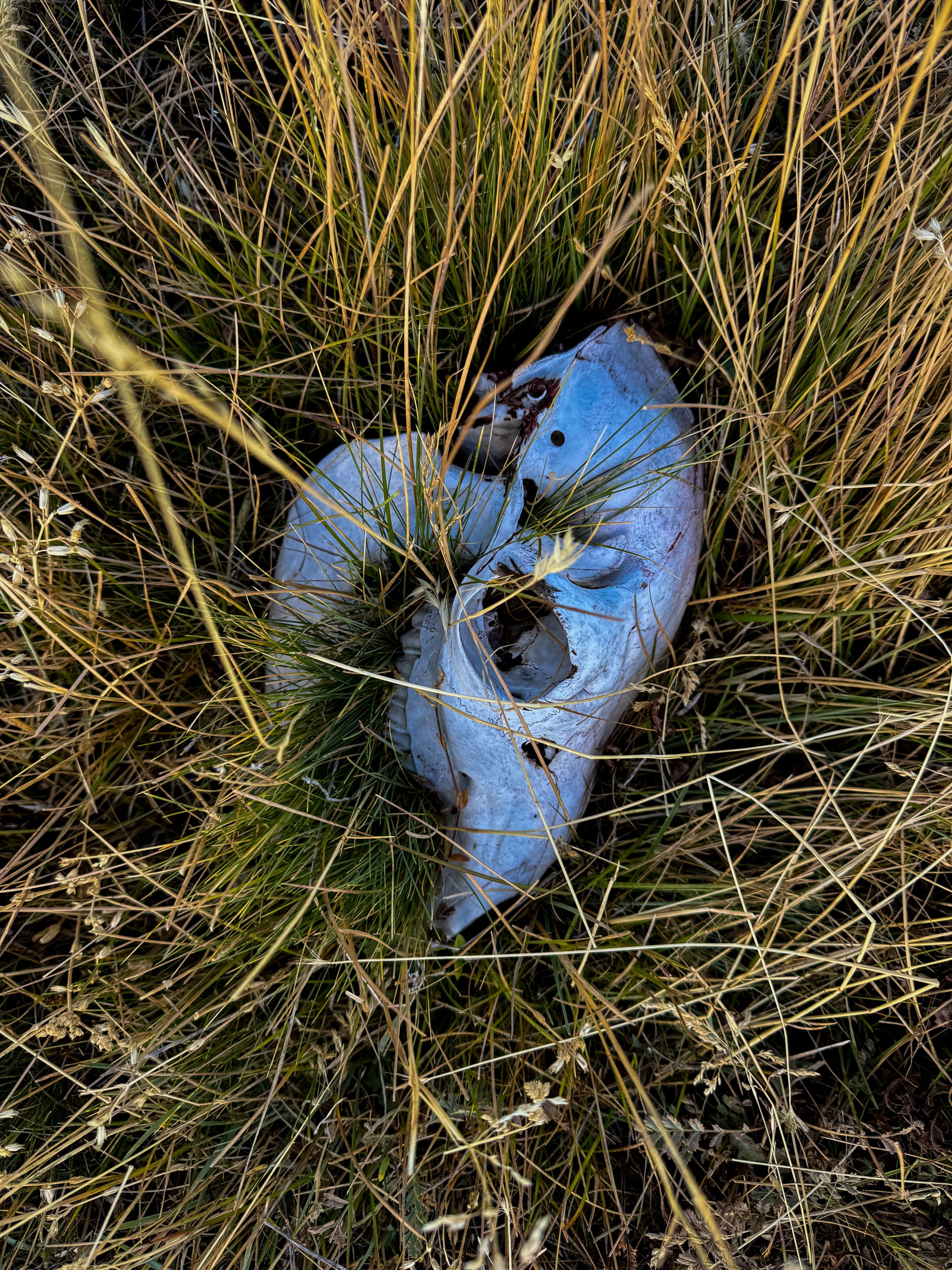
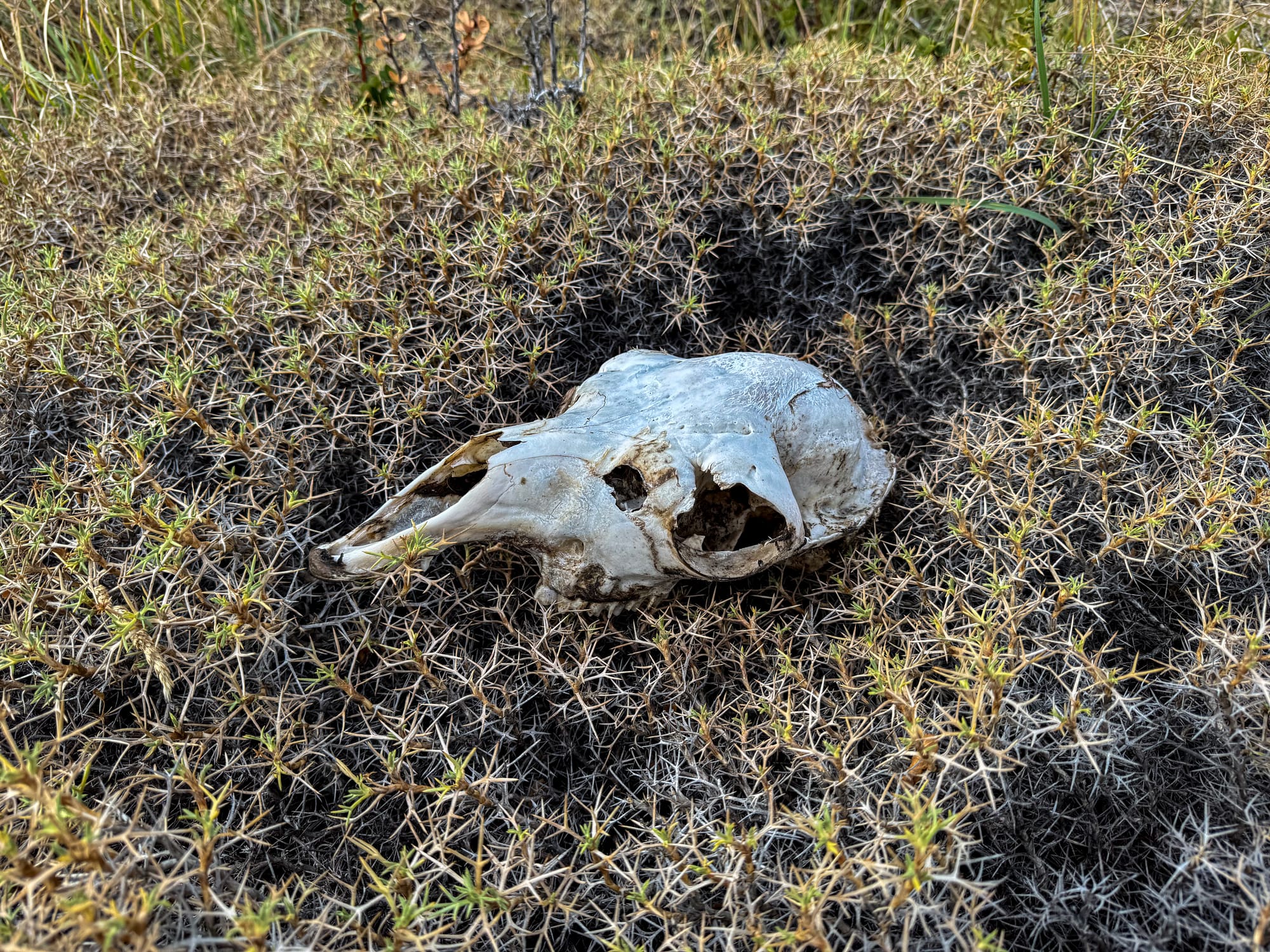
While not searching for the pumas we didn't see, we had some down time in the middle of the days after lunch. There was a walking path on the Hotel Las Torres property. One of the days, in between the morning/afternoon drive, we decided to explore it and took a walk. The autumn colors of the trees were on display throughout the path. I even added a couple more birds to my life list.
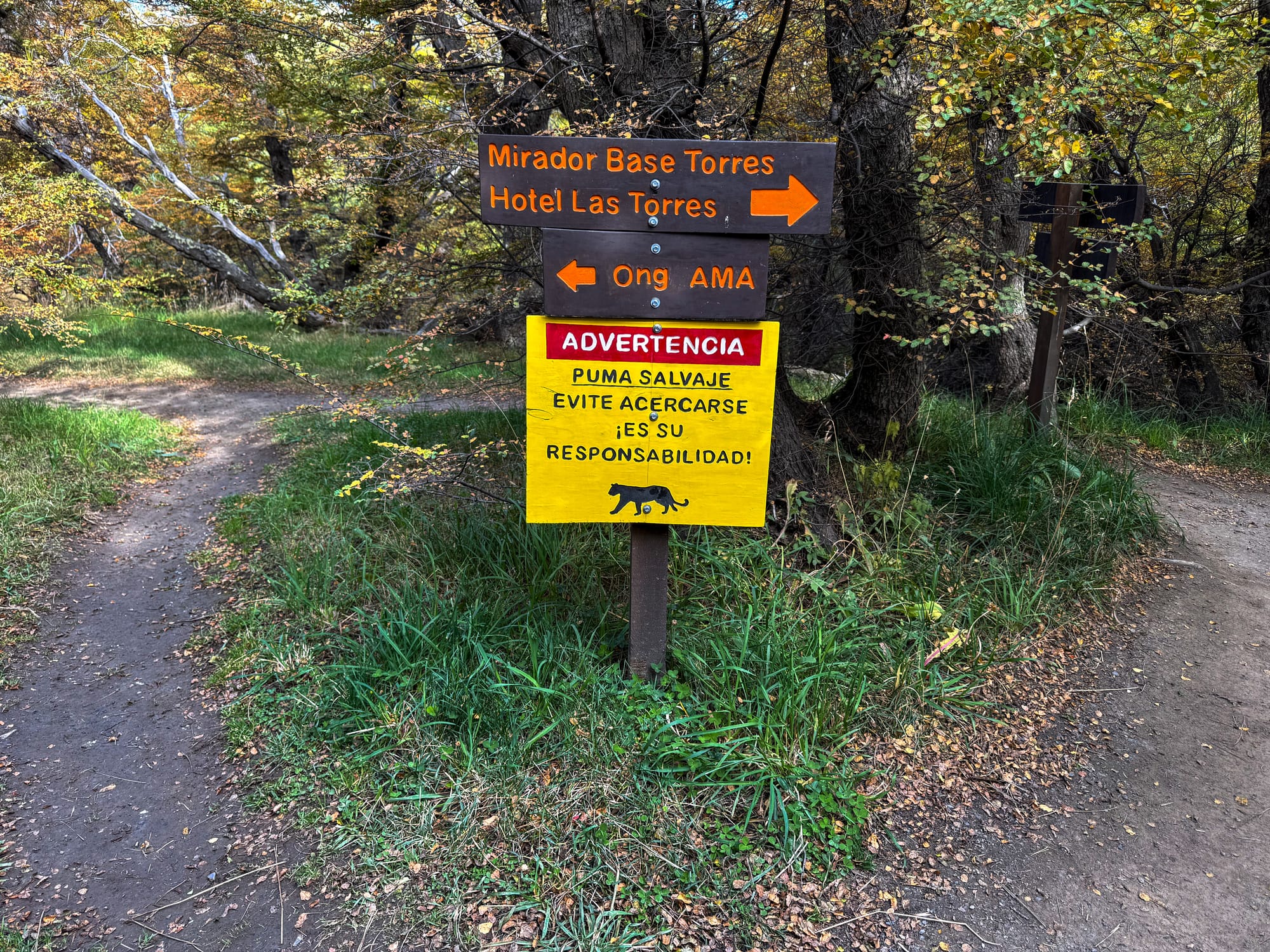
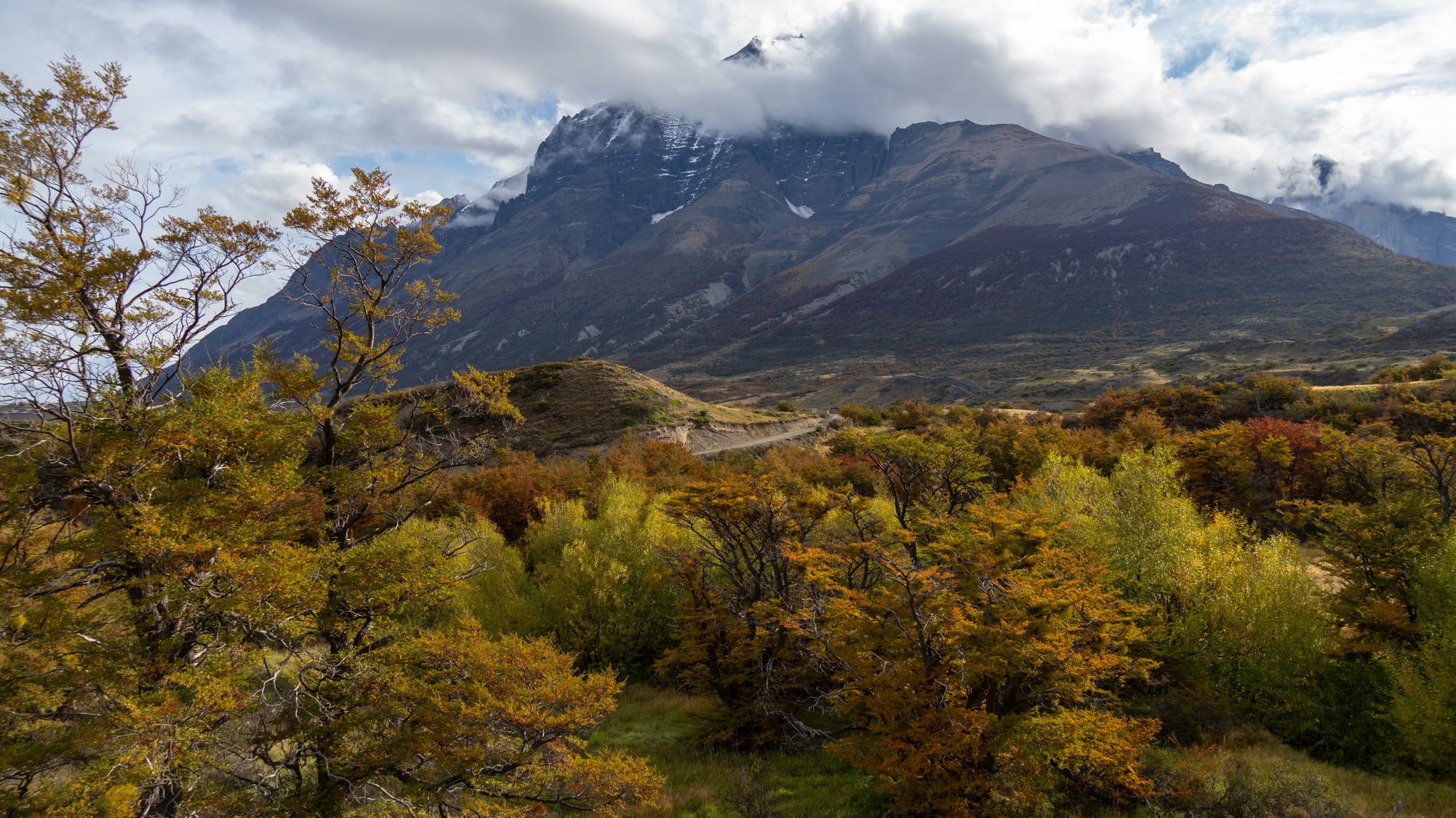

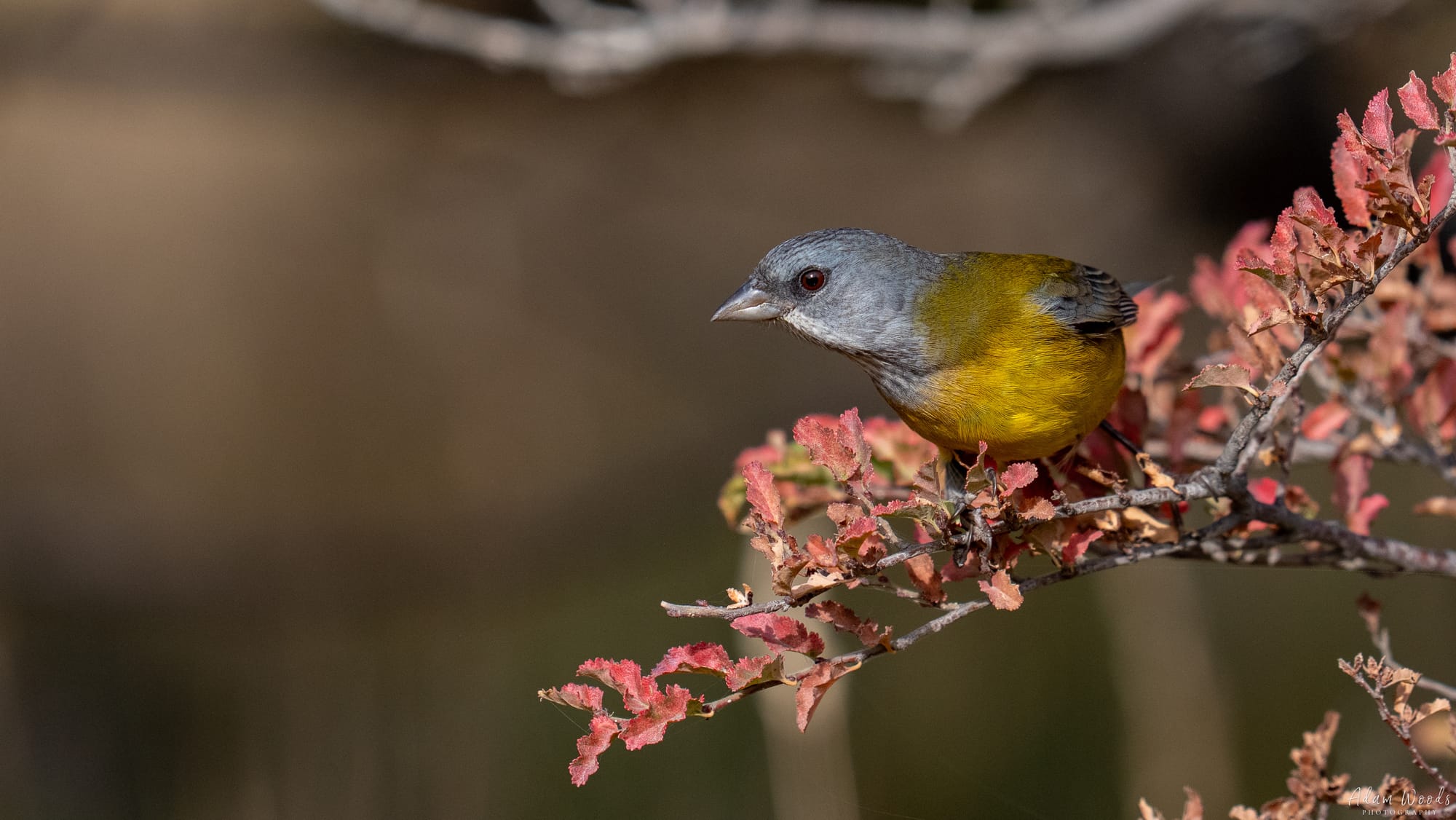
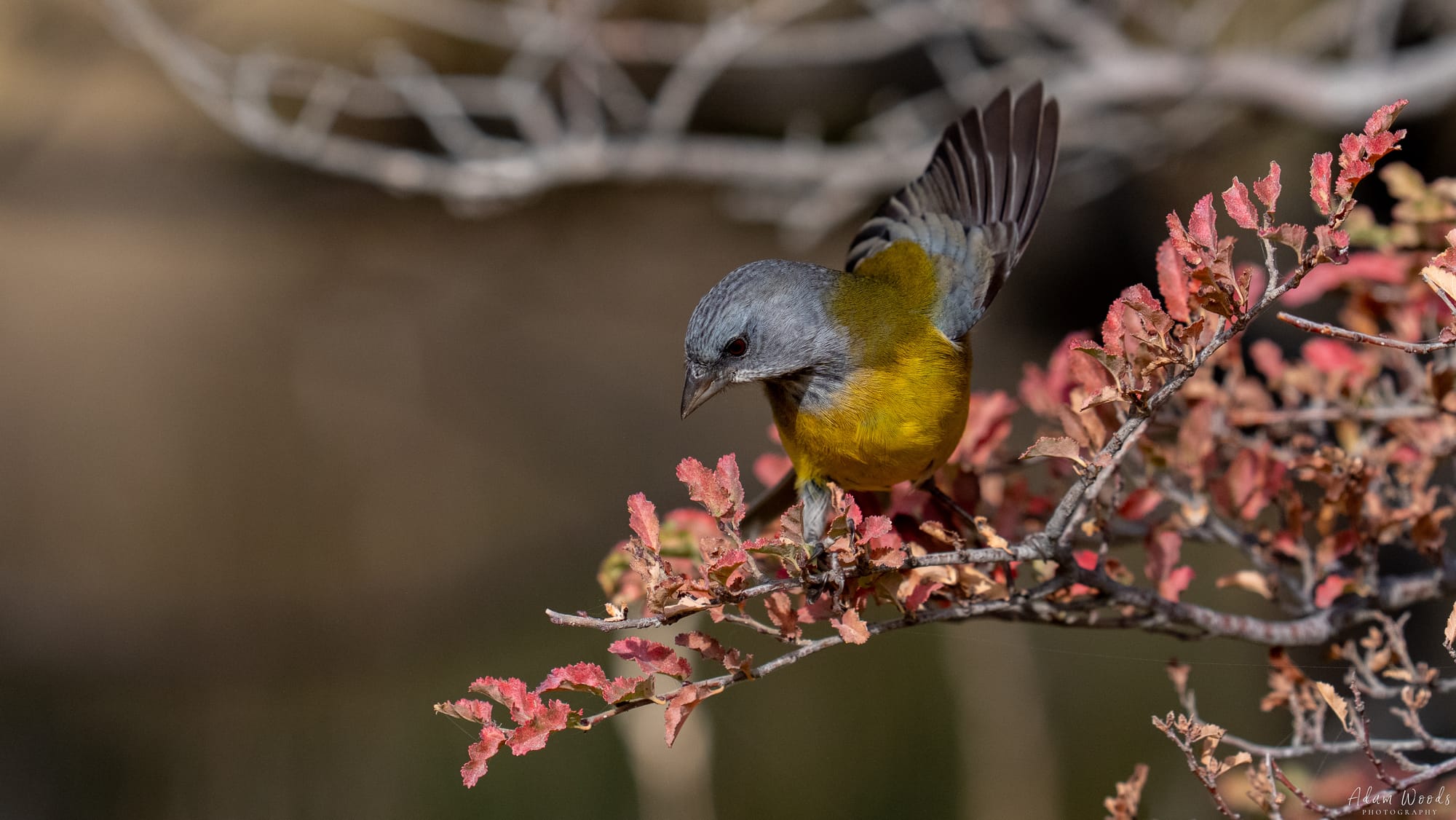

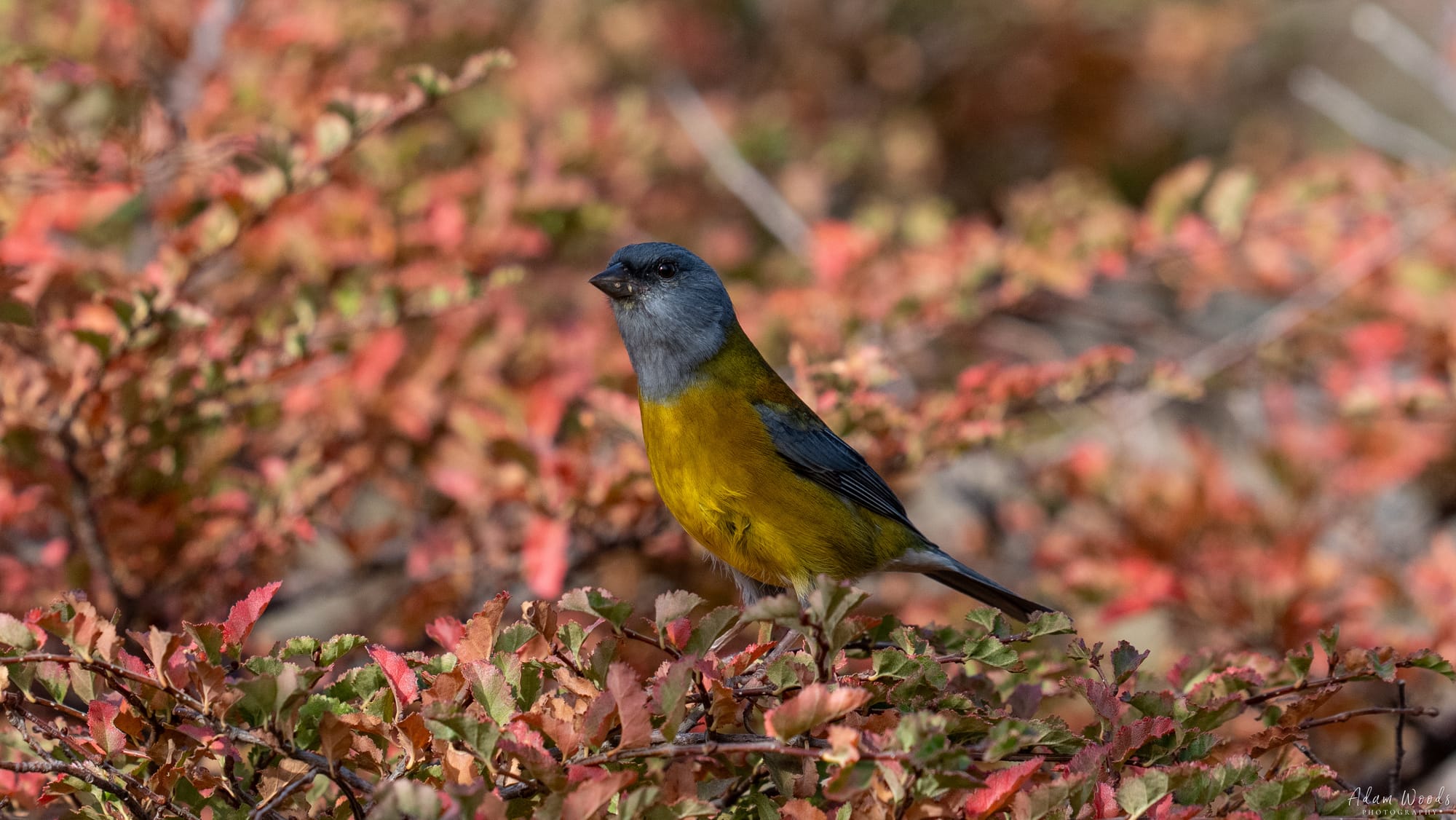
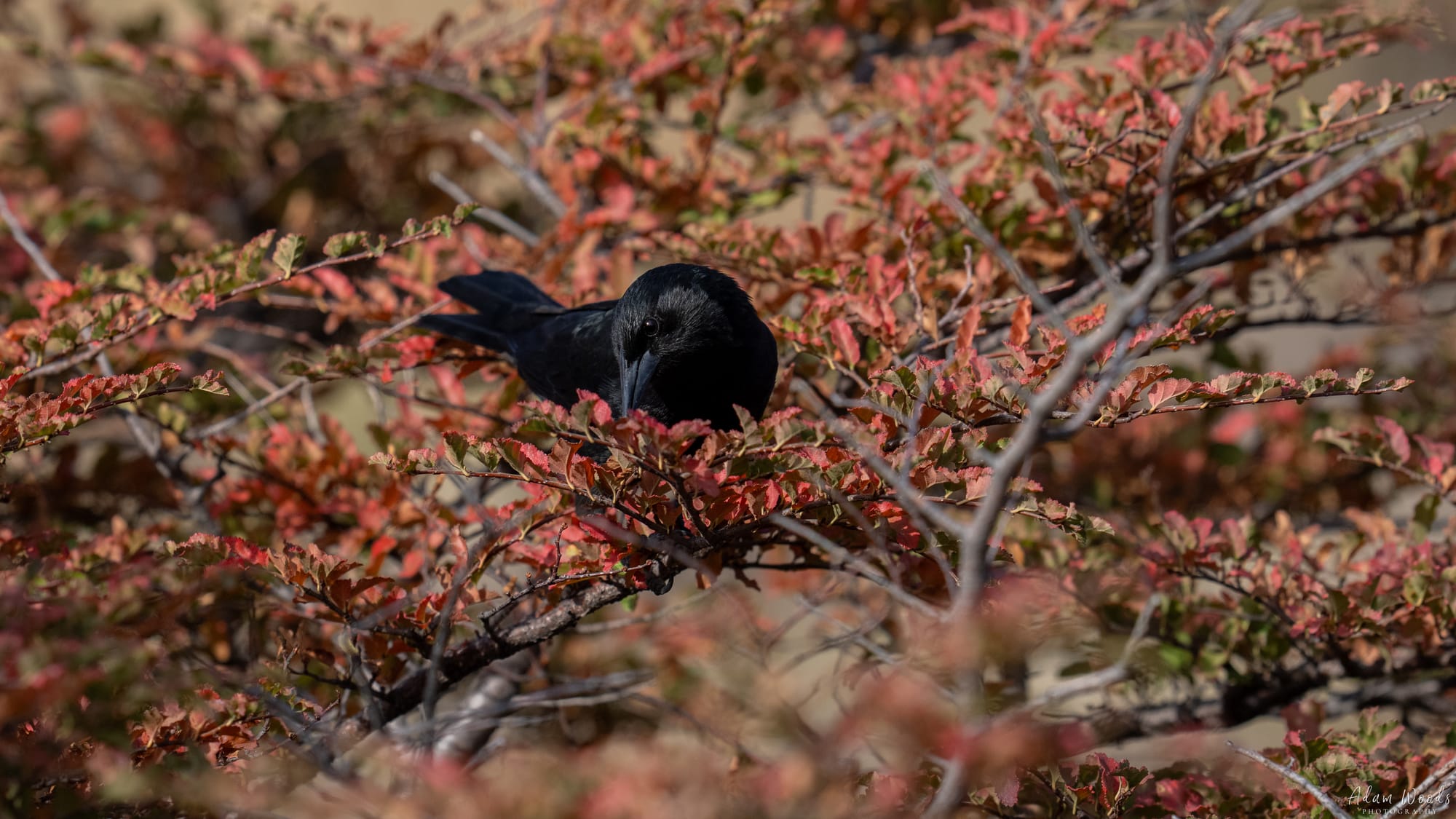
Patagonian Sierra Finch, Austral Blackbird
One of the days during our stay was overcast, with little to no wind. This gave us an opportunity to take a picture at the lake in front of Torres del Paine, creating a beautiful mirror effect on the water. The clouds were just blocking the top of the towers.
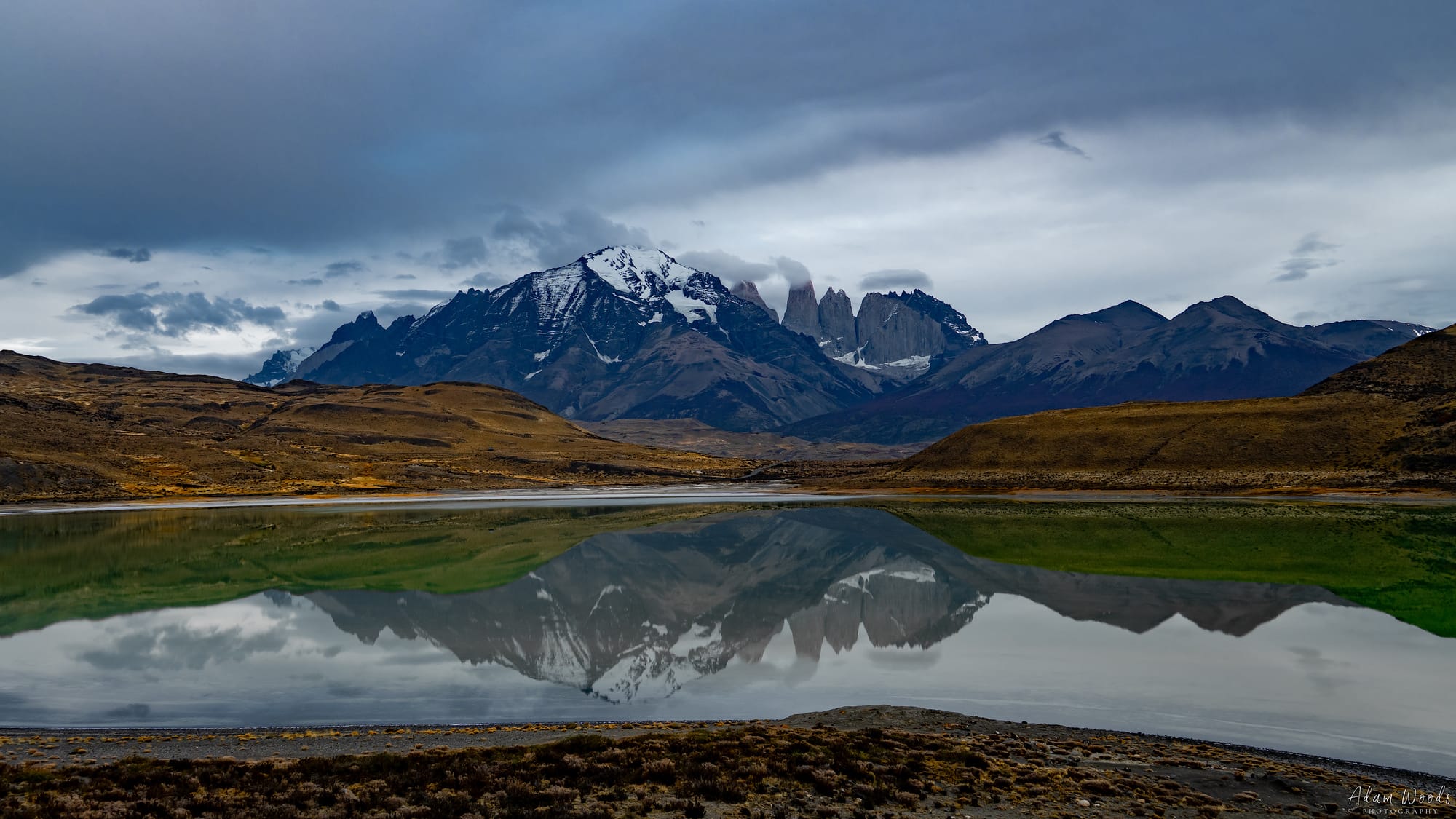
Our last day of the trip would take us into the national park to see the various landmarks and sights. We had lunch on a small island at Hosteria Pehoe.
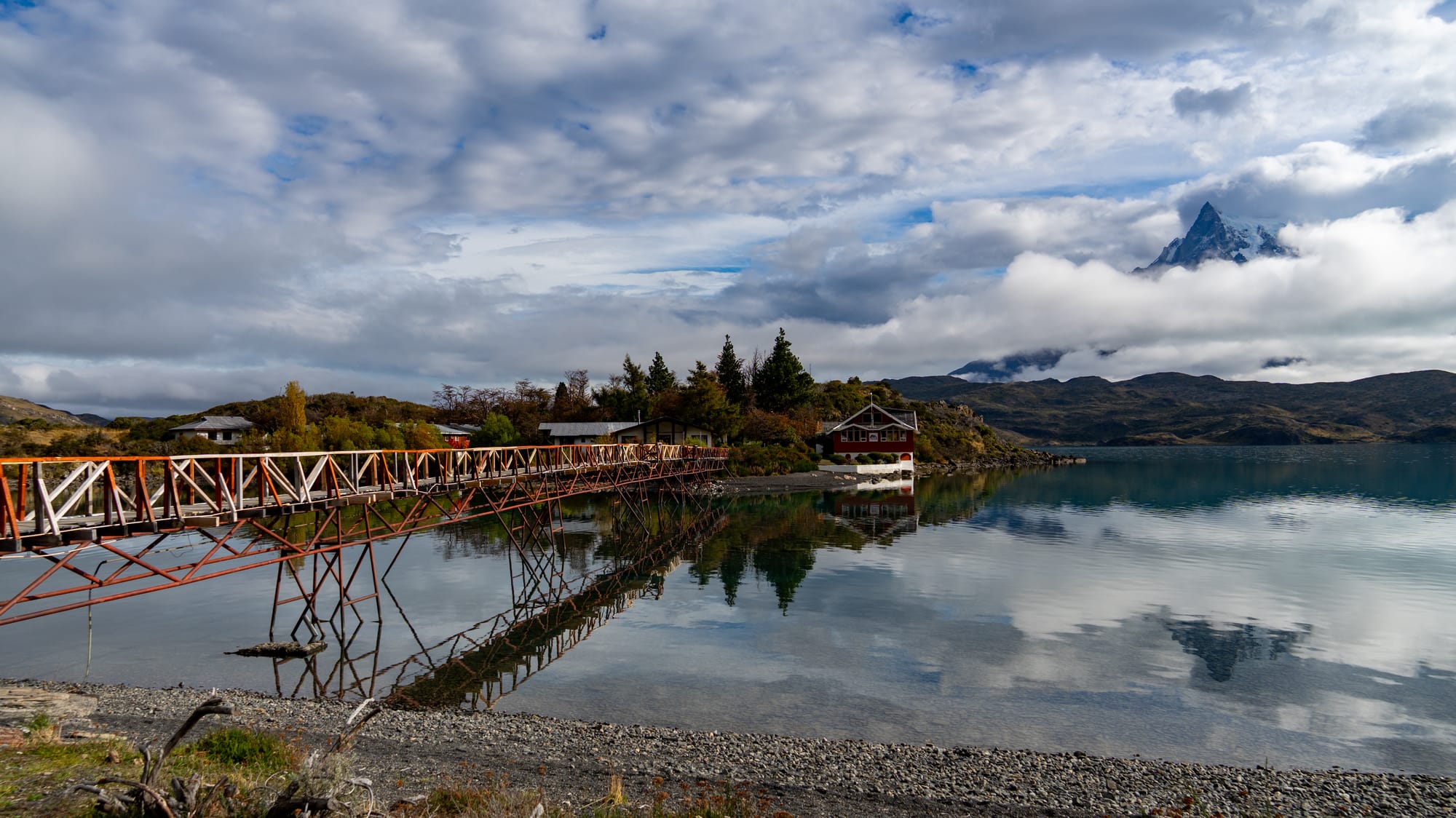
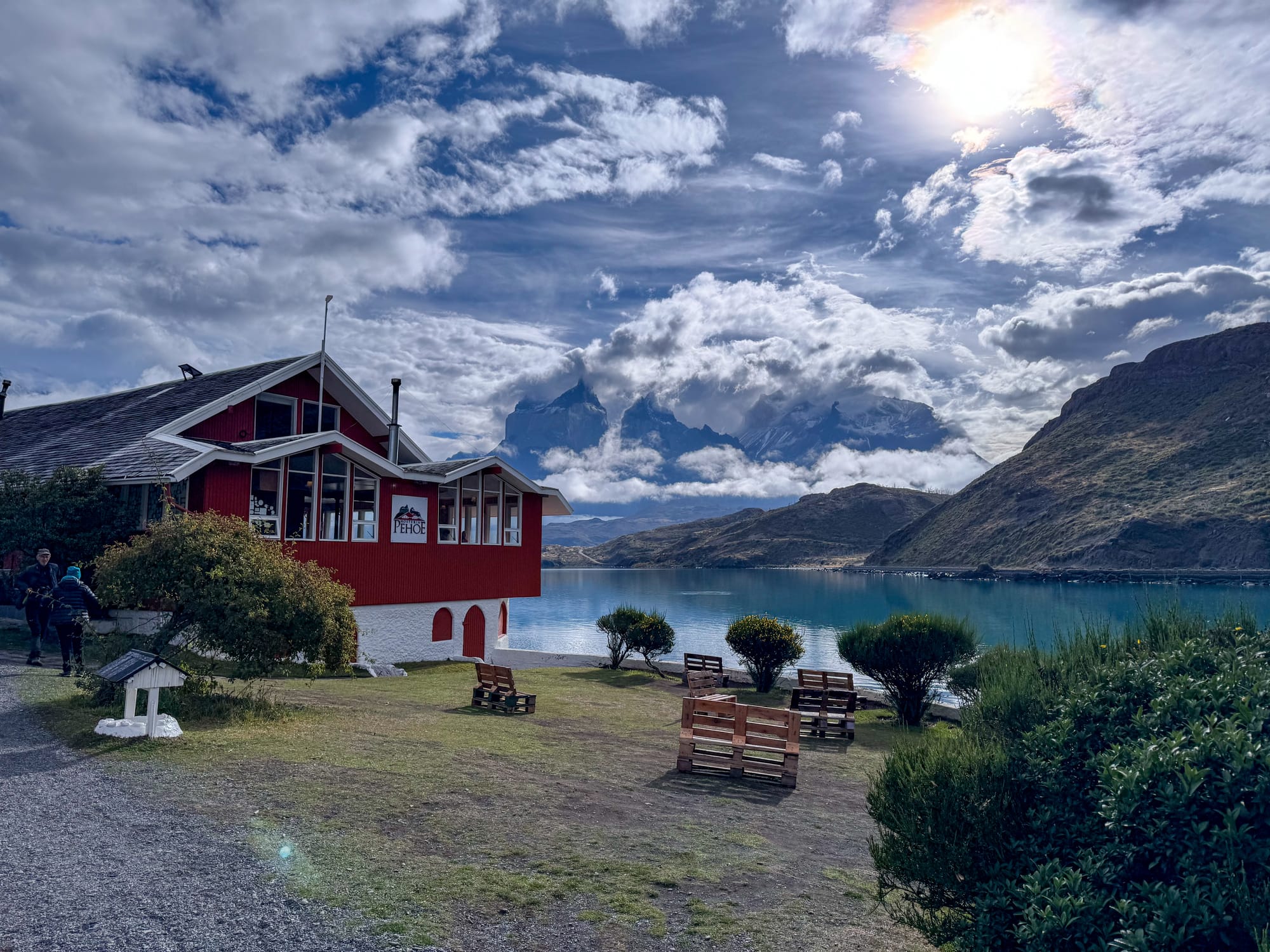
Lunch spot
After lunch we took a short hike to the top of the island to get a view over the lake. While at the top, we spotted even more birds that we had never seen before.

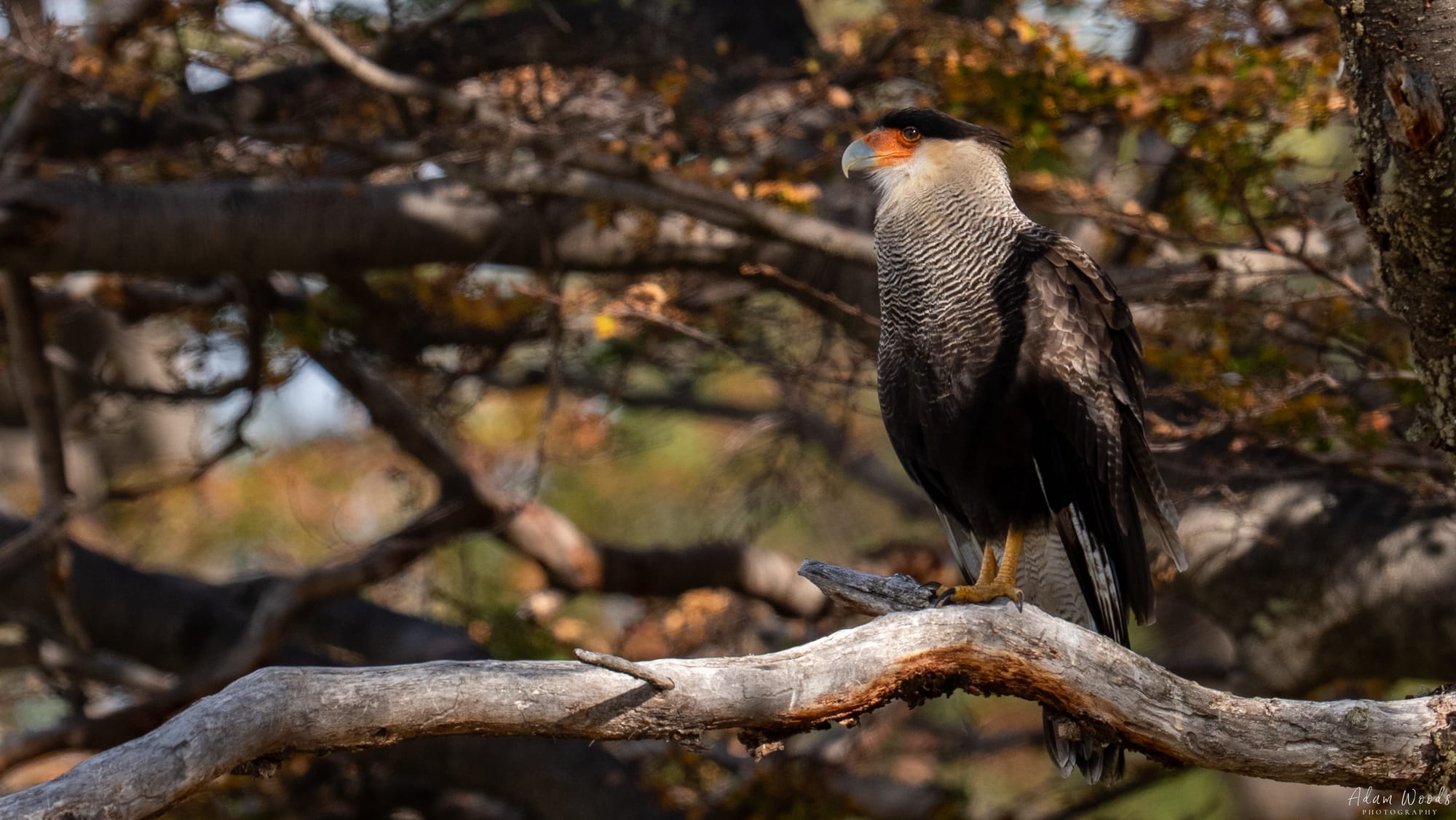

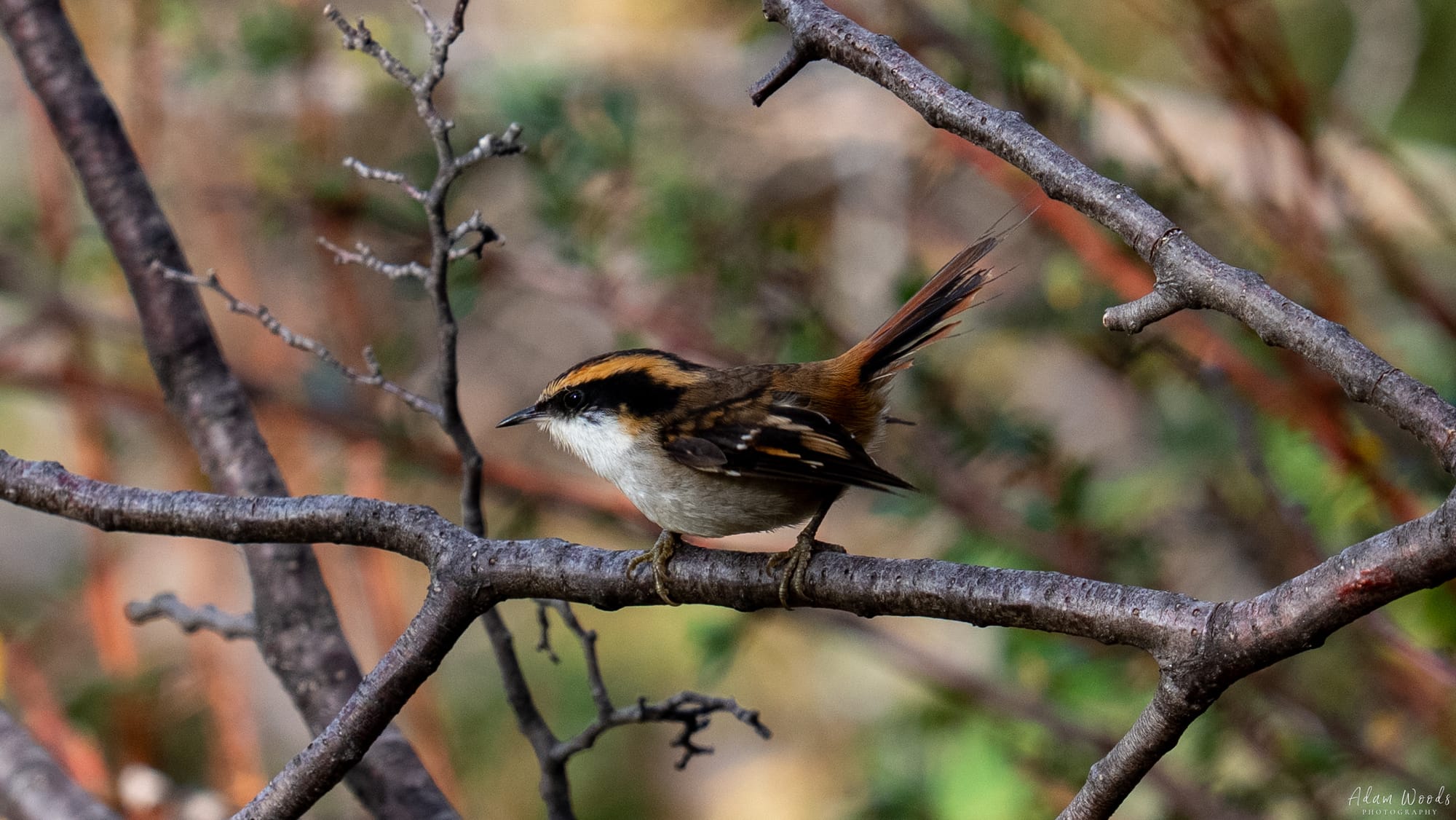
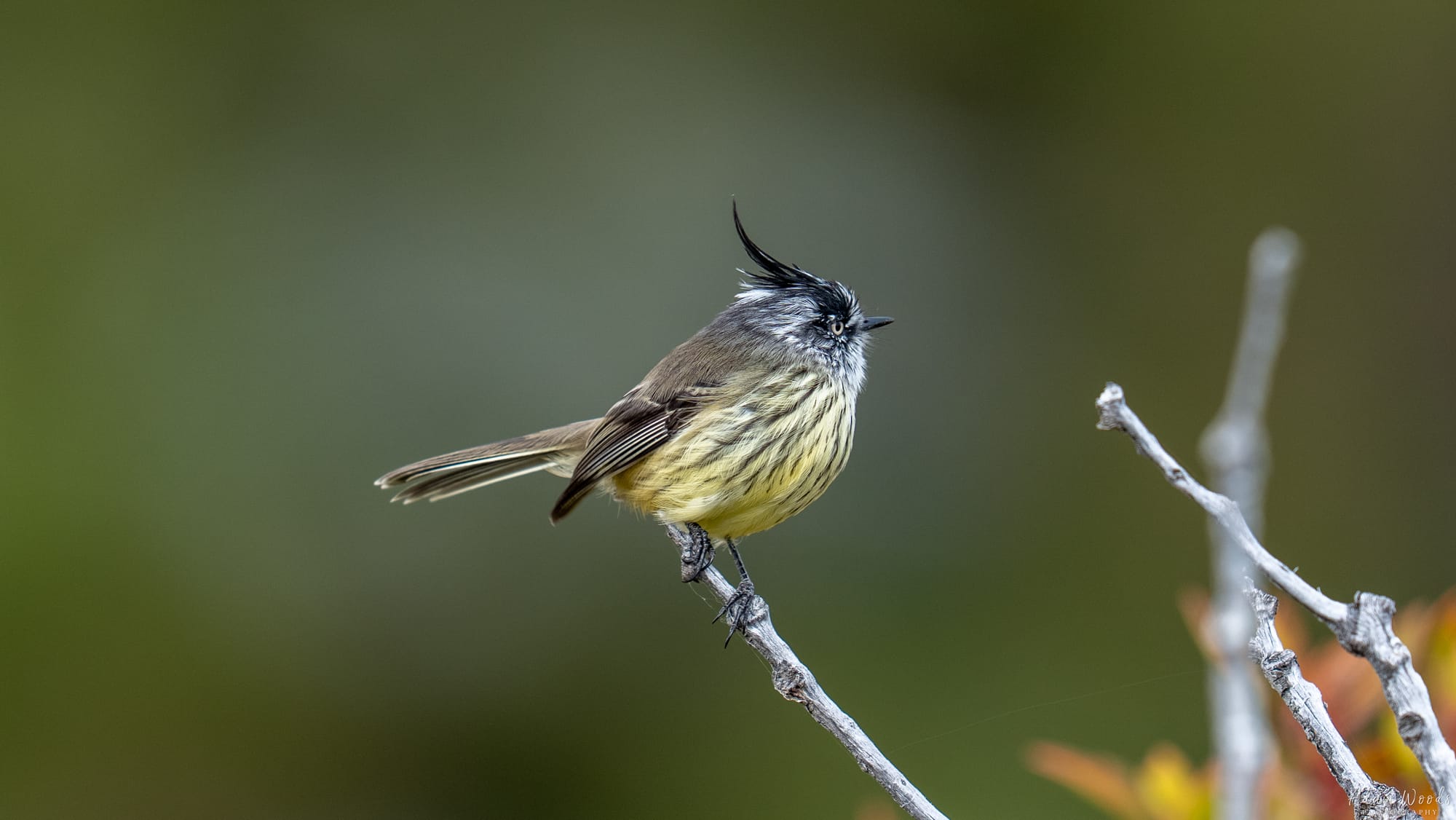
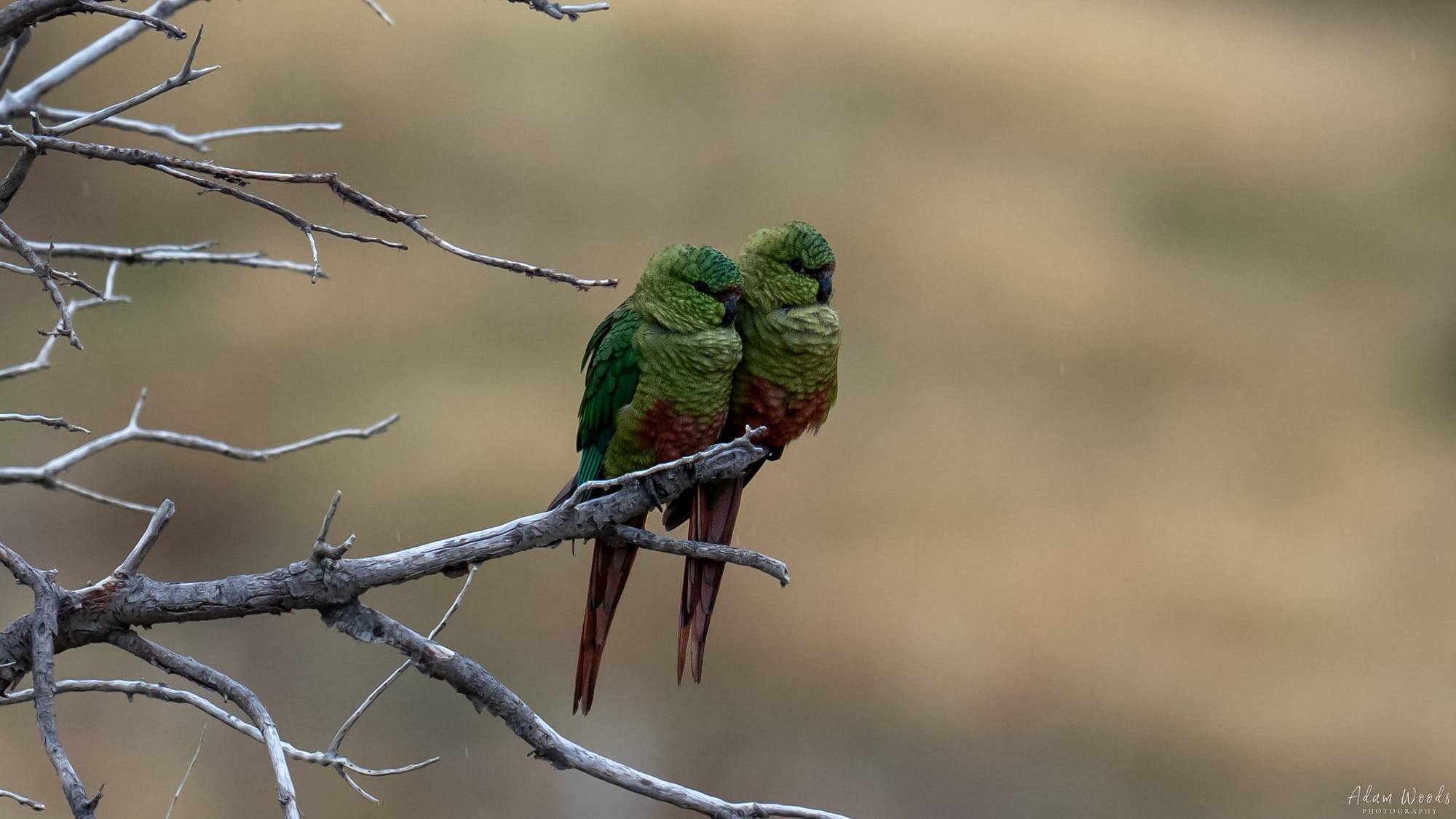
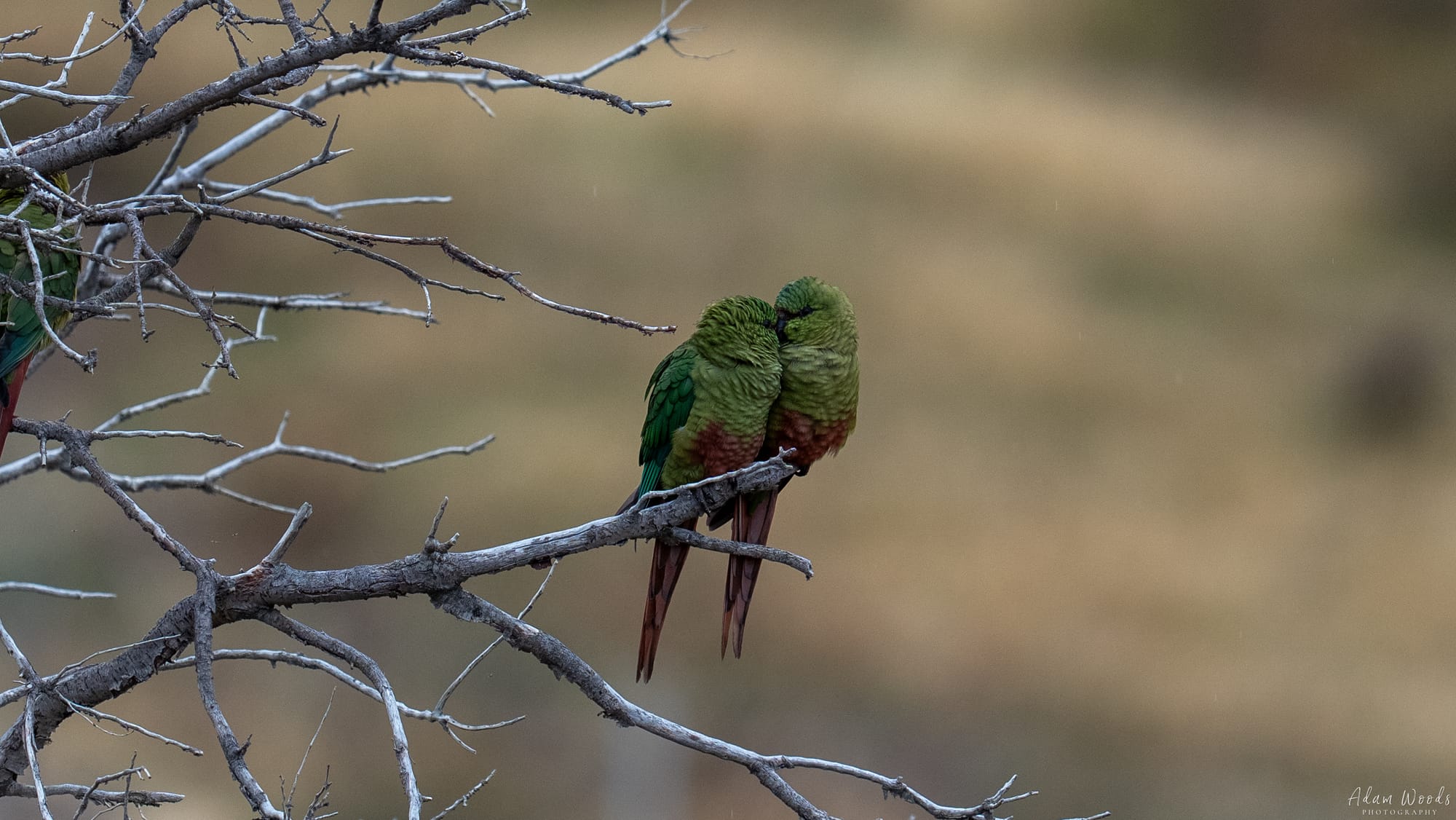
Crested Cara Car, Chilean Flicker, Thorn-tailed Rayadito, Tufted Tit-Tyrant, Austral Parakeet
While in the park, we stopped at a water fall, Cascada Rio Paine. It reminded us of the falls we saw on our trip to Iceland.
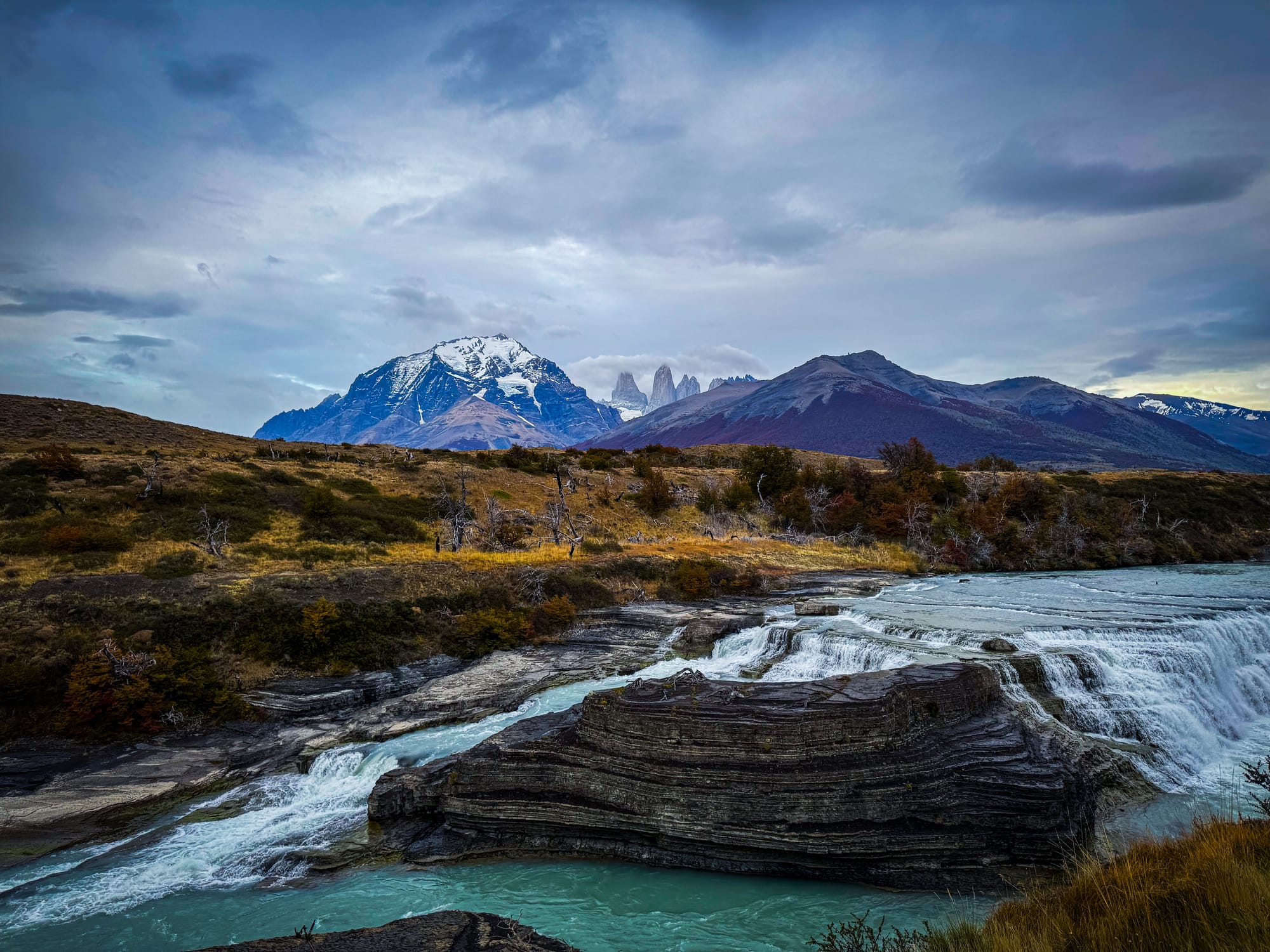
We had some great food at the lodge during our stay, which was uplifting since the puma viewing didn't going so well. The menu had a good selection and we had things like salmon tartar, guanaco, steak, lamb, and various soups. The breads were also very good!
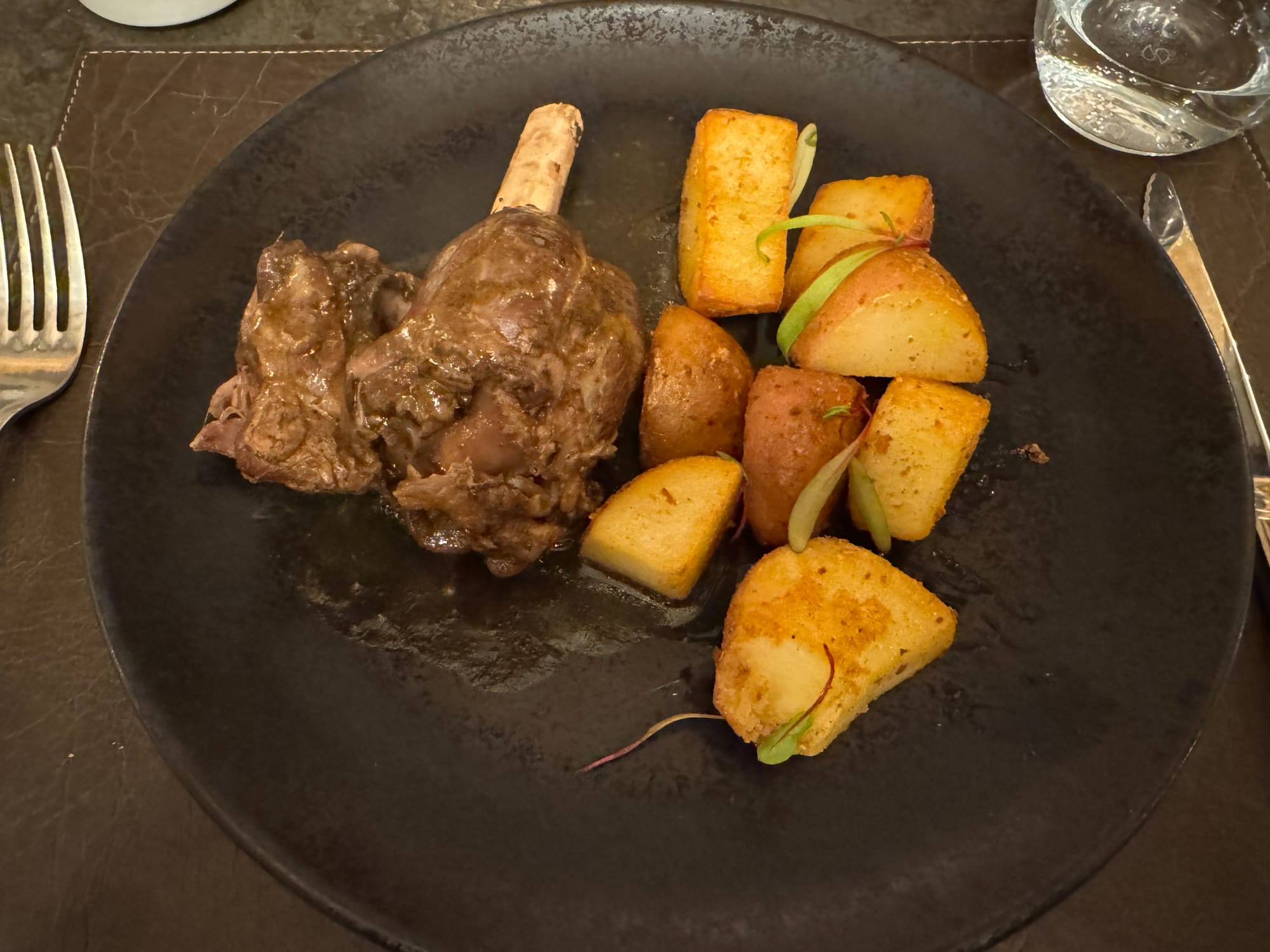
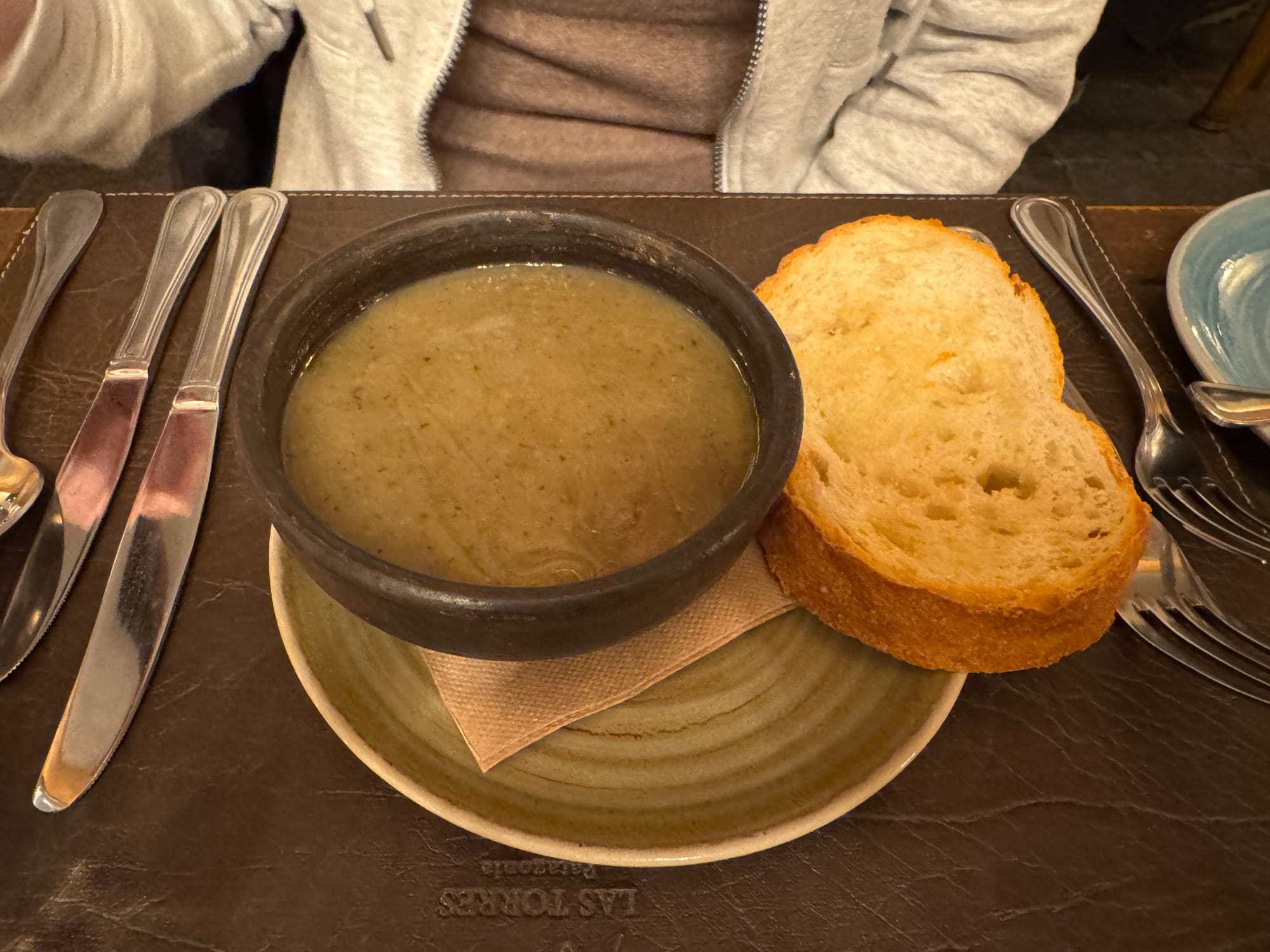
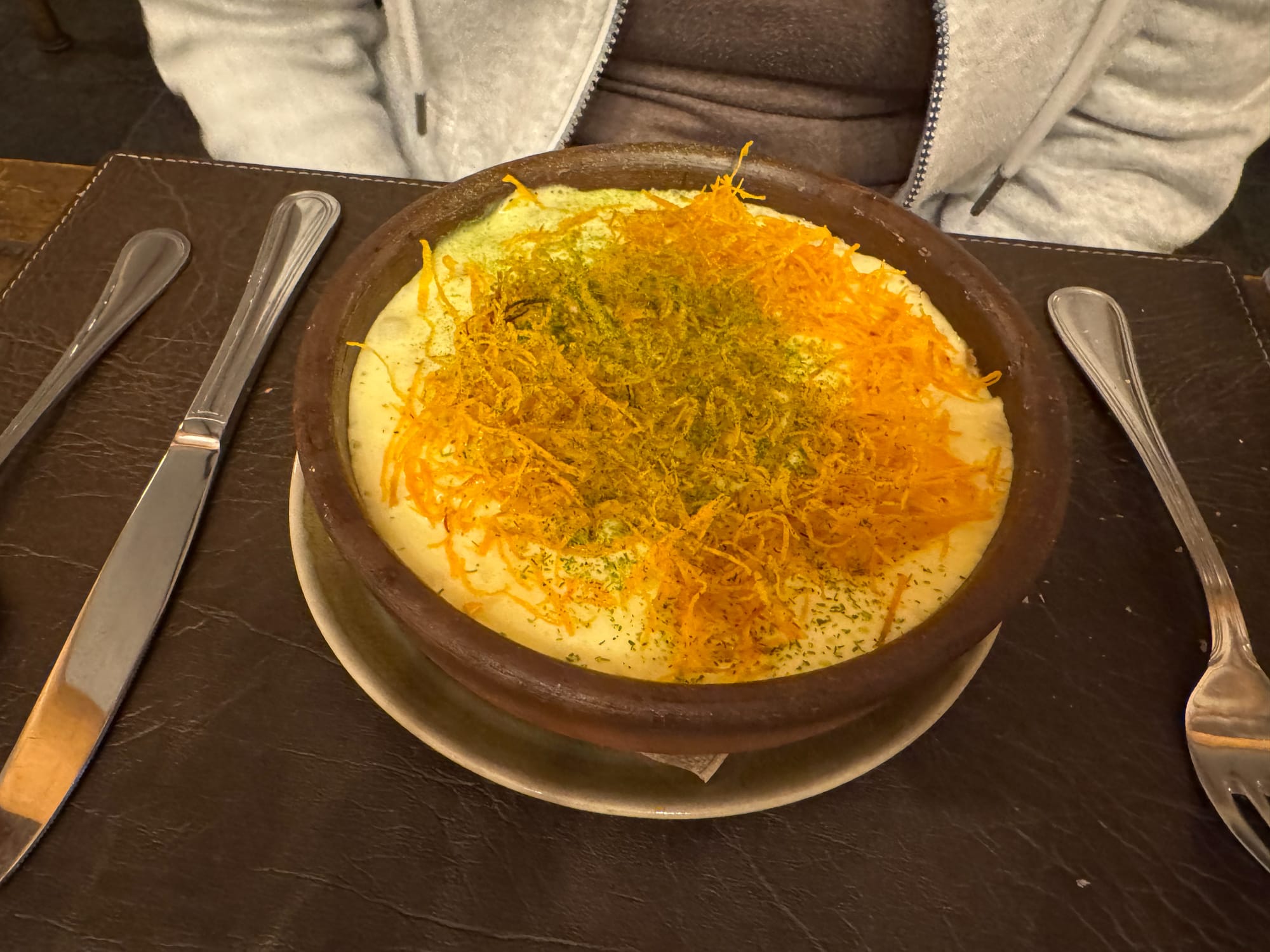
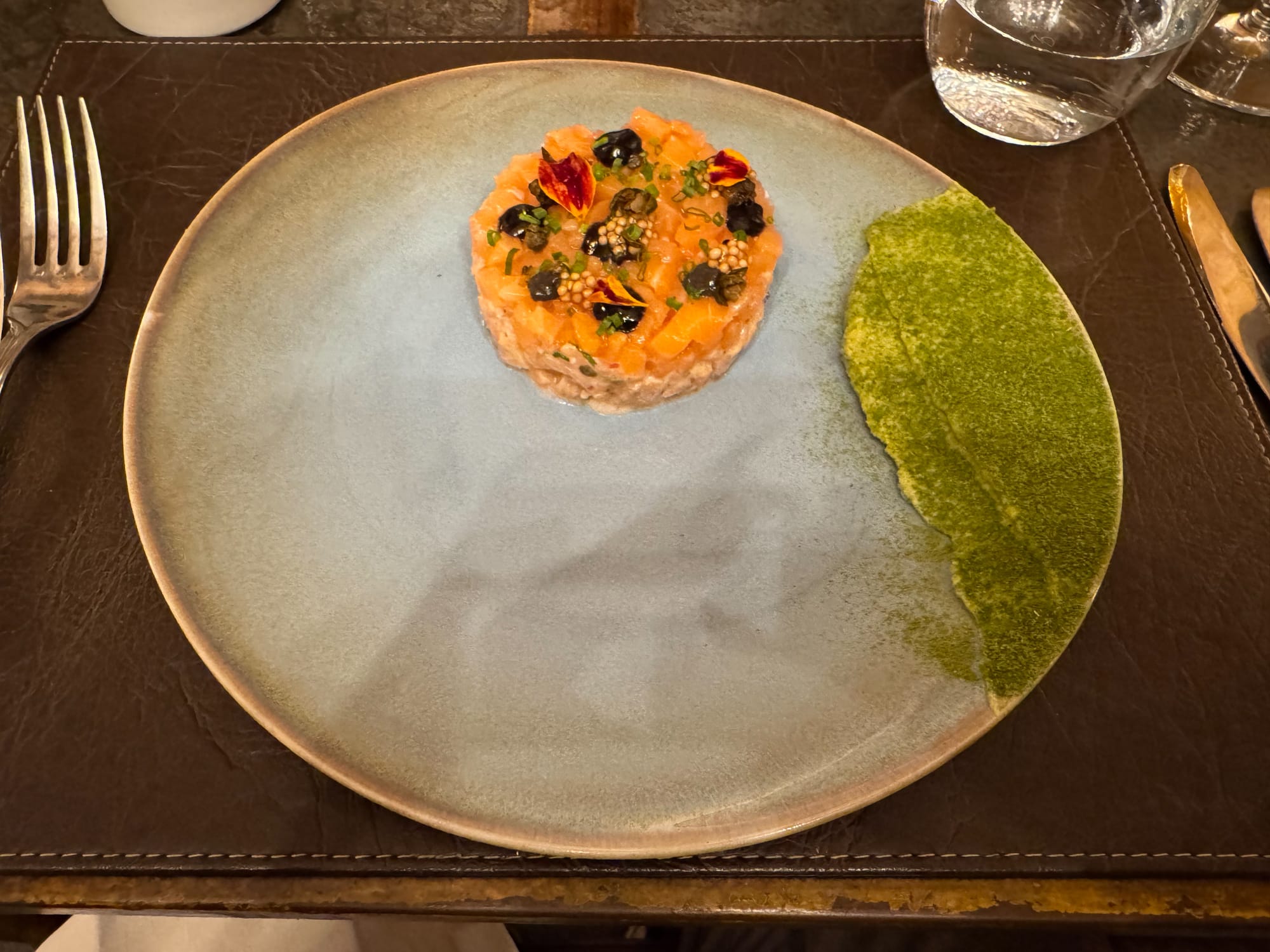

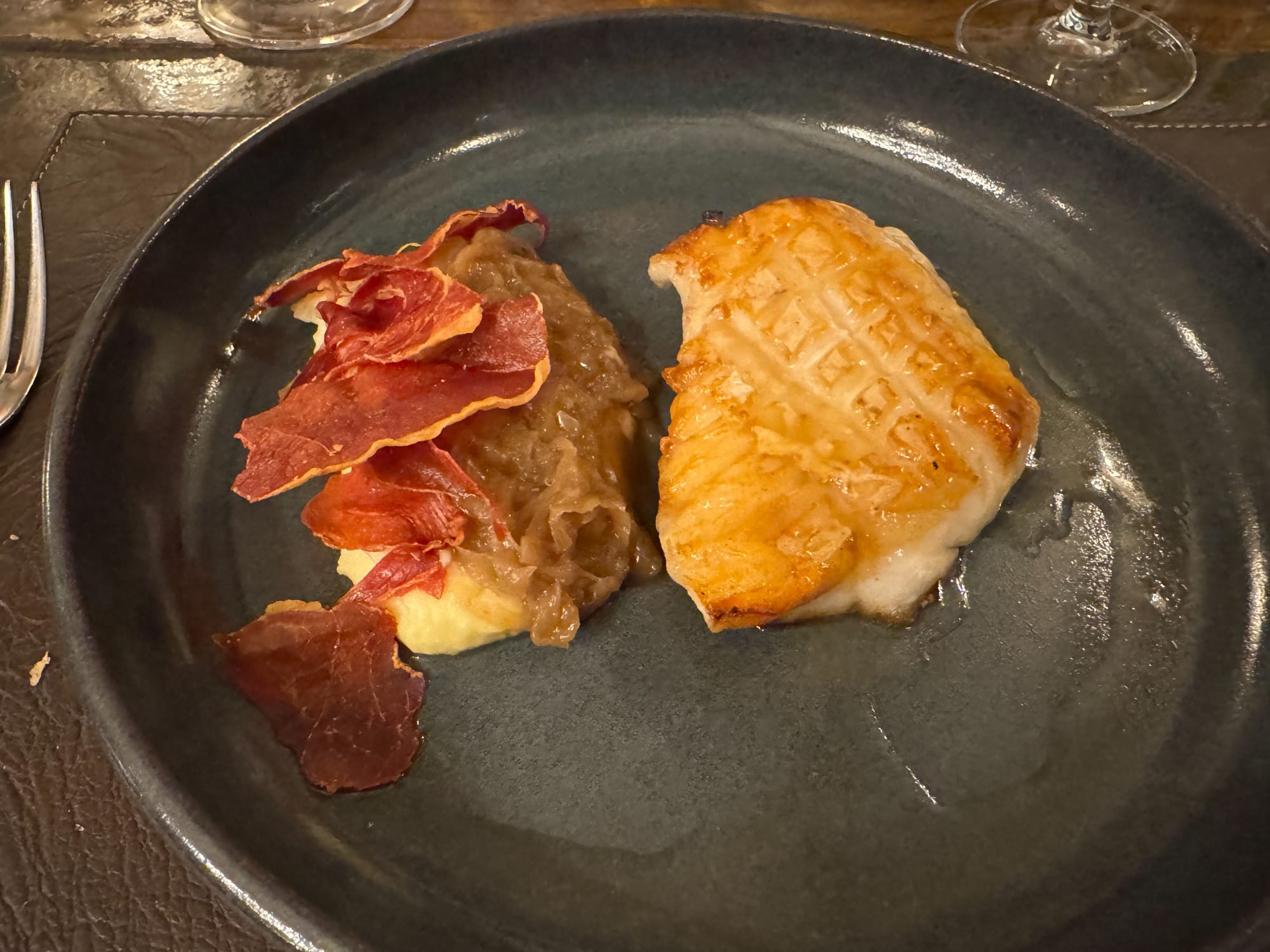


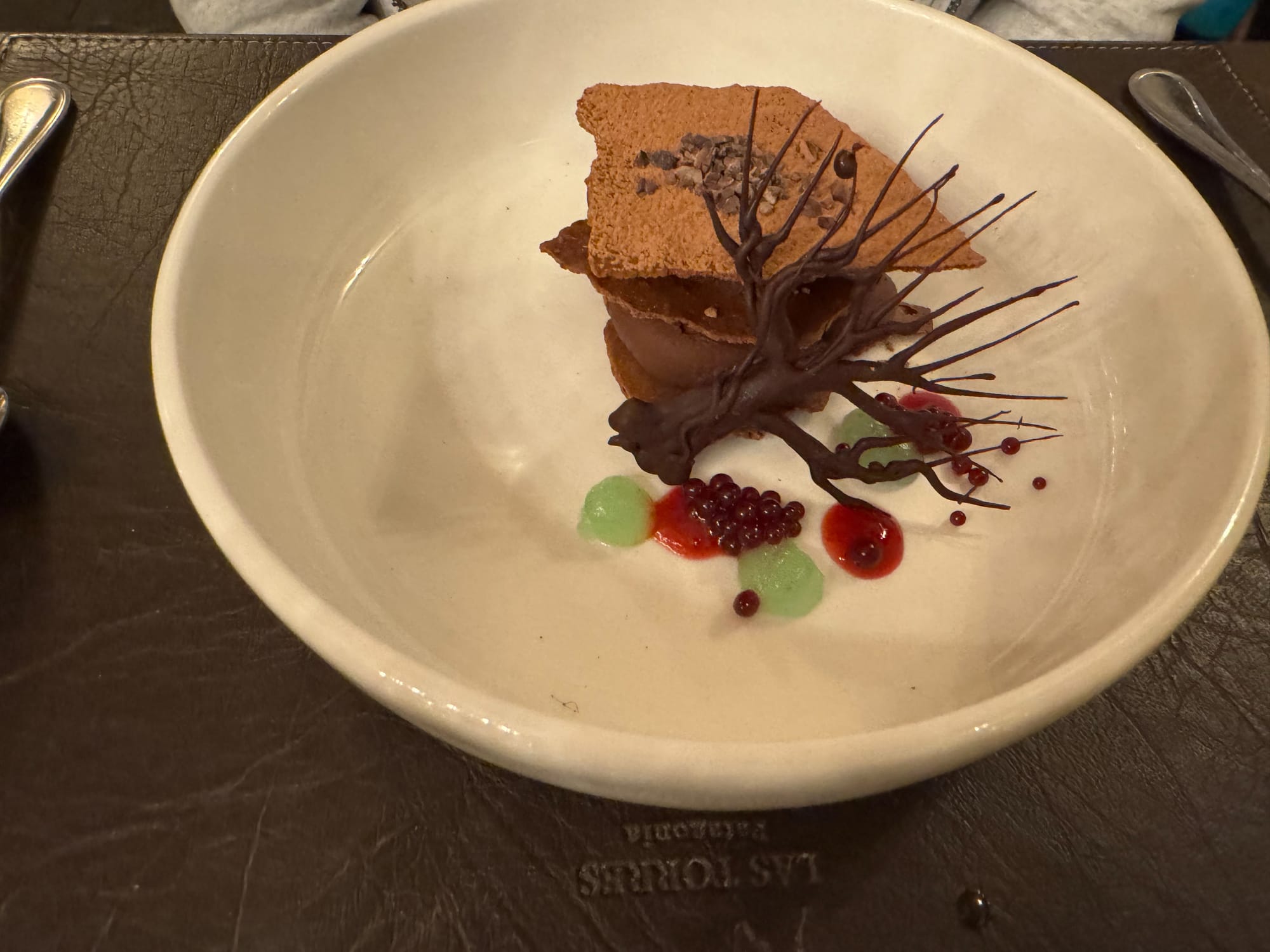
After five nights, our trip had come to an end and I had mixed feelings. I purposefully came on this trip to photograph pumas in their native environment. Coming home empty handed was a let down. I completely understand that nature does what it wants to and luck is often a factor. I will never go to a zoo to photograph animals, so it looks like a return trip will be needed to accomplish this goal.
On the positive side, my wife and I had a great time, the weather was as good as it could have been, and we saw so many new, amazing things. On our trip back home, I got a picture in the airport of a Chile sign and I even got a picture of a glacier from the plane.

